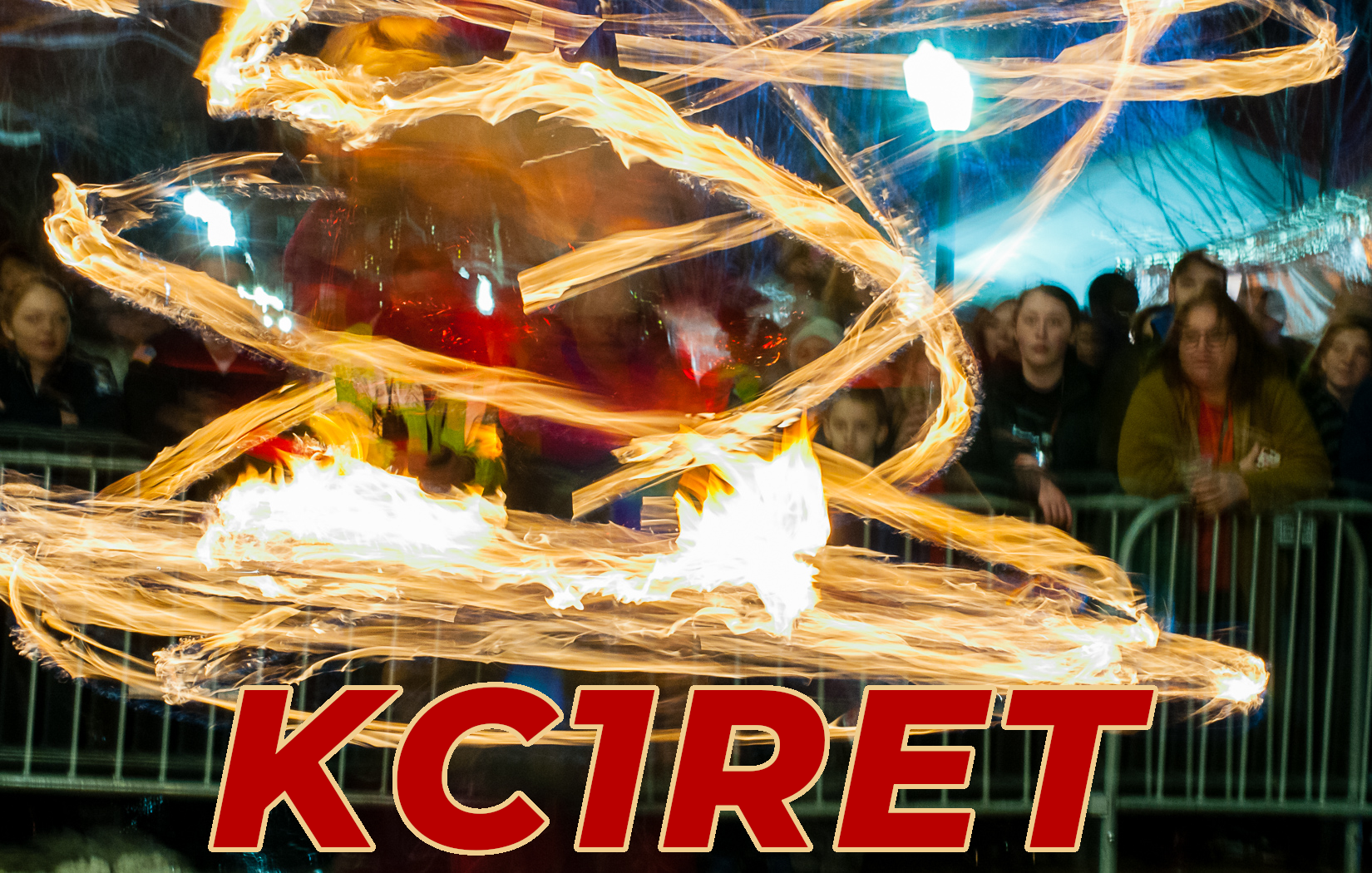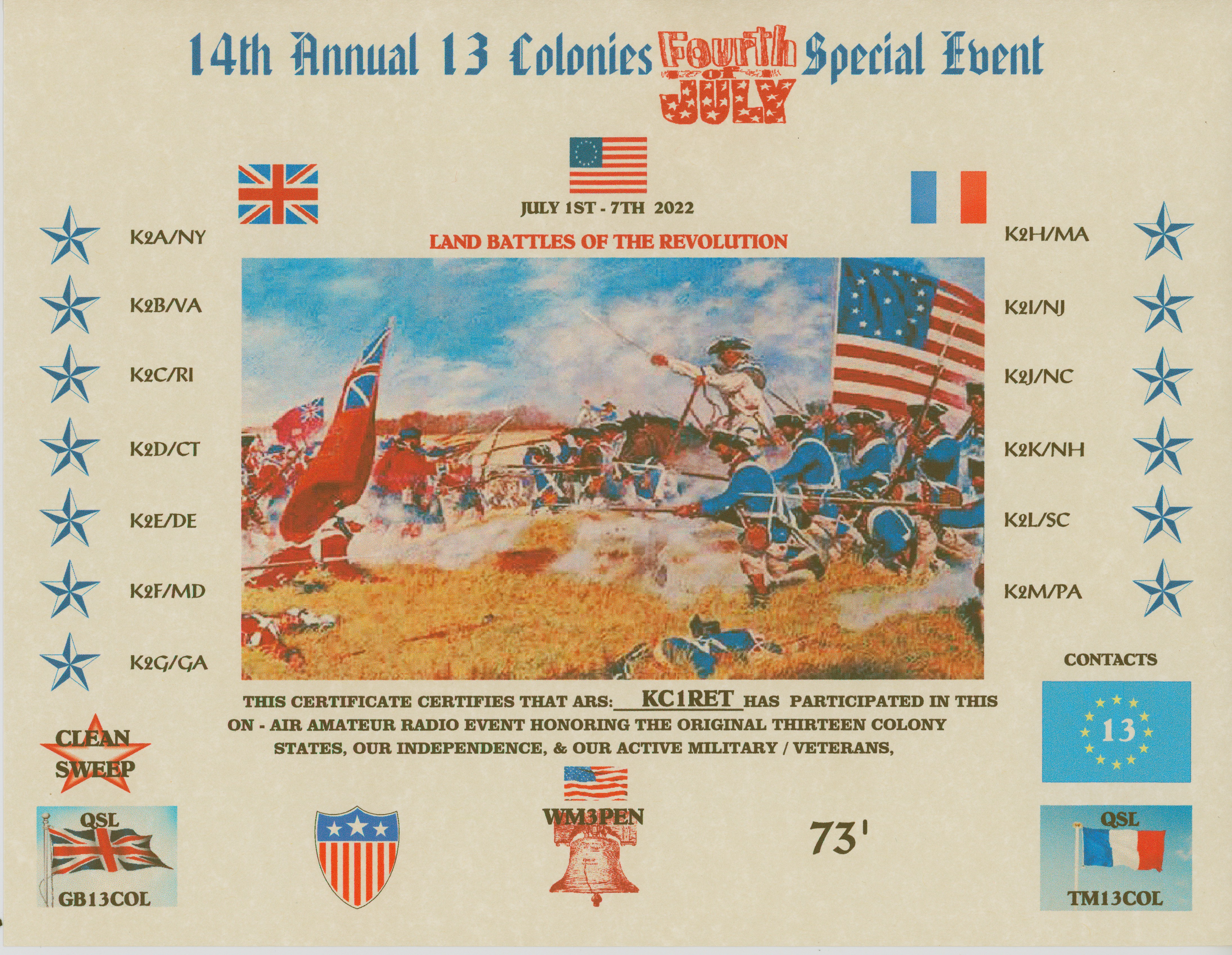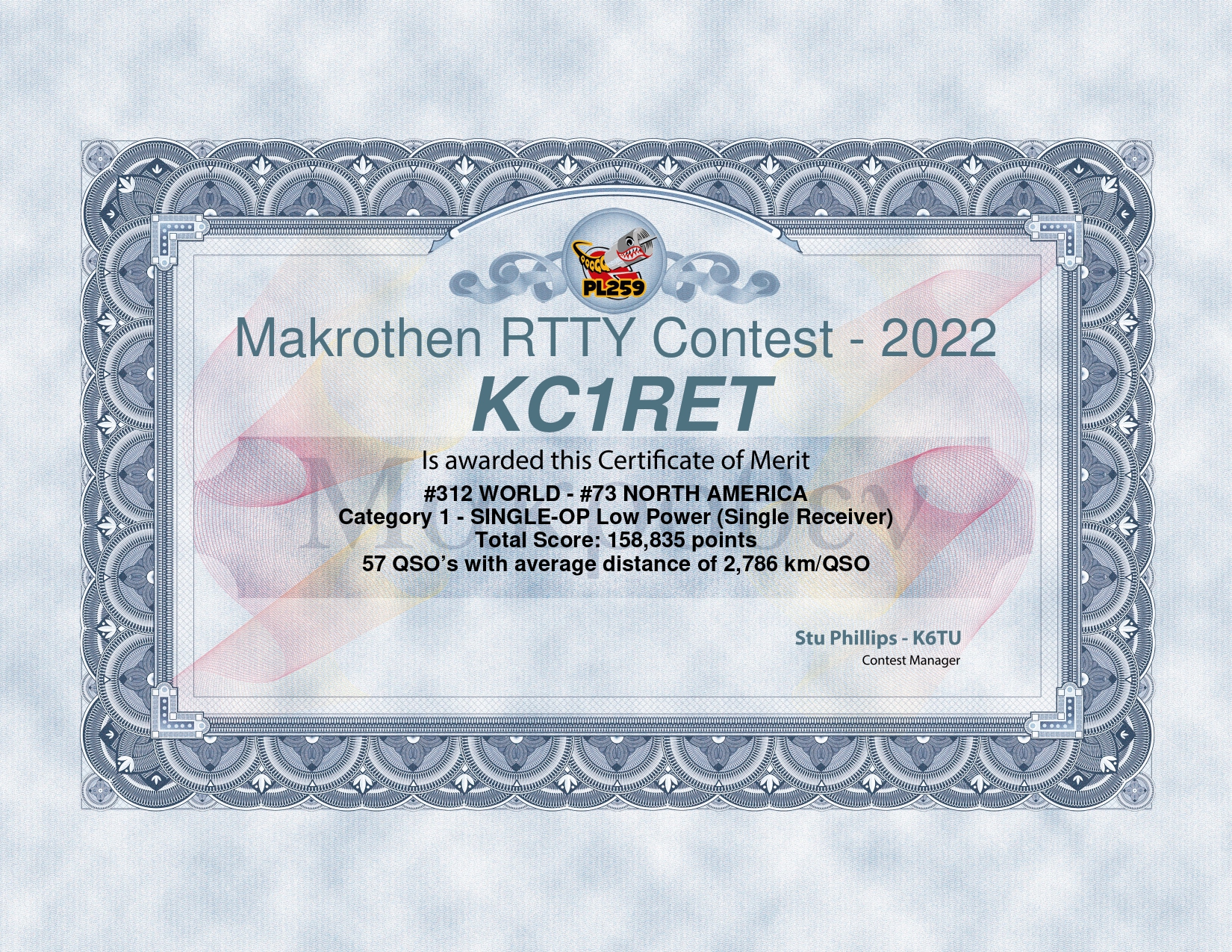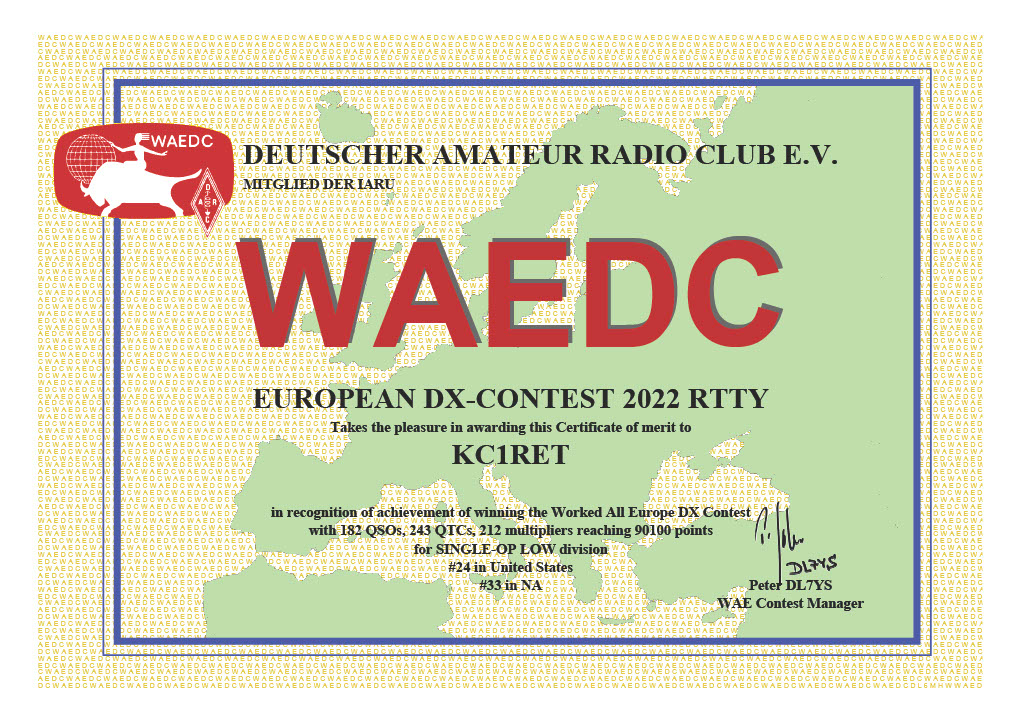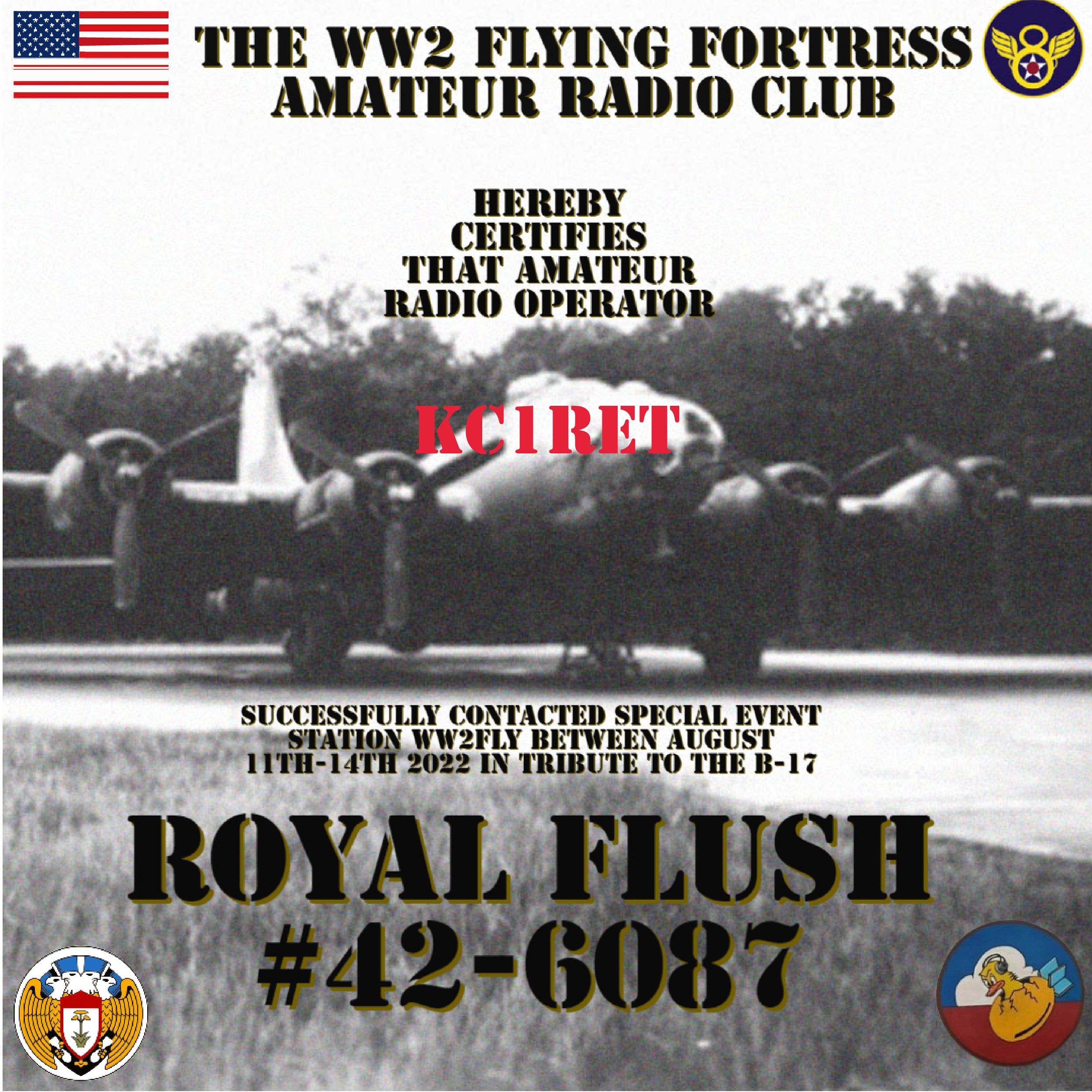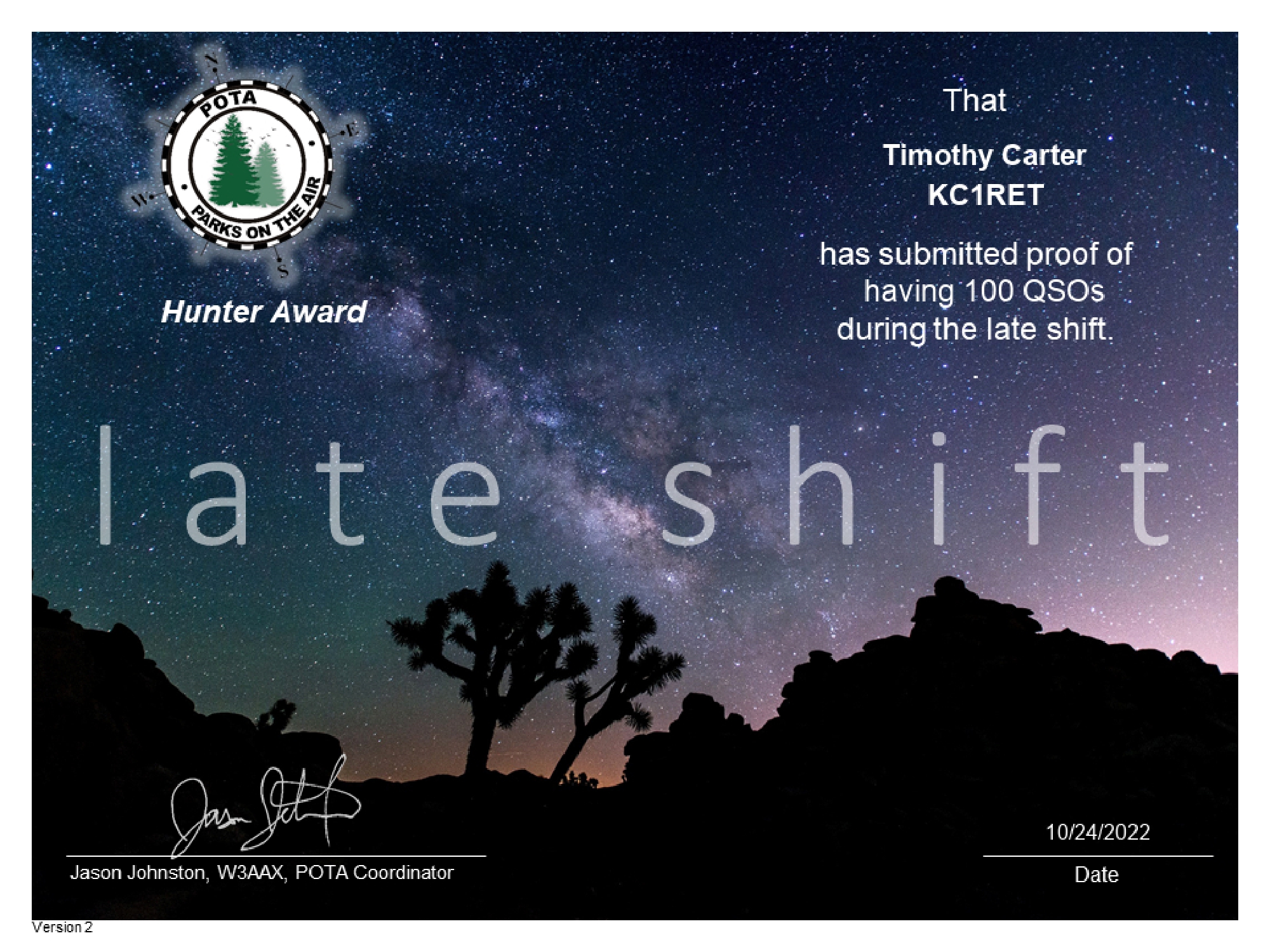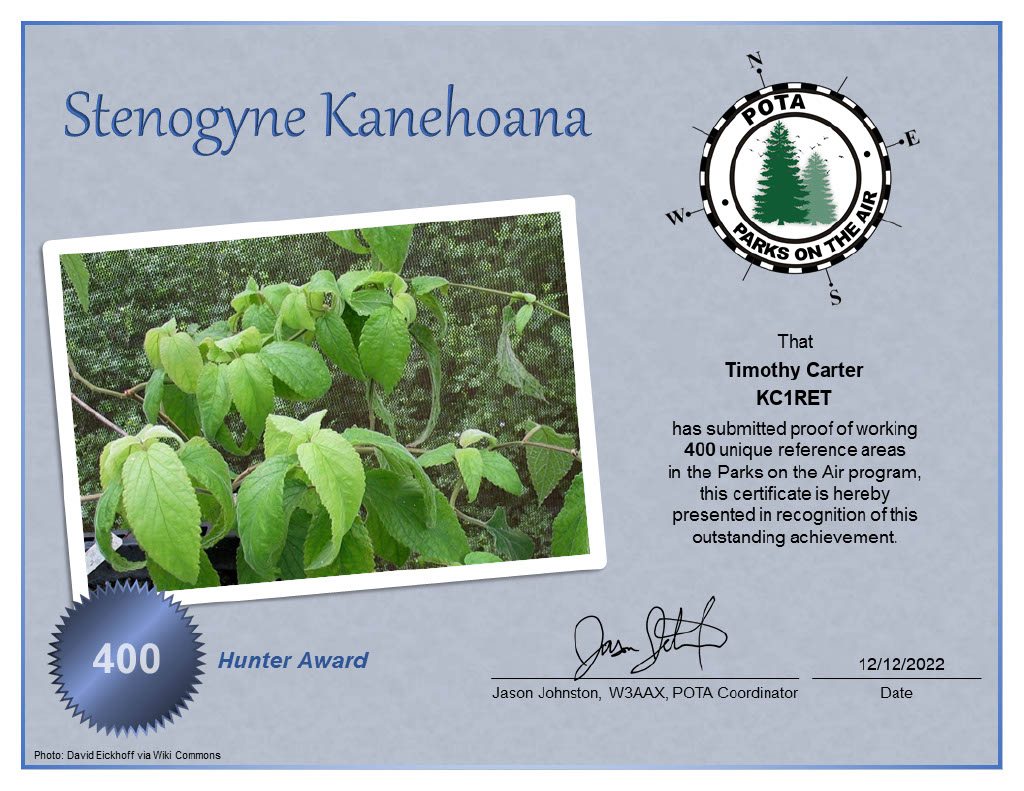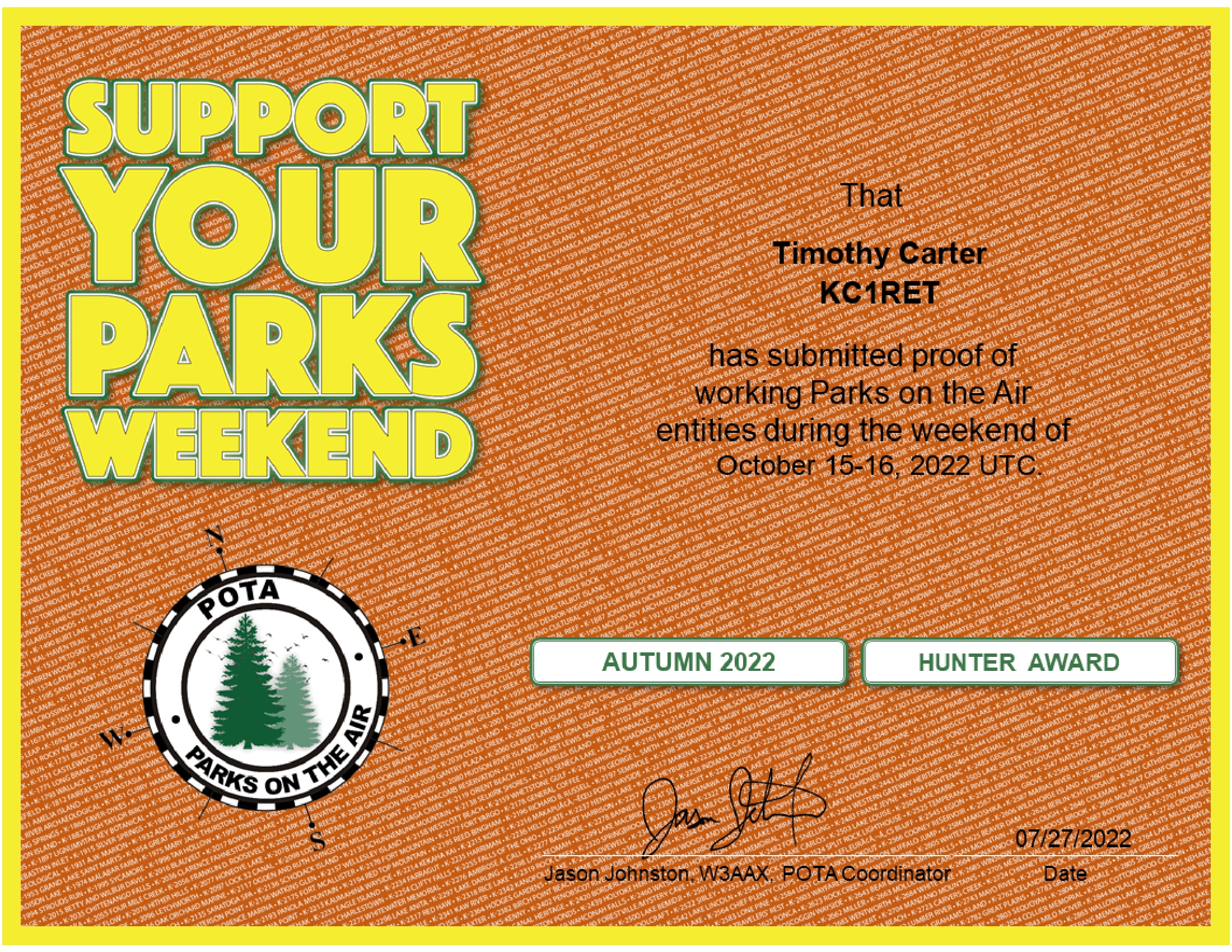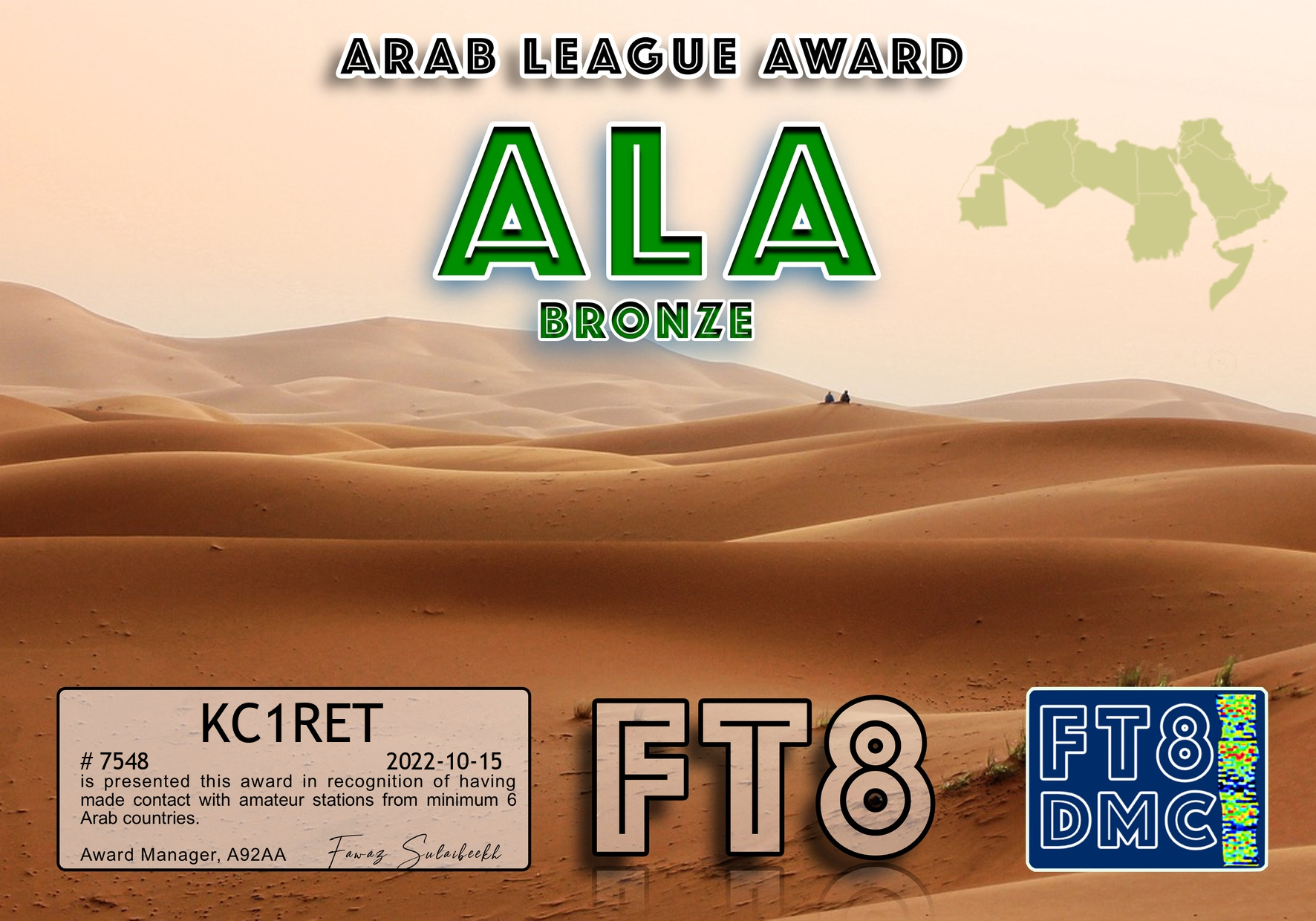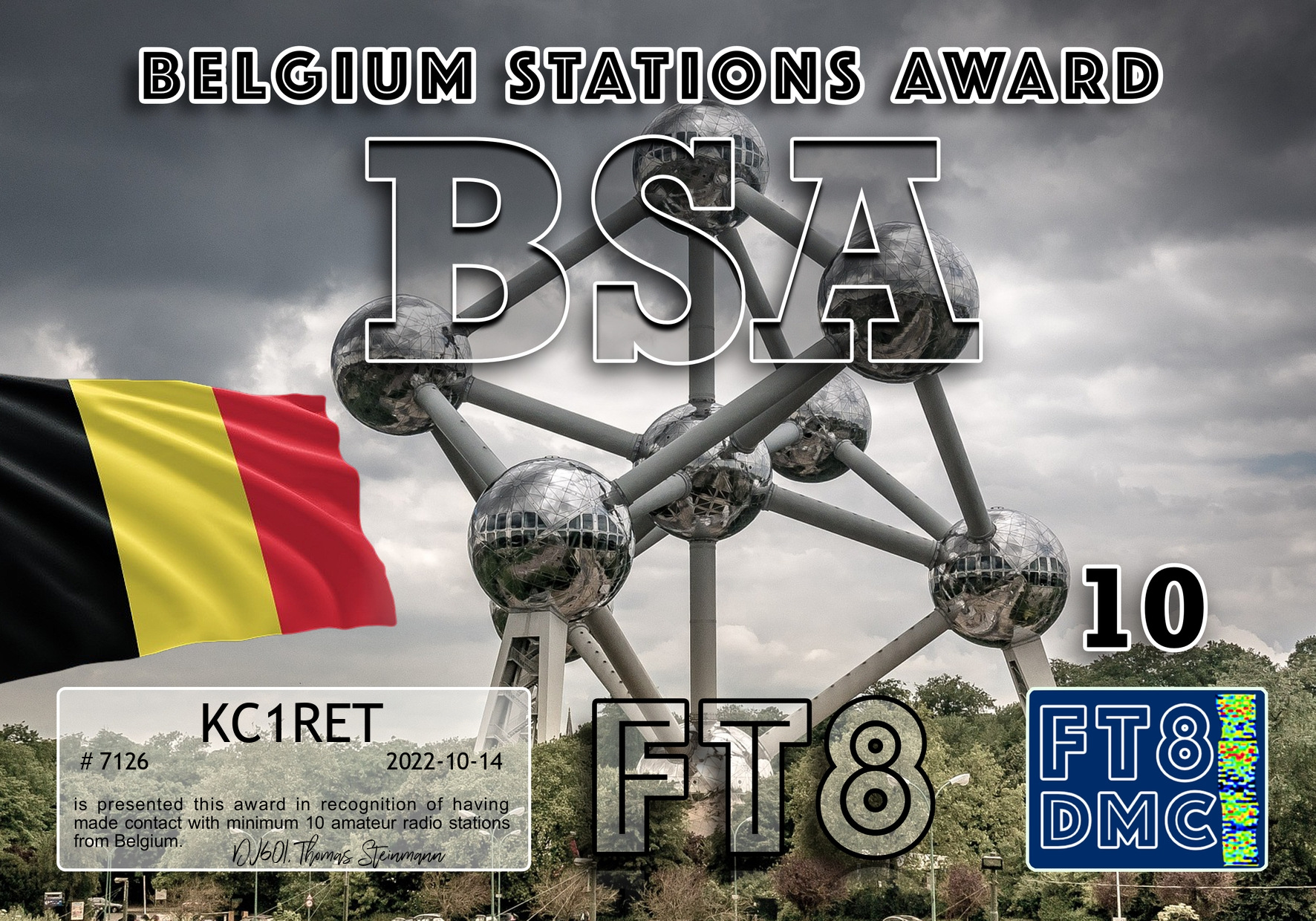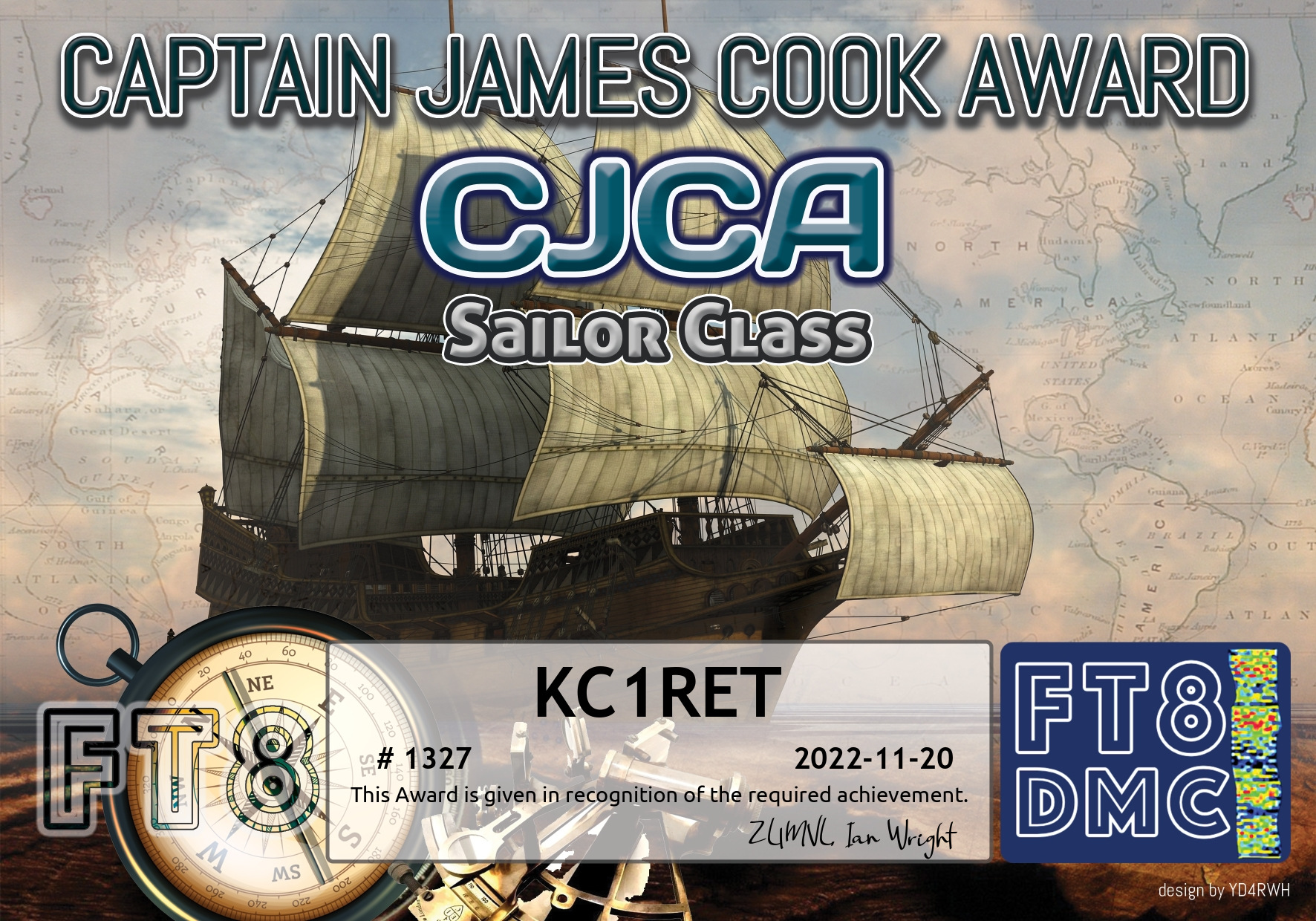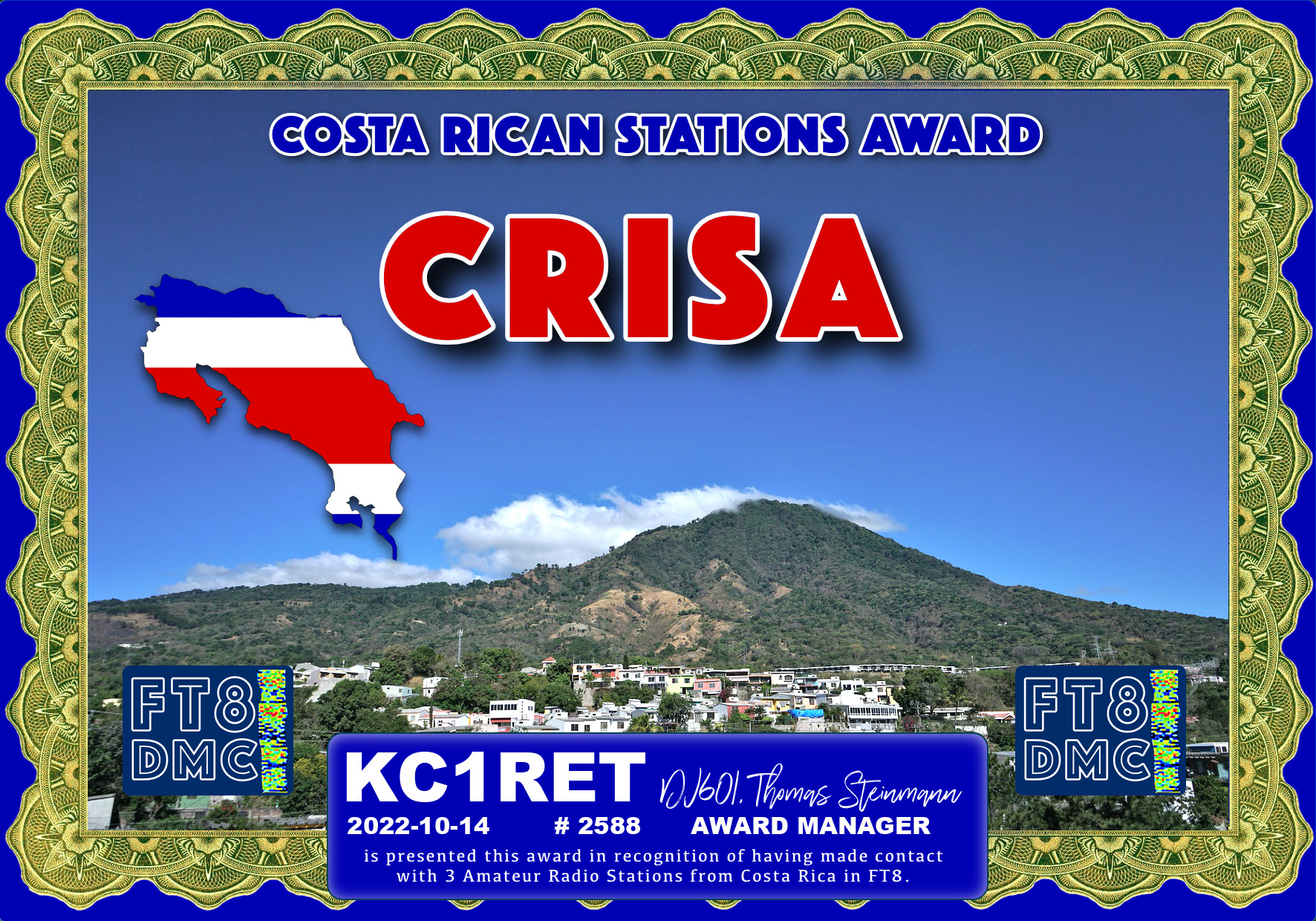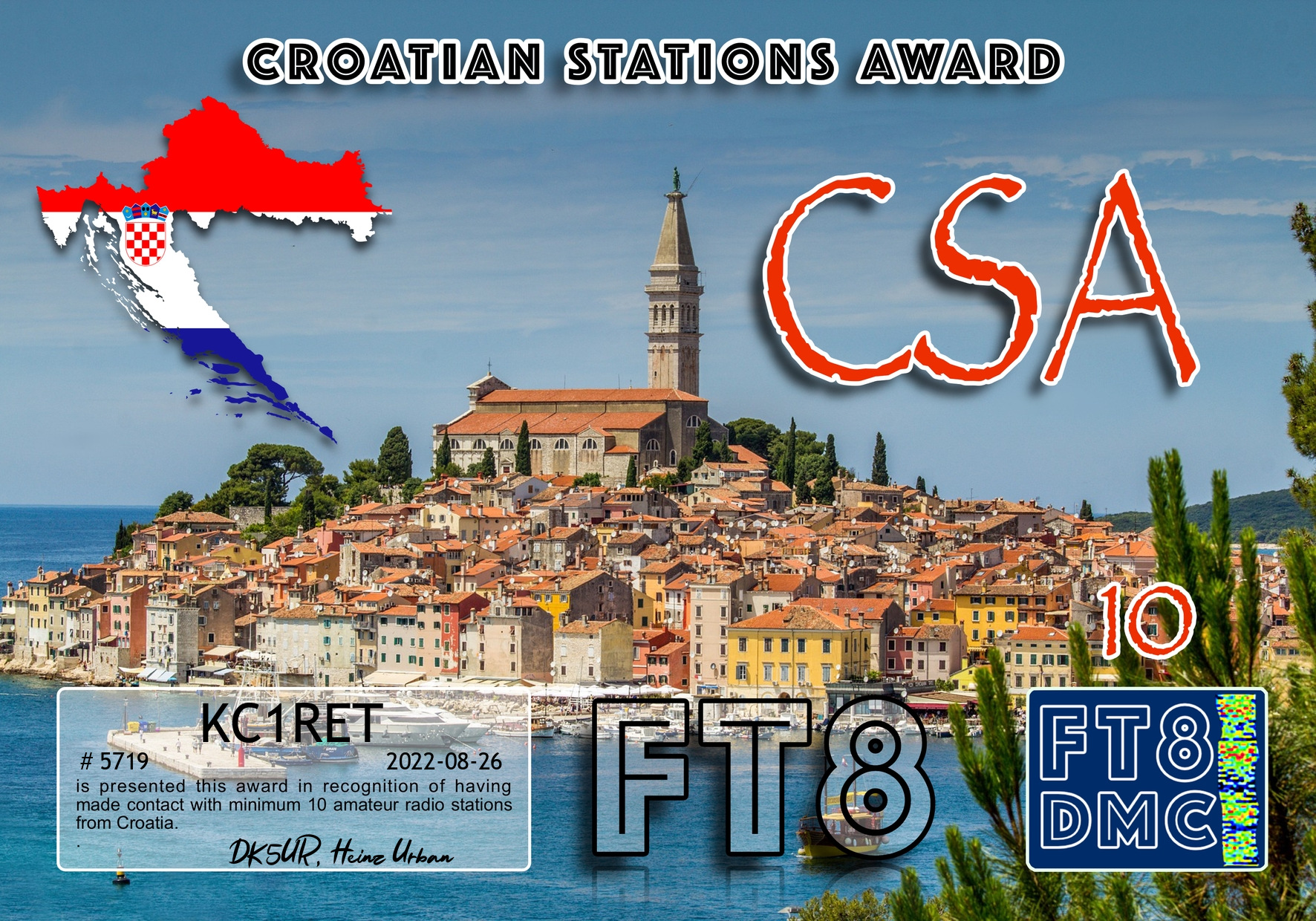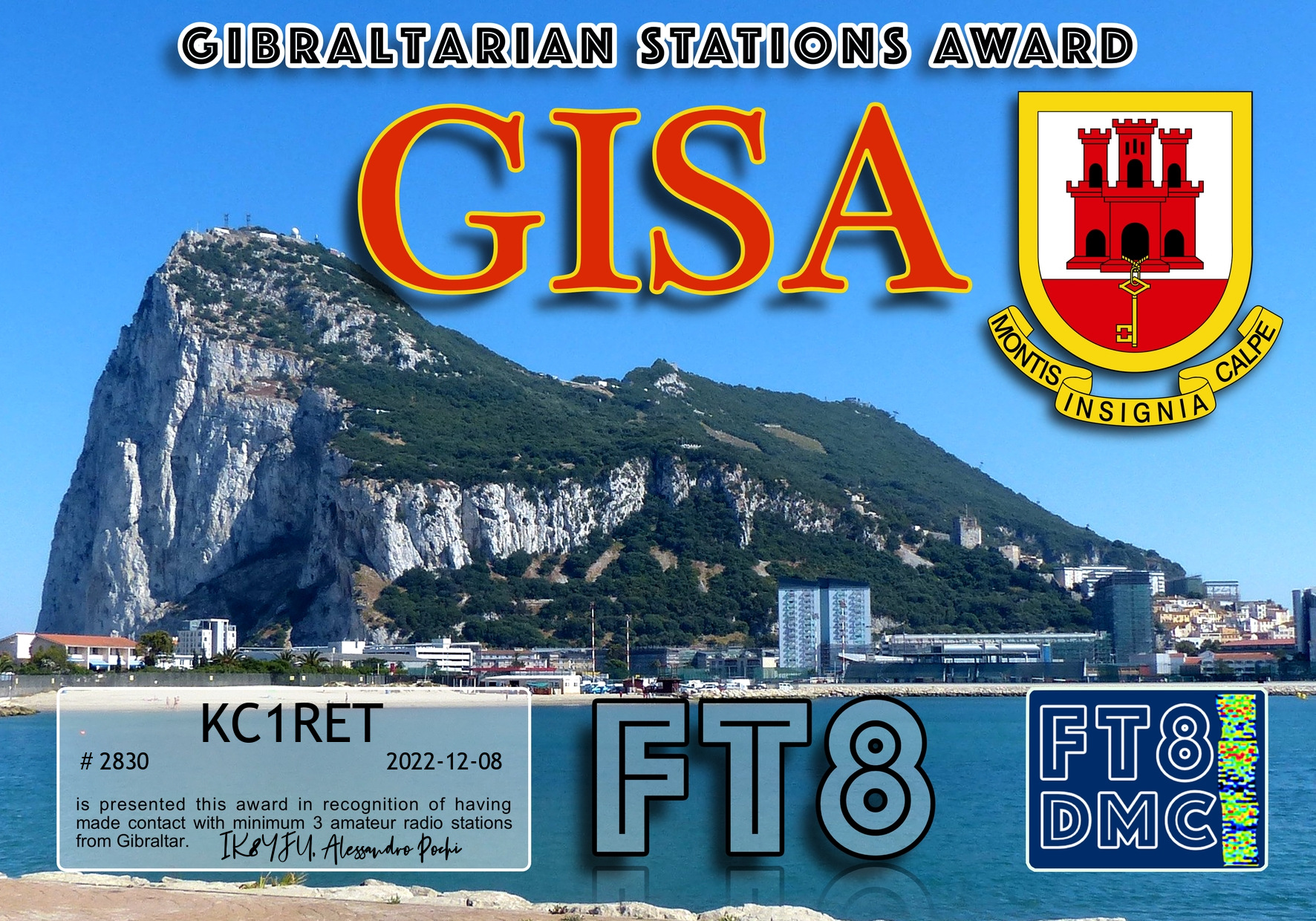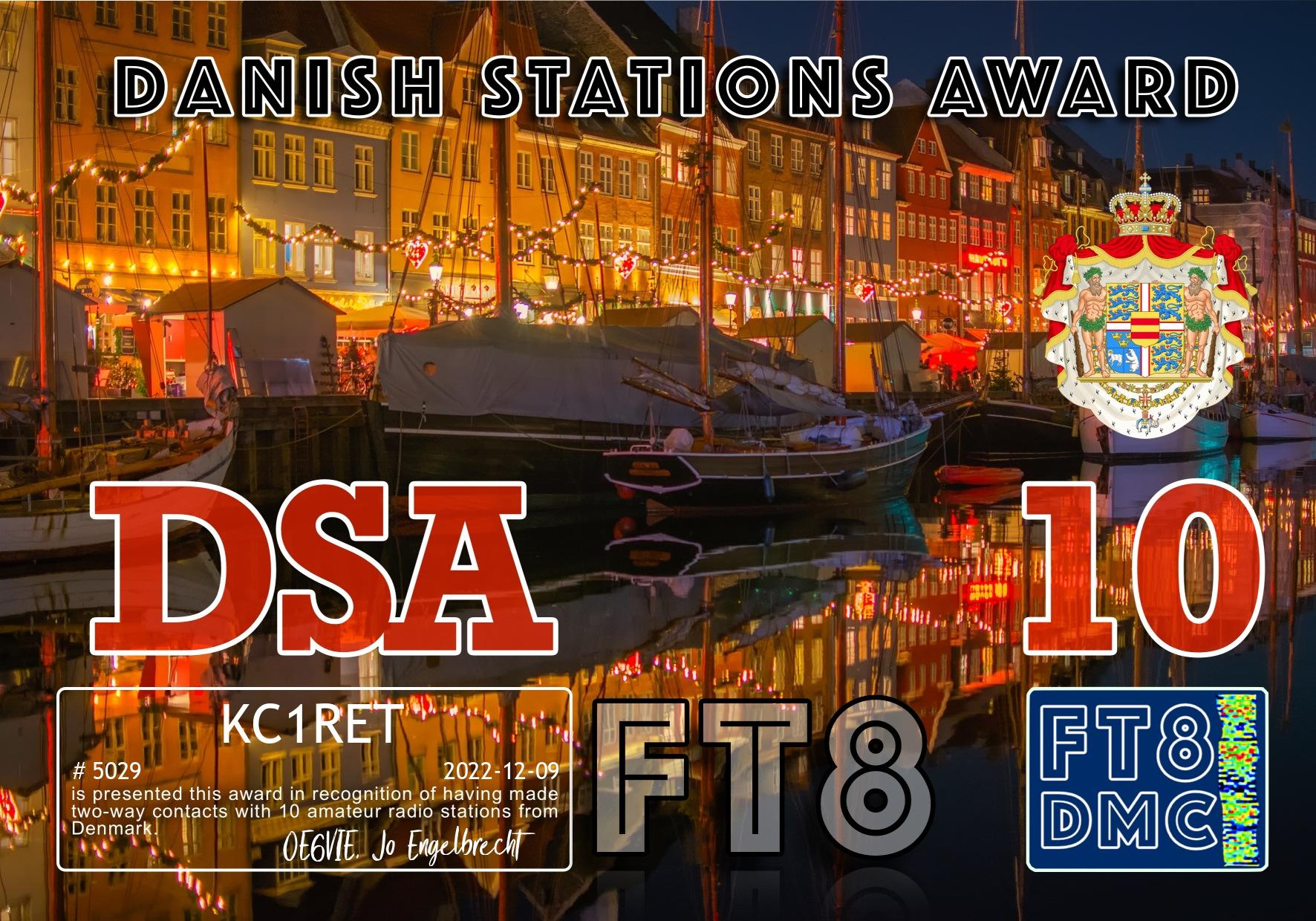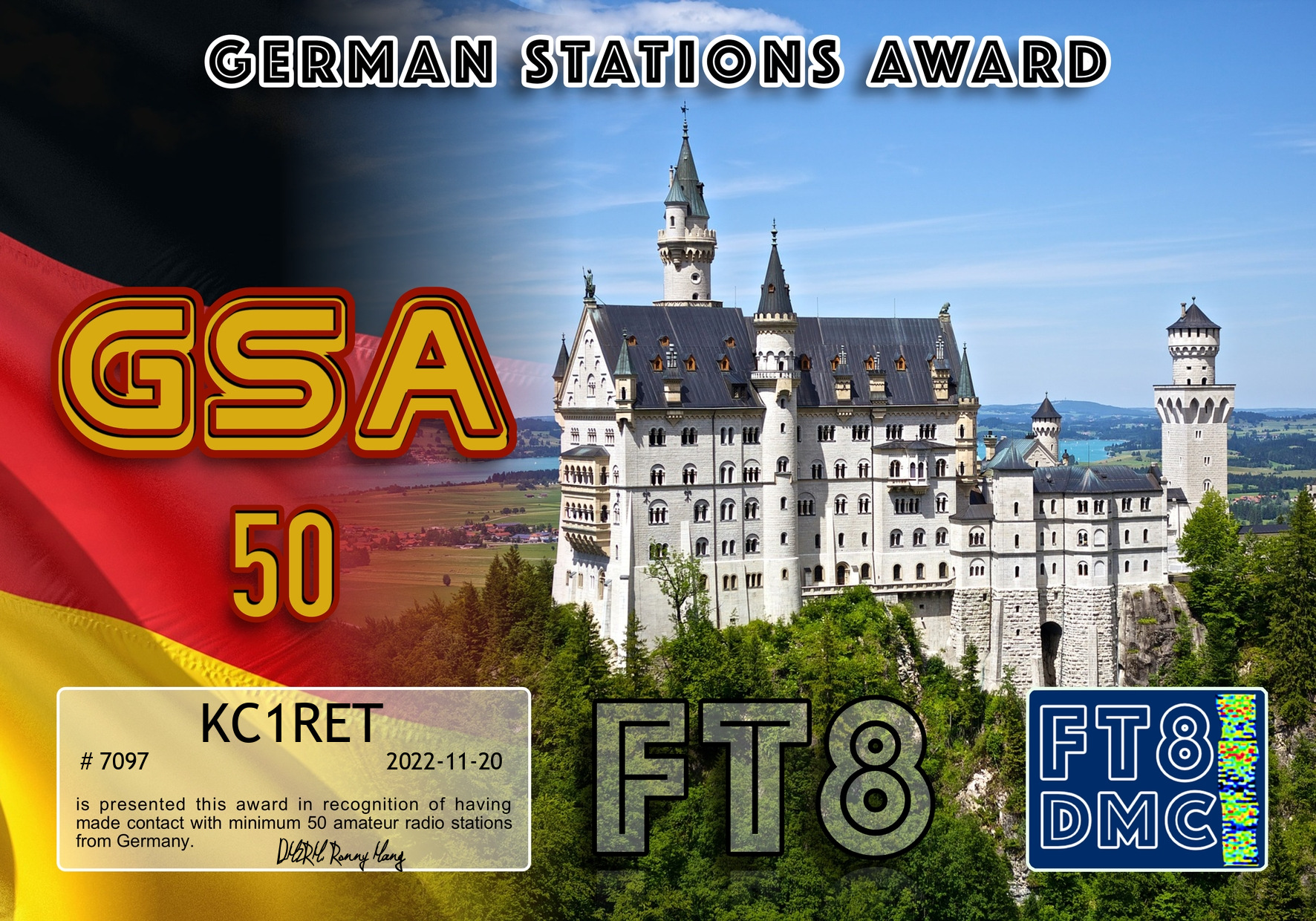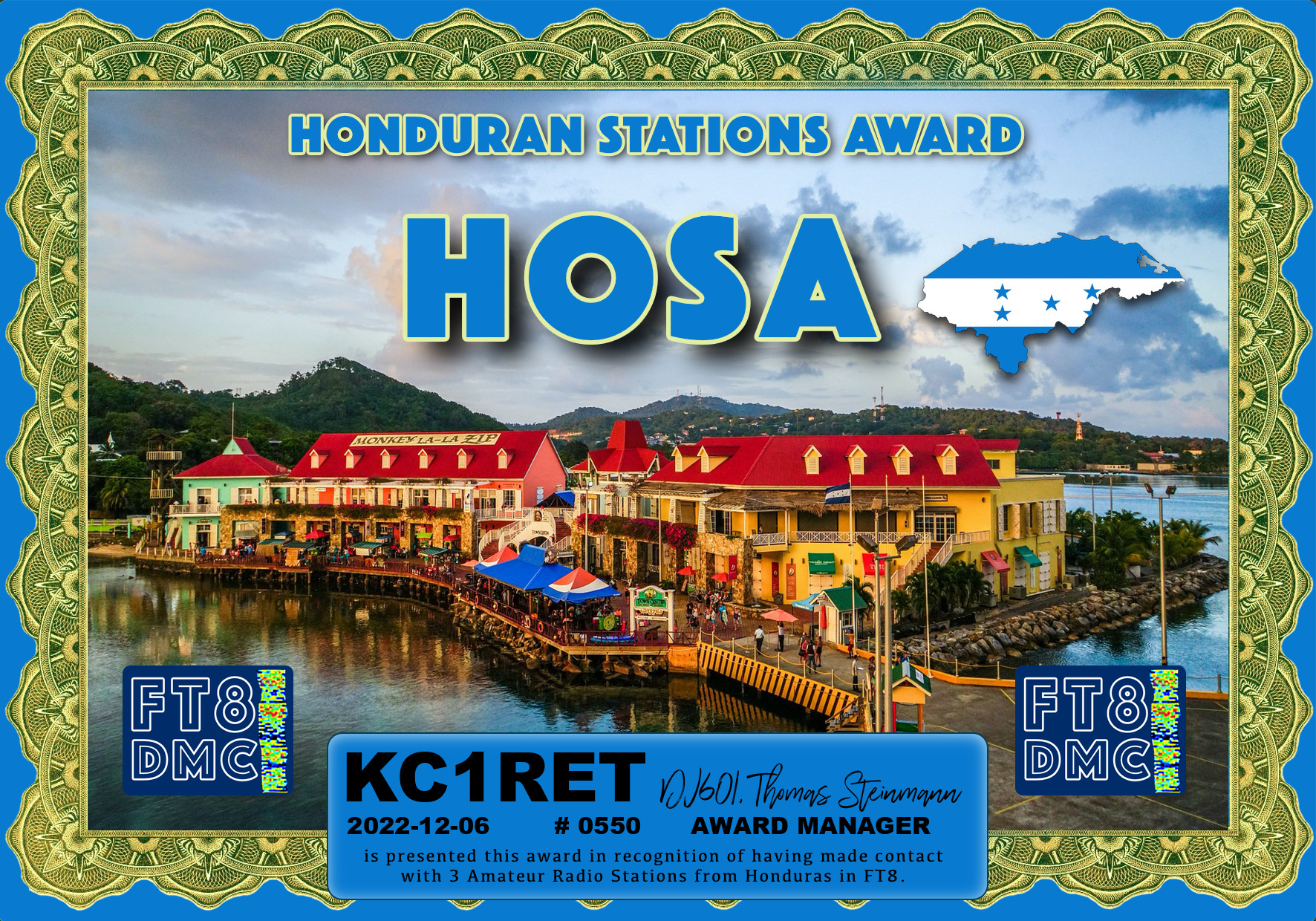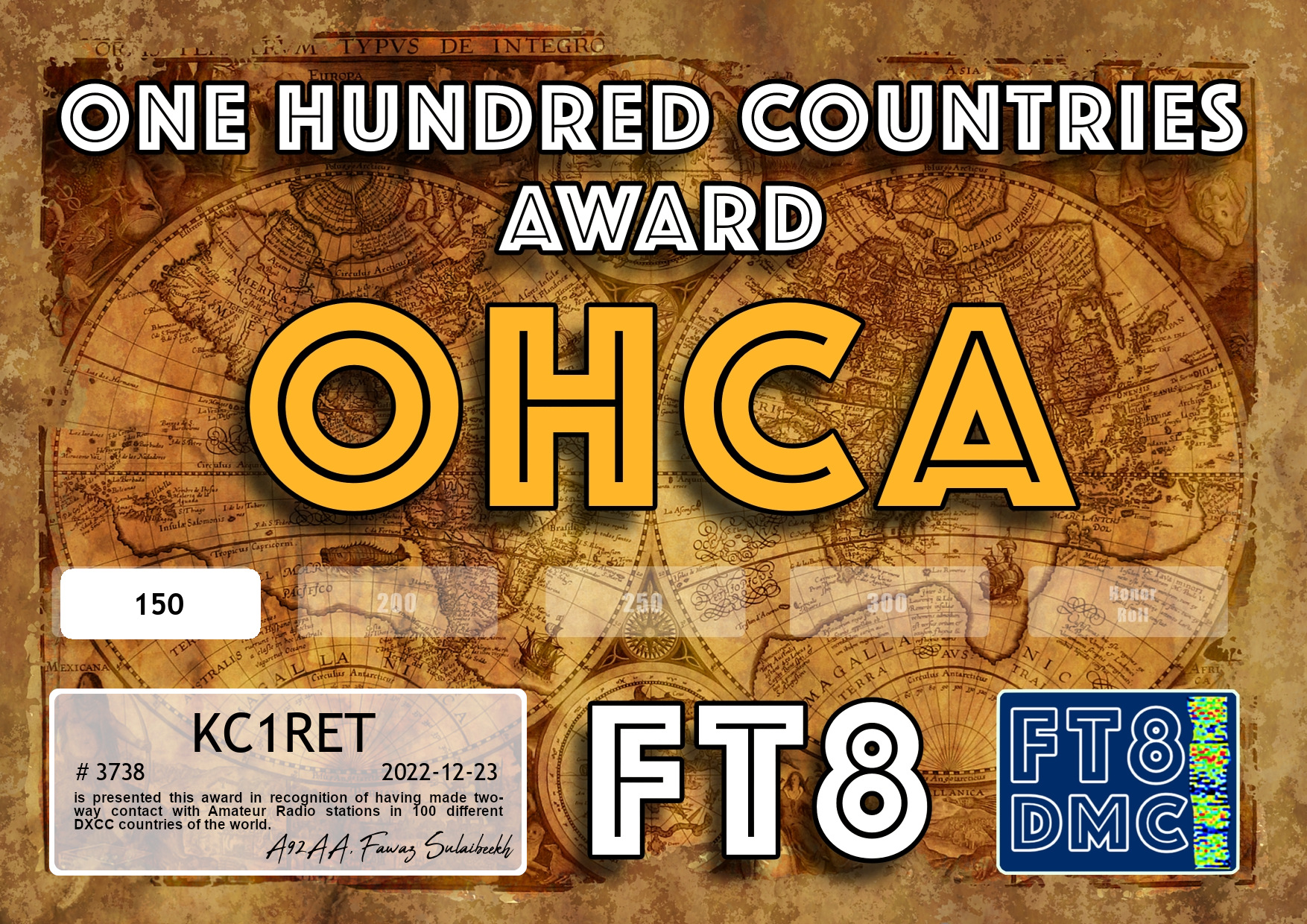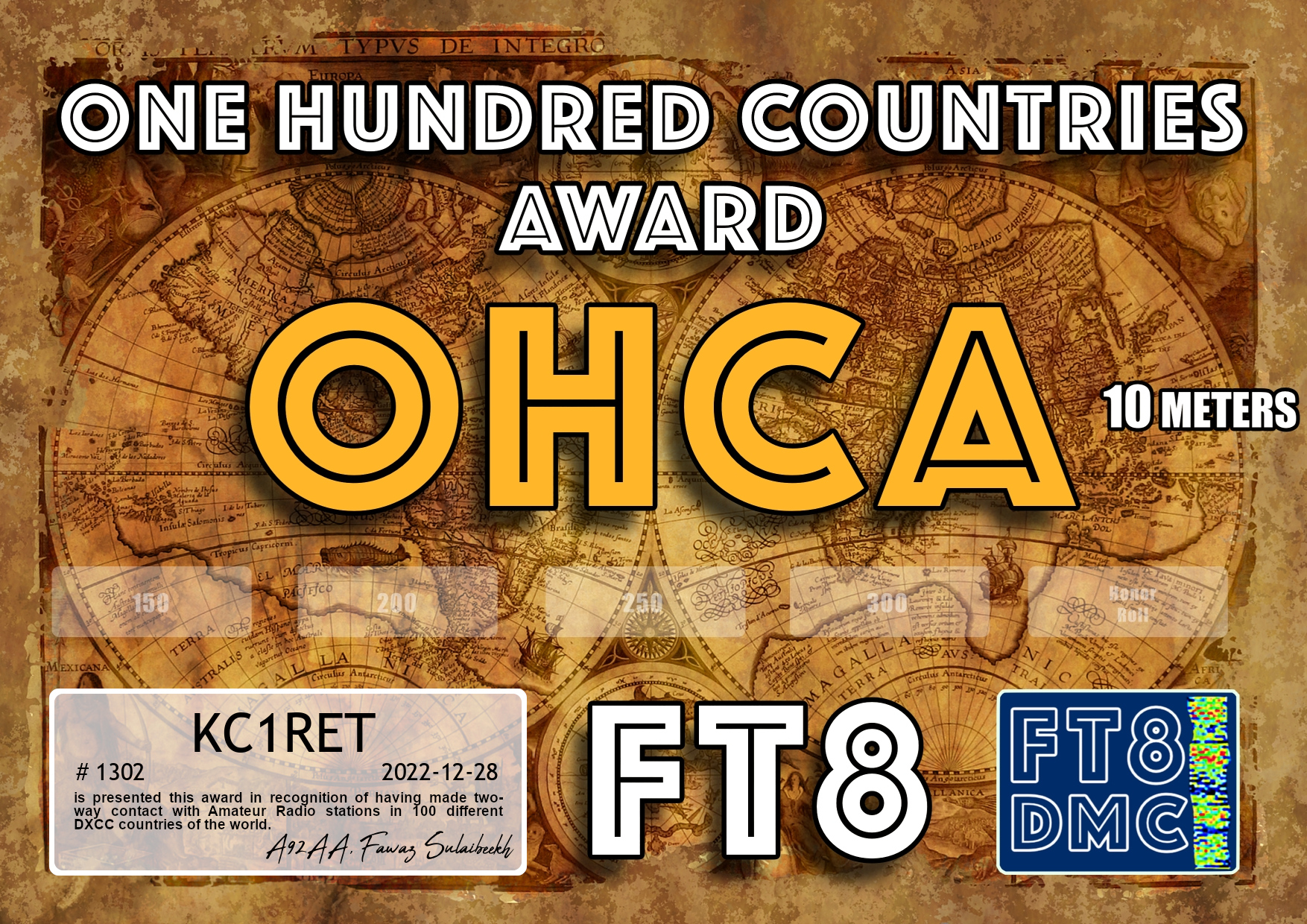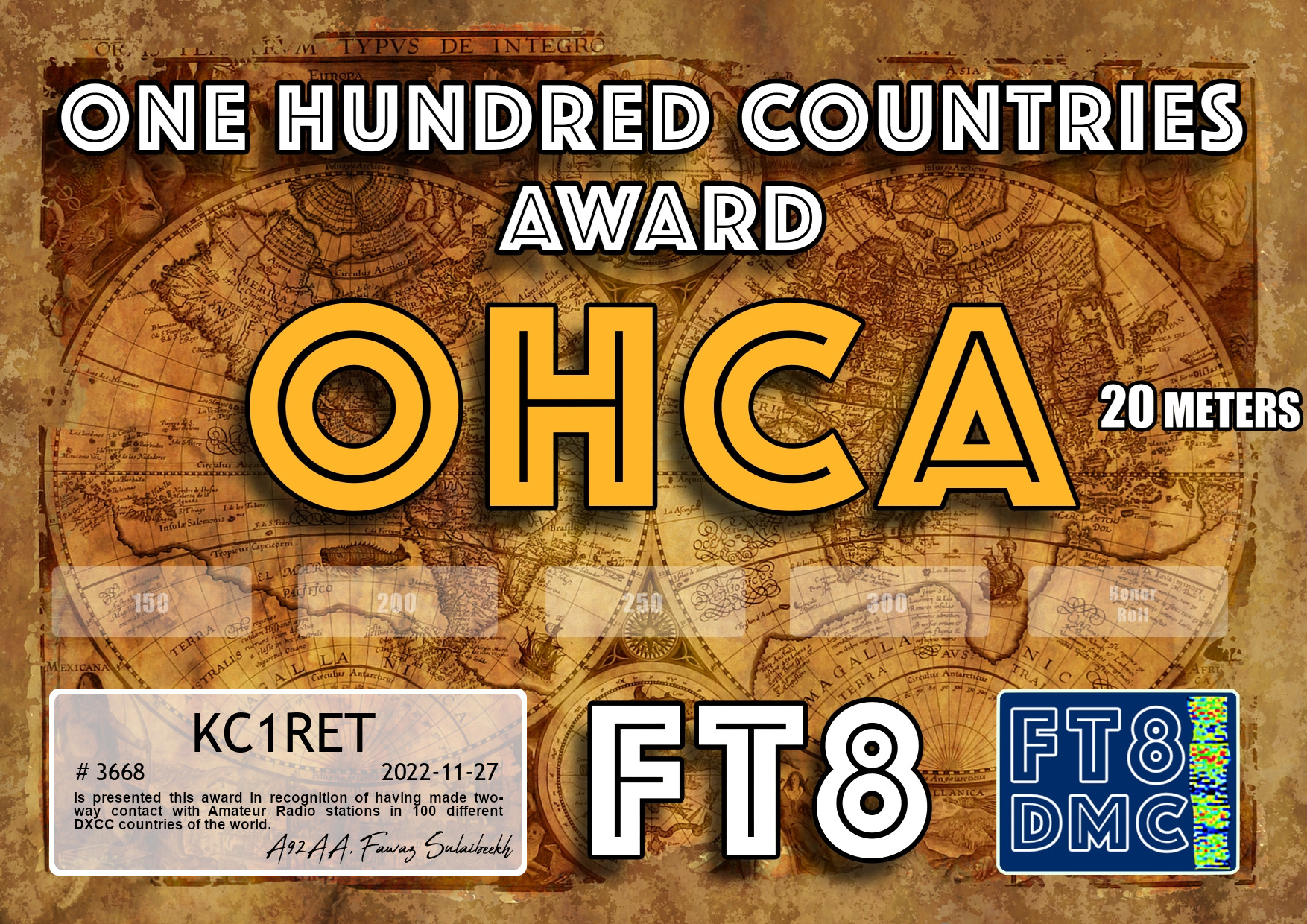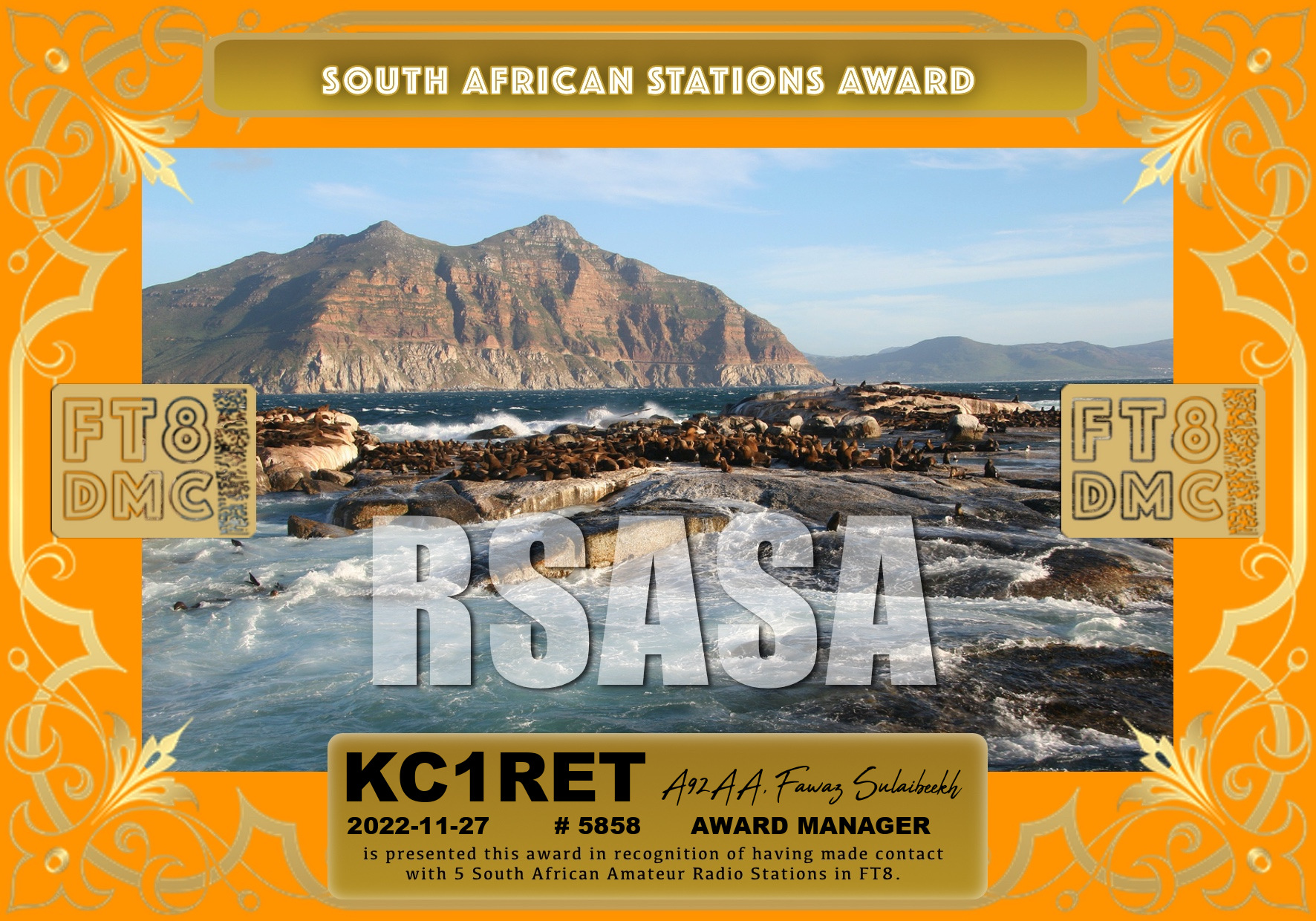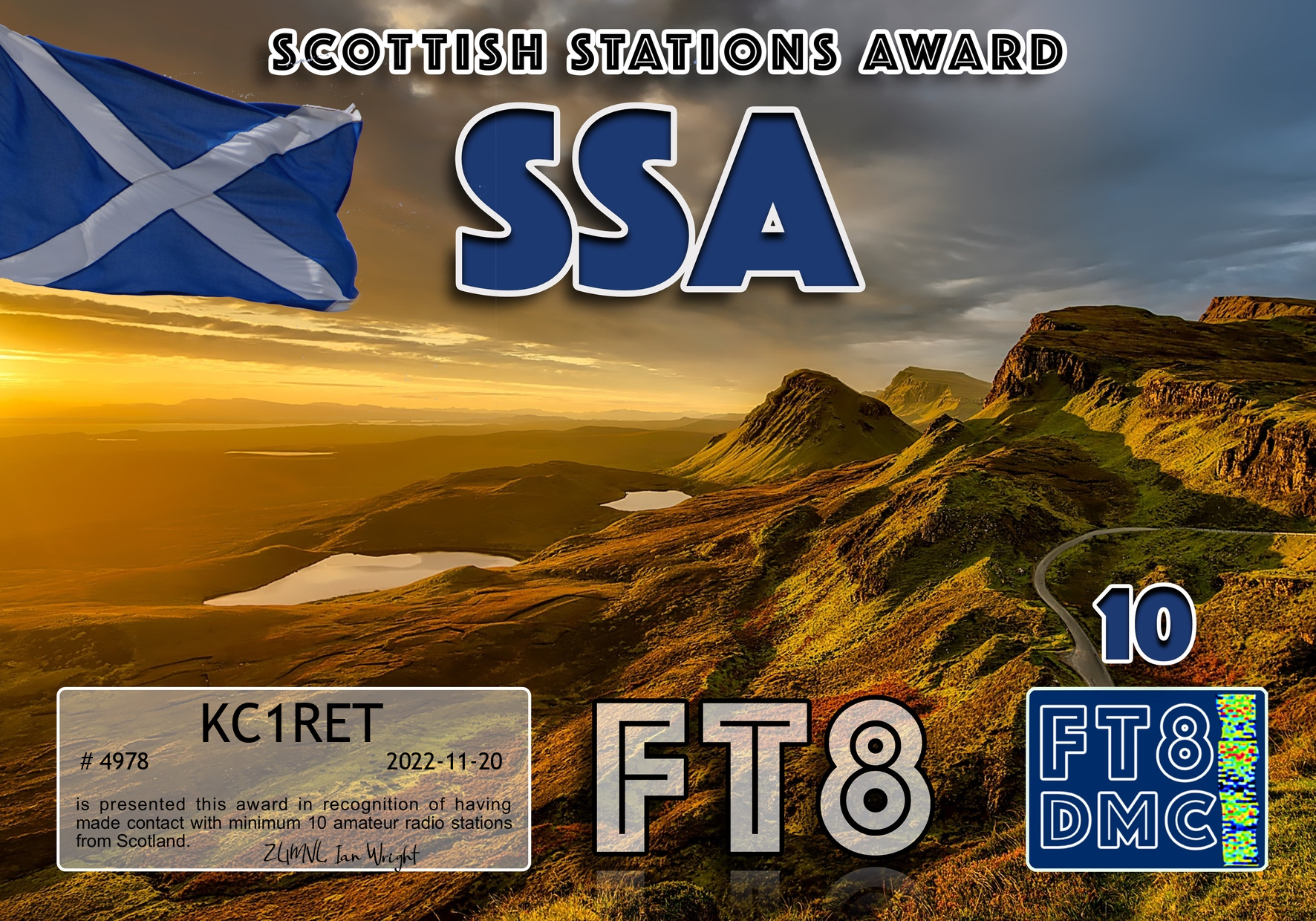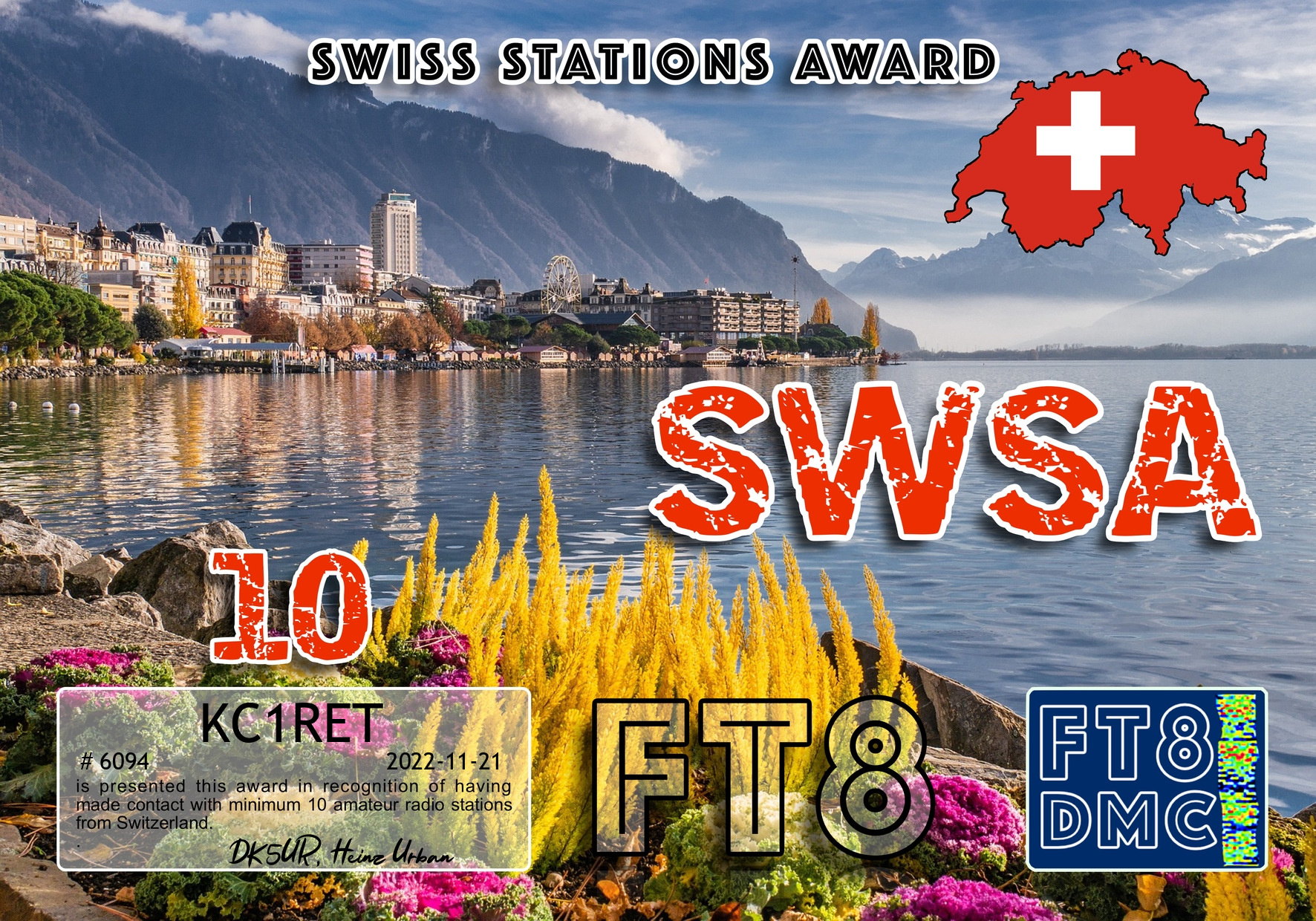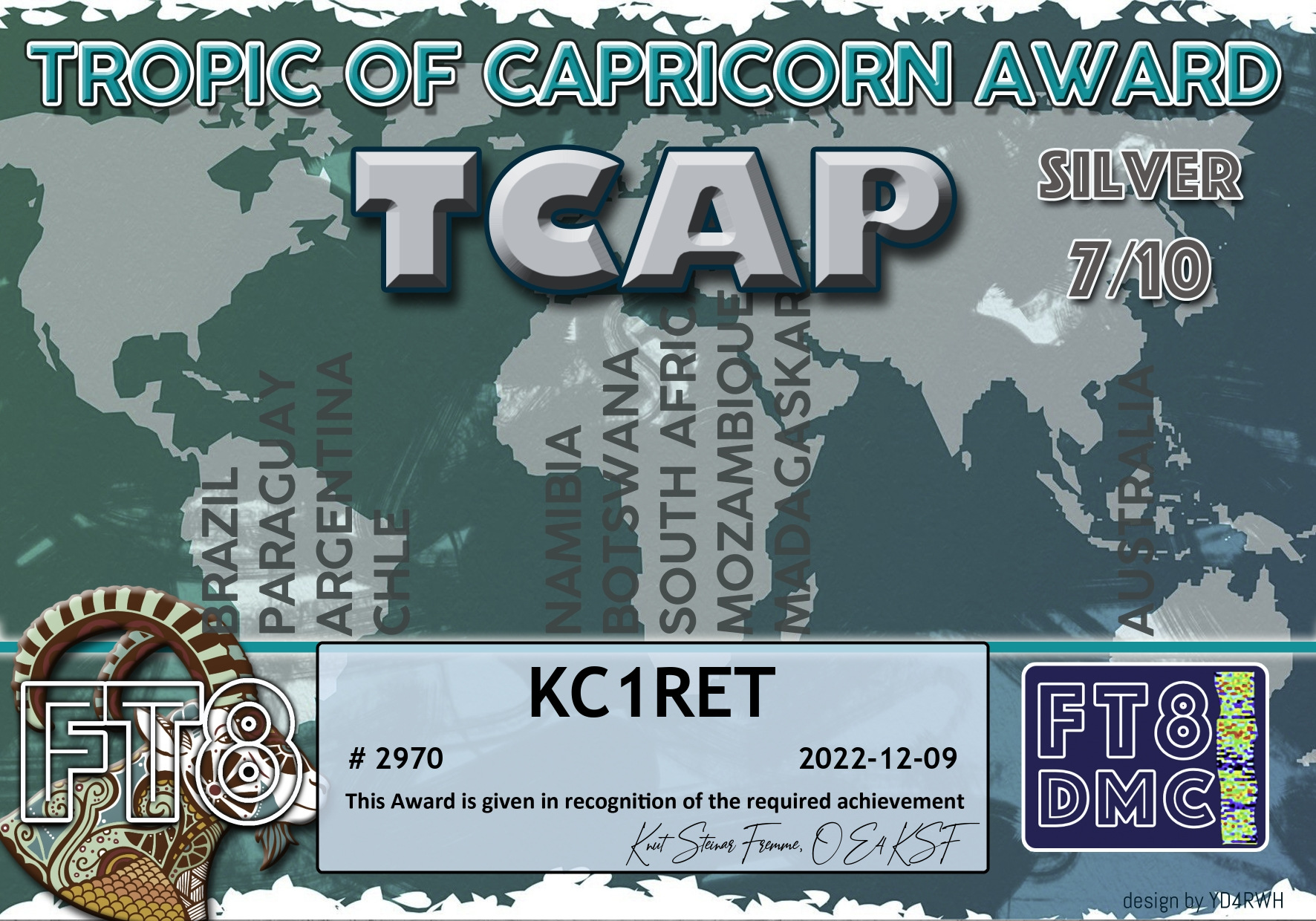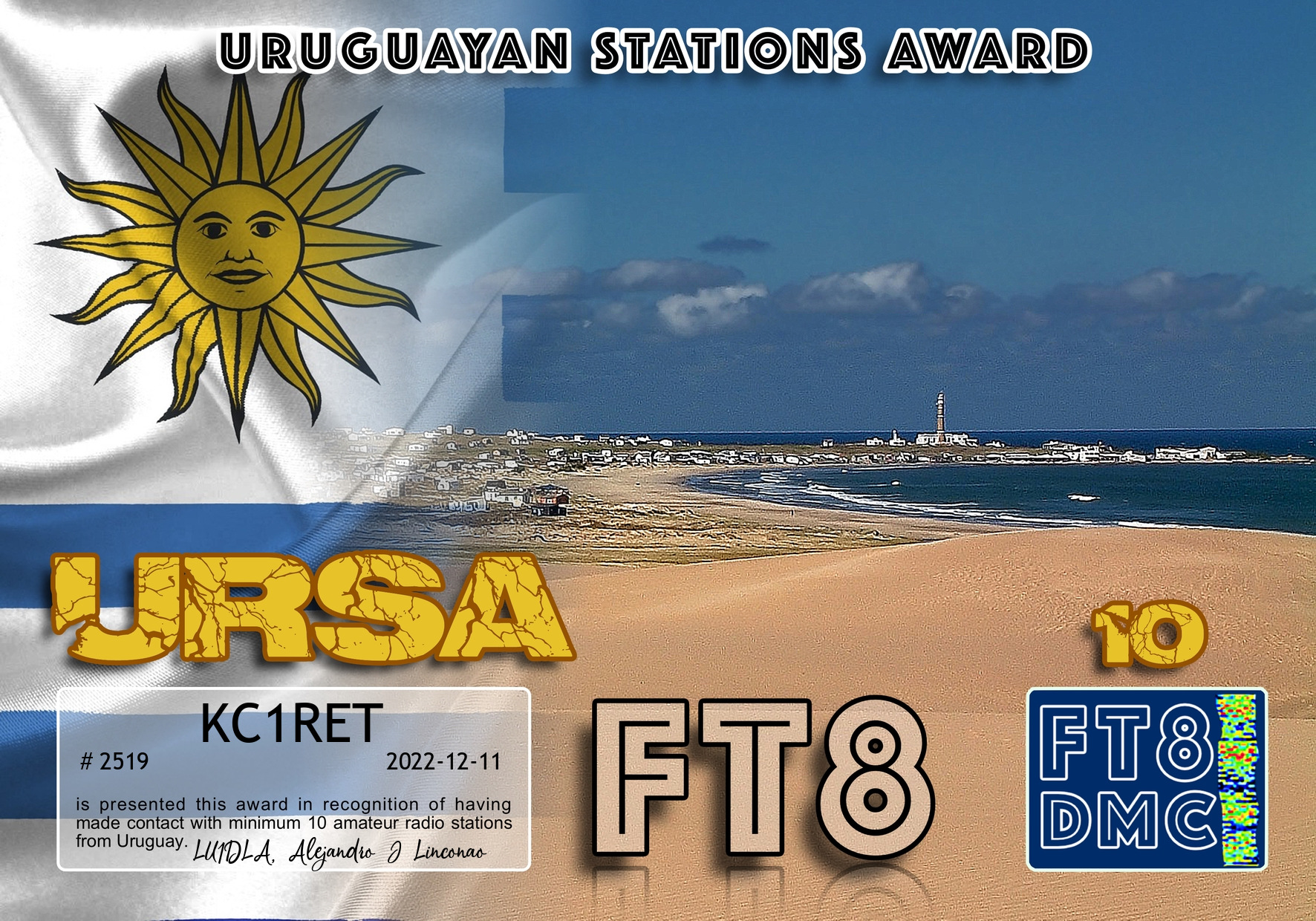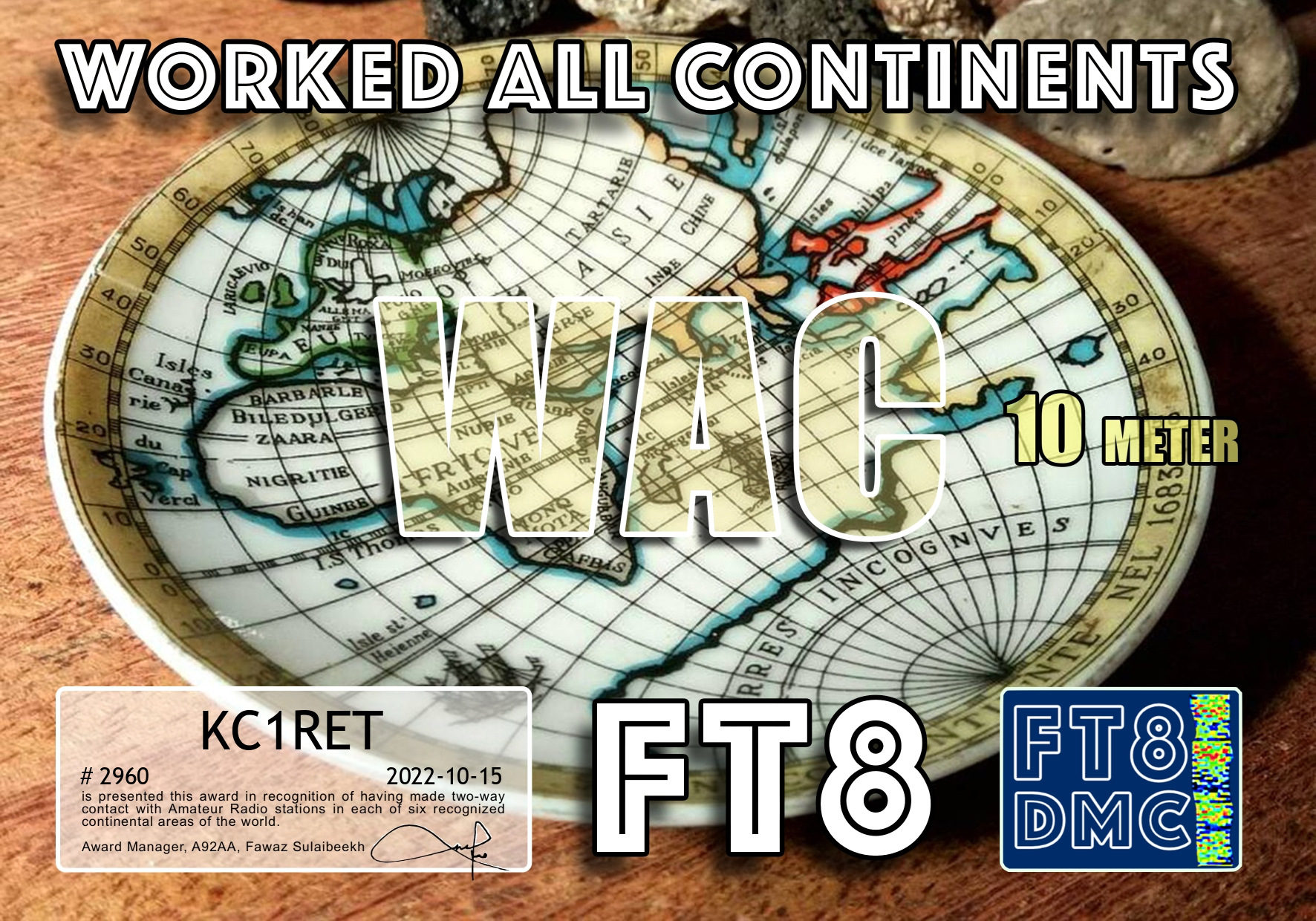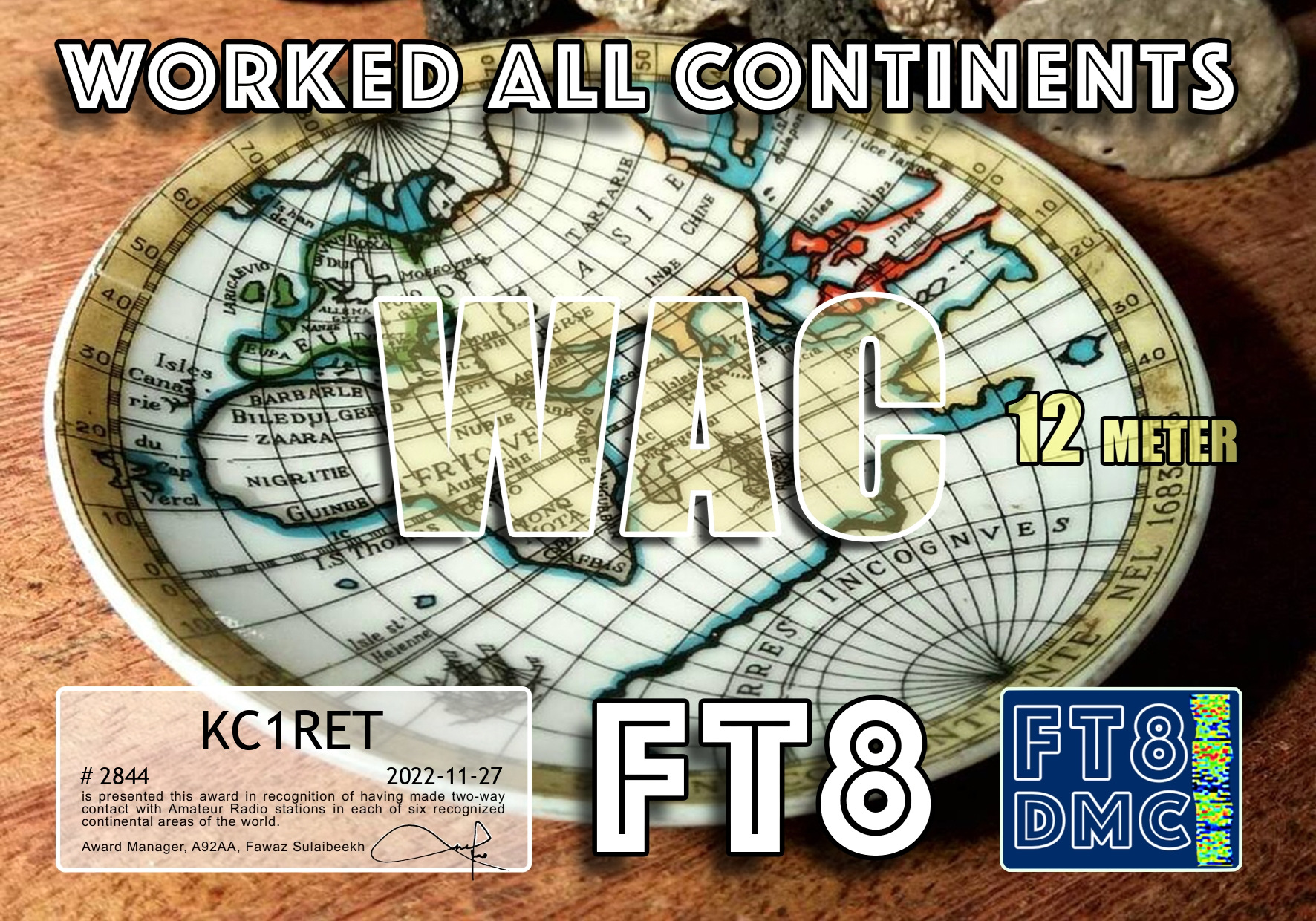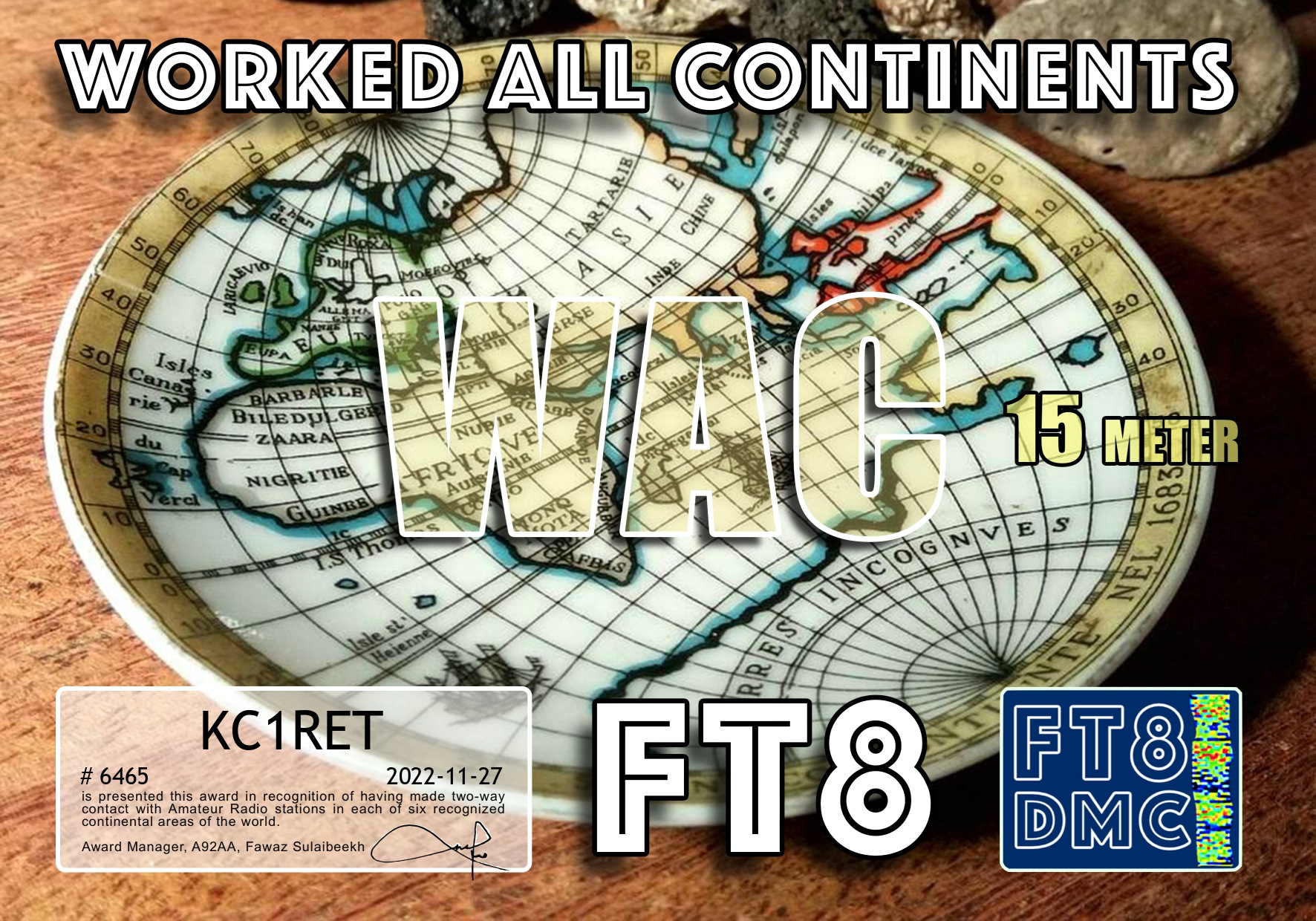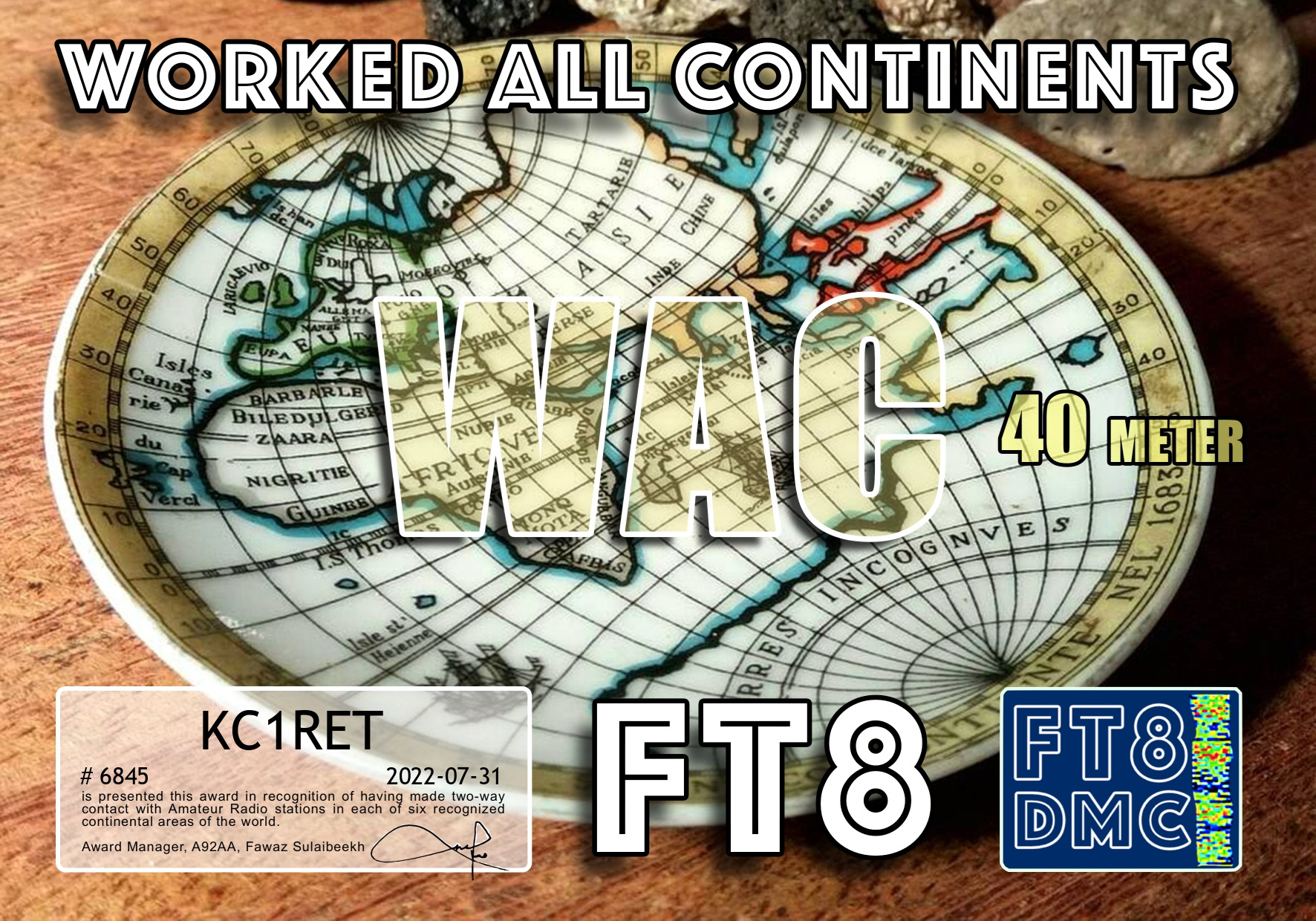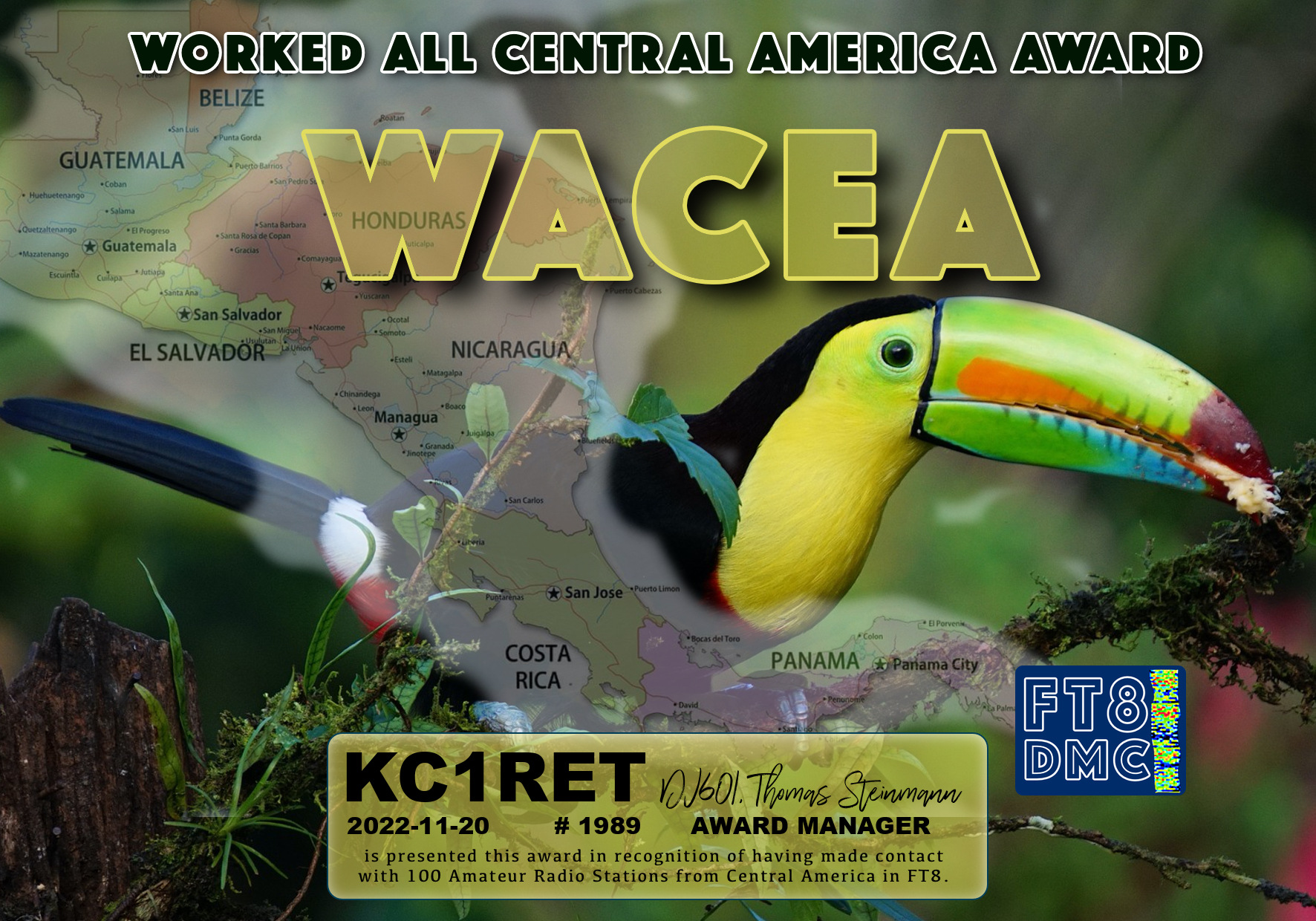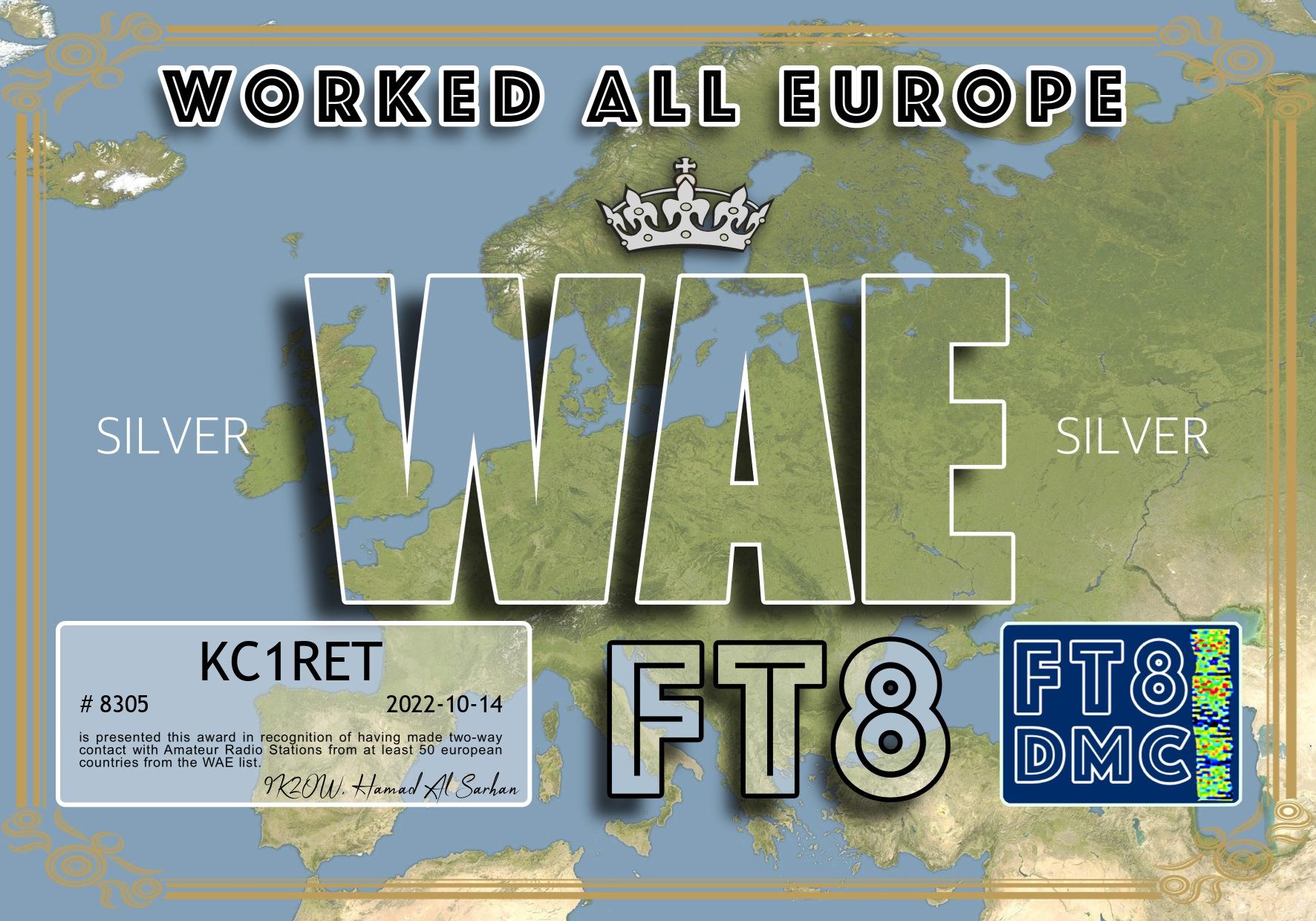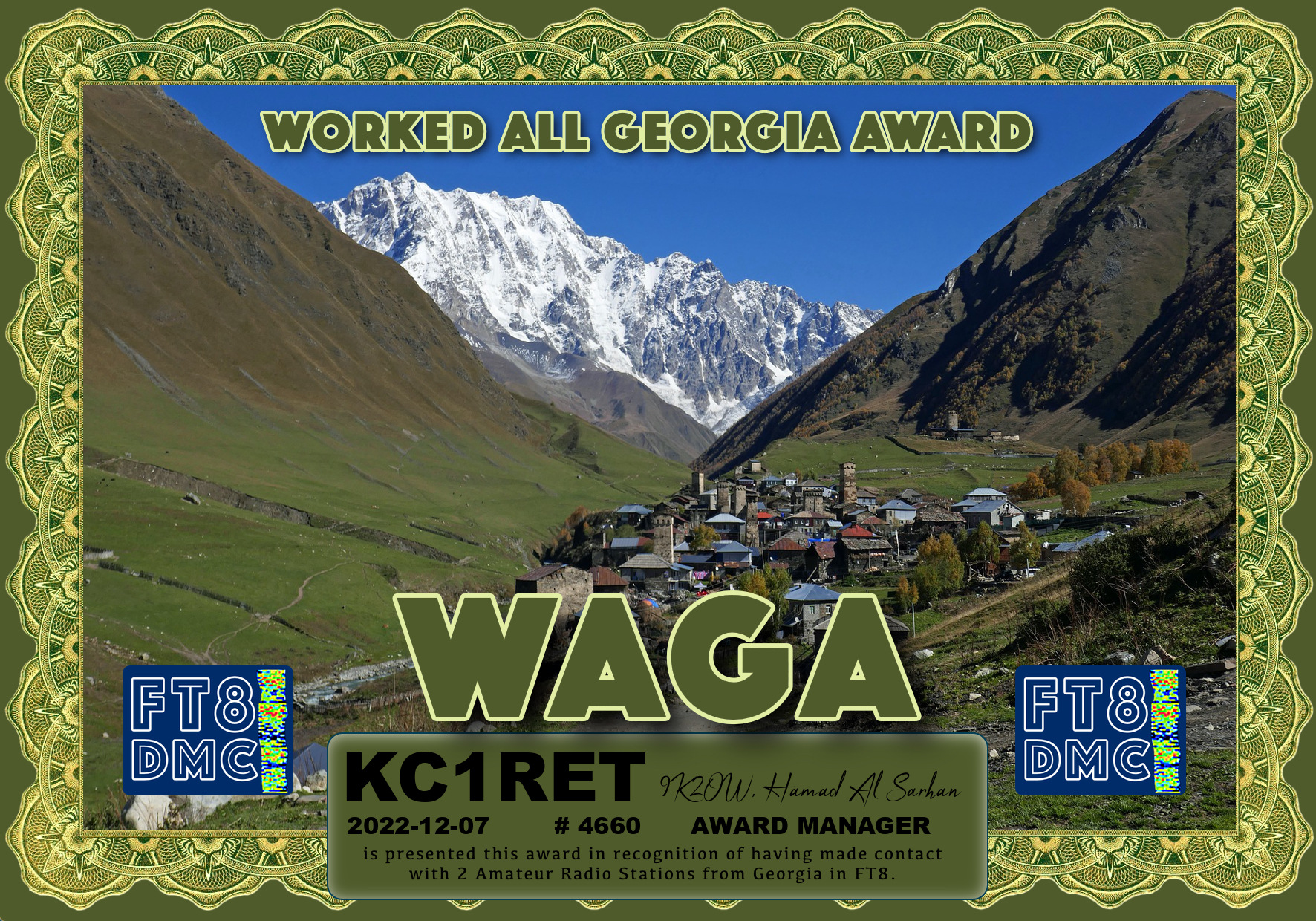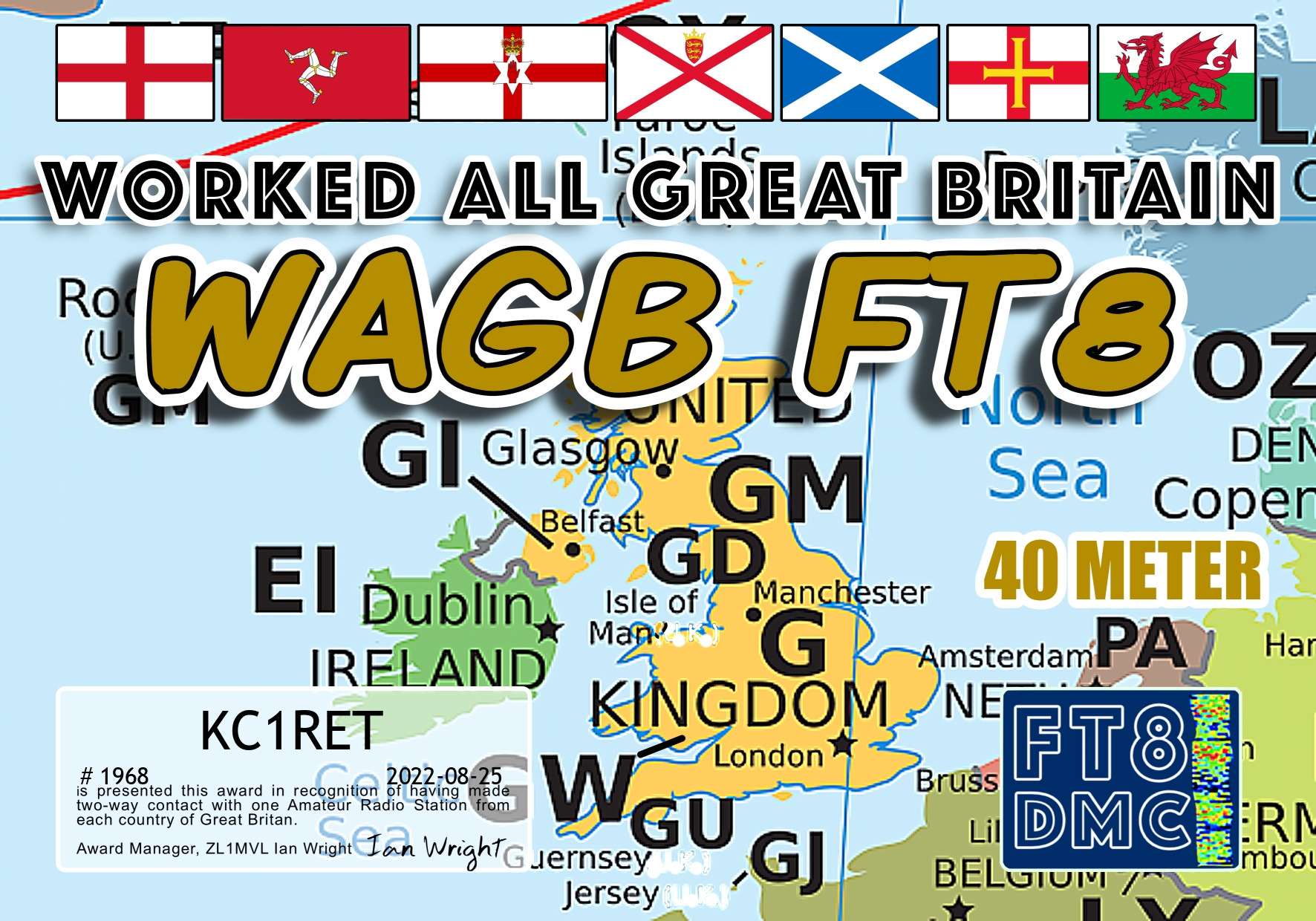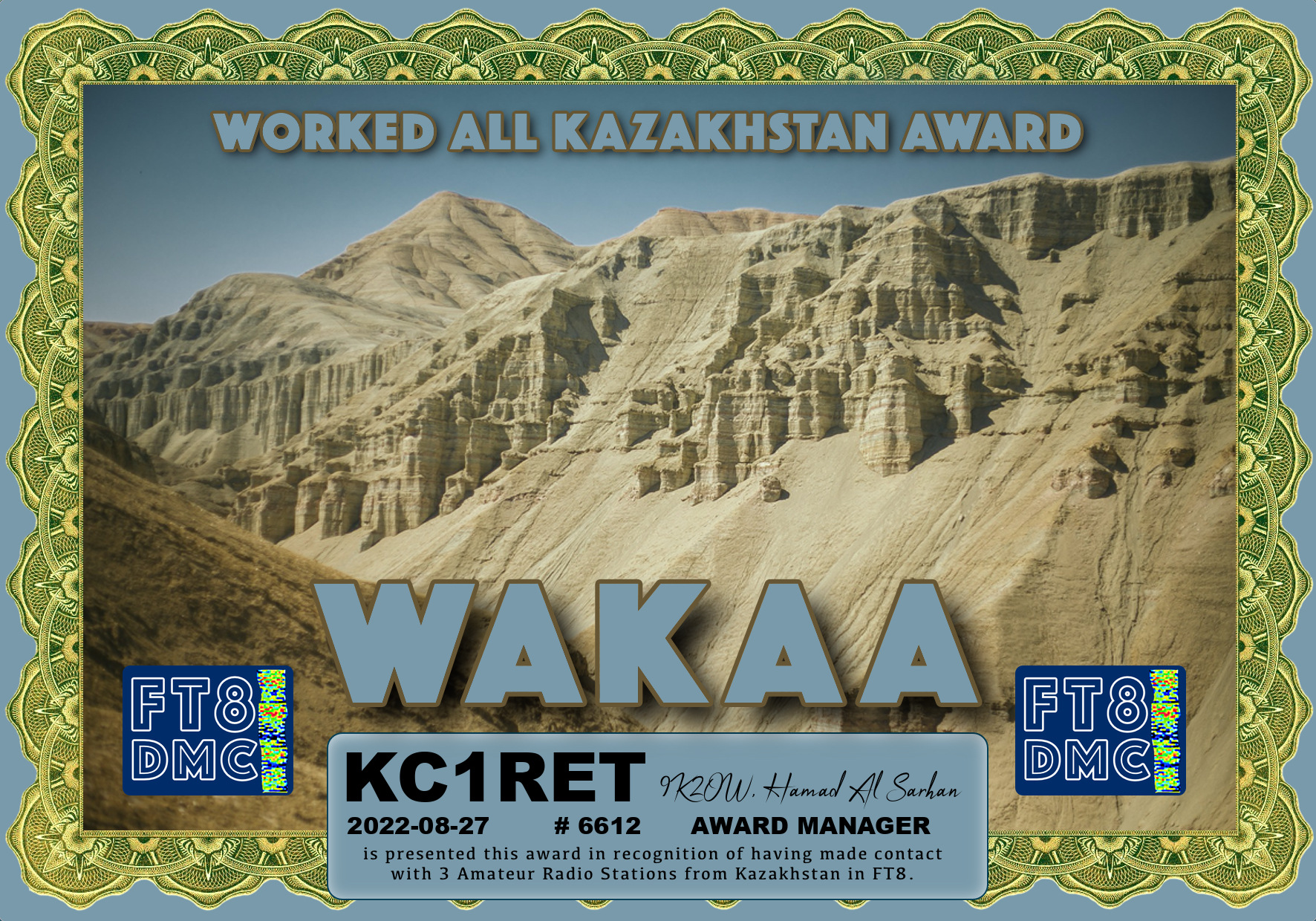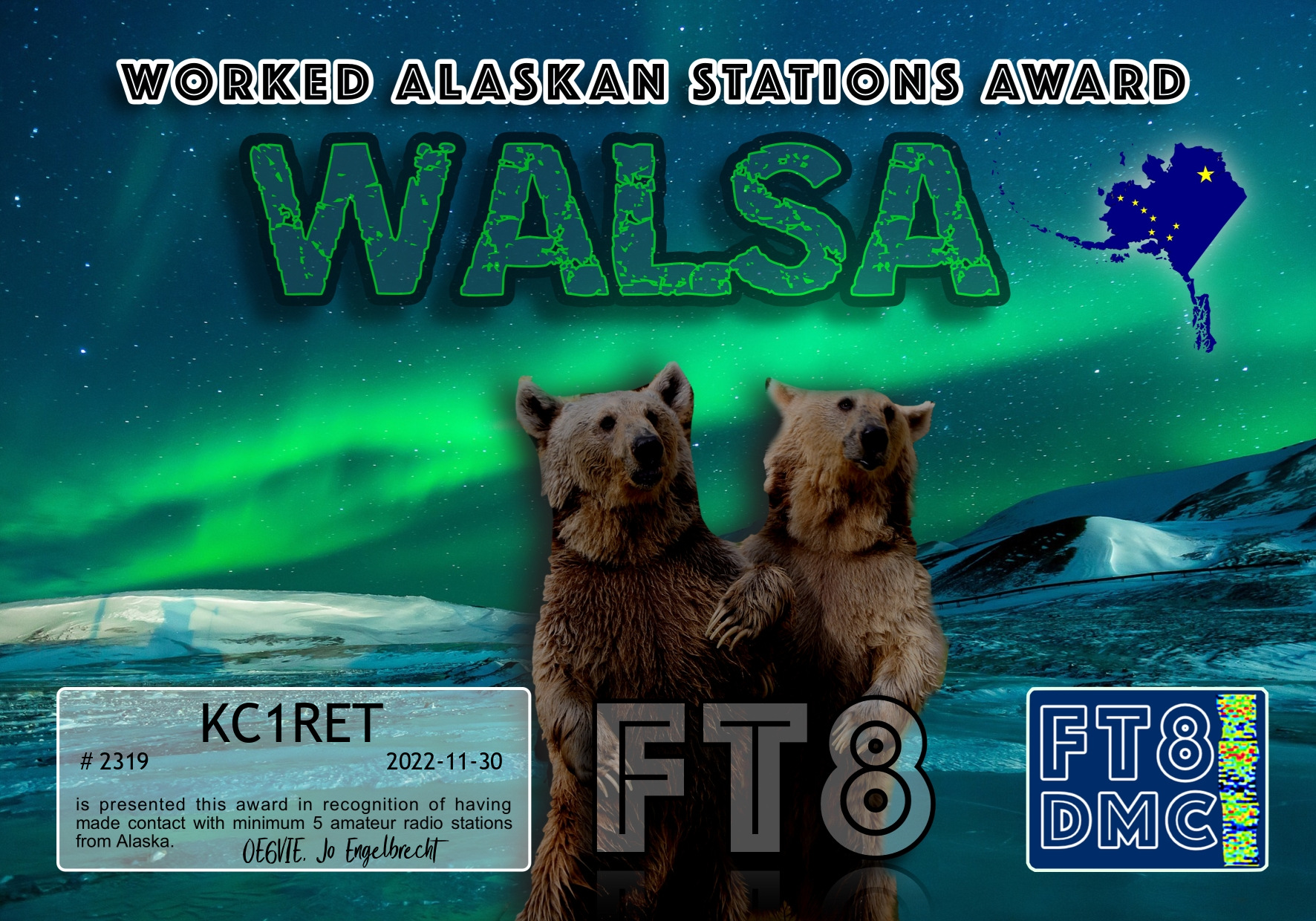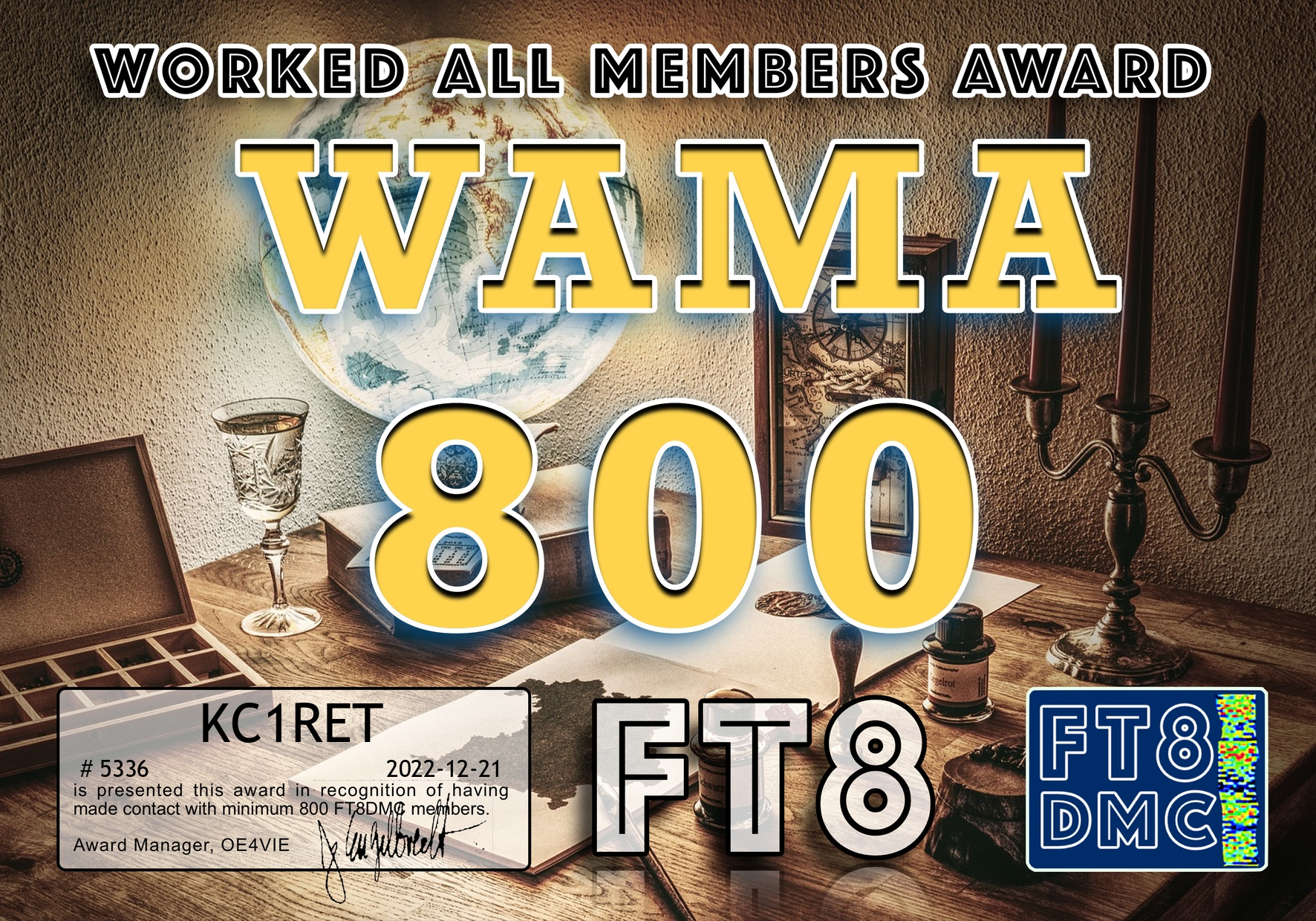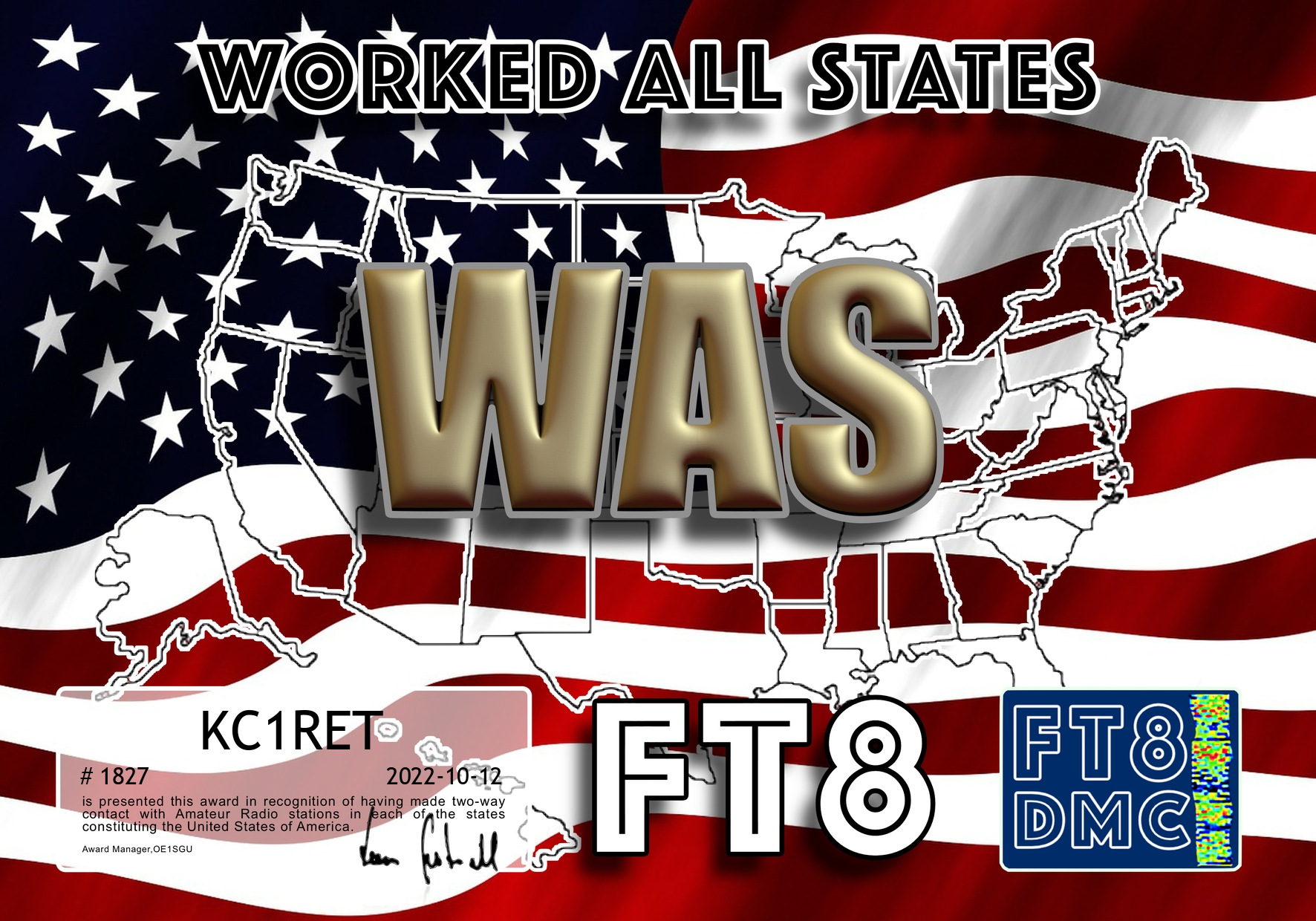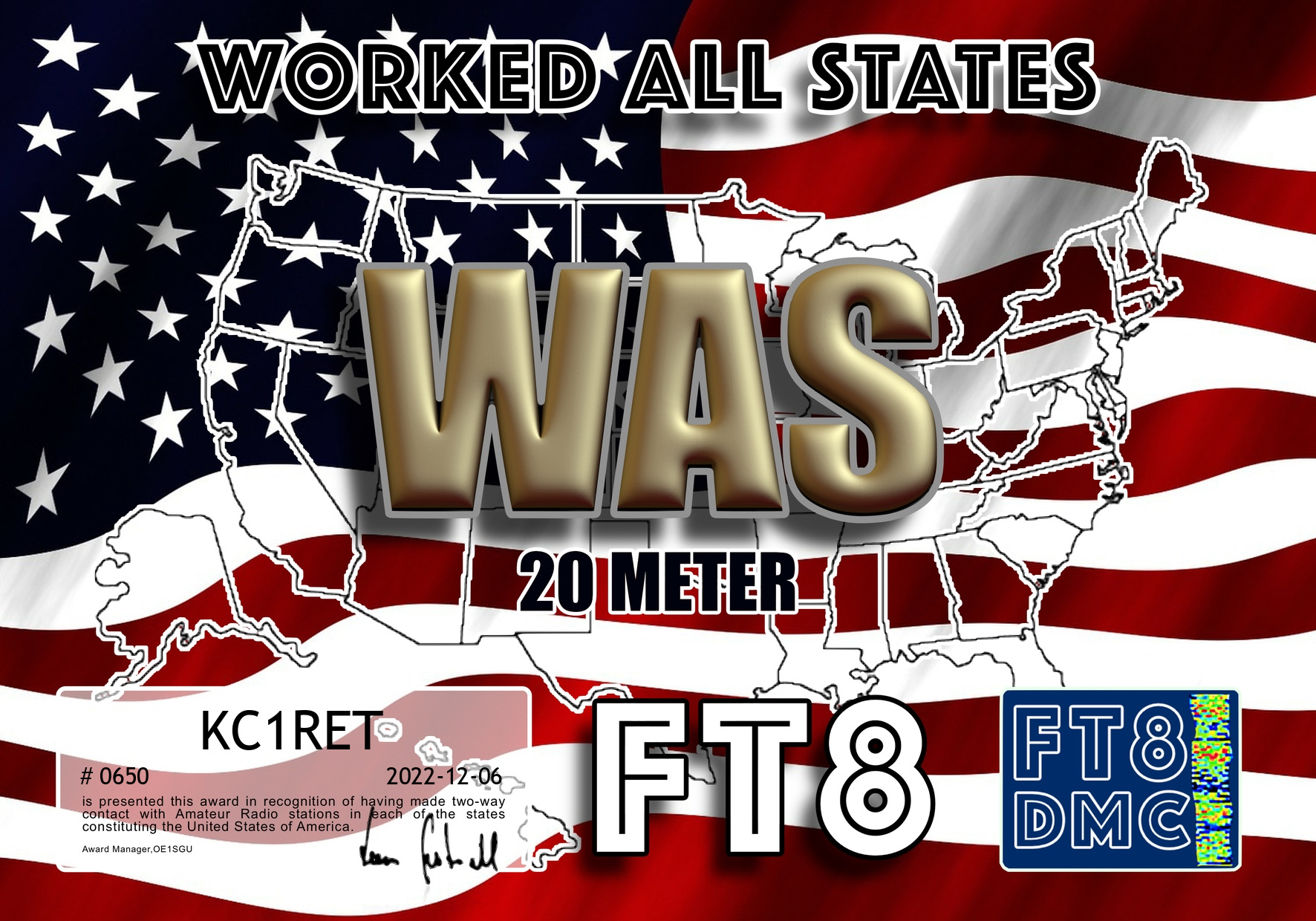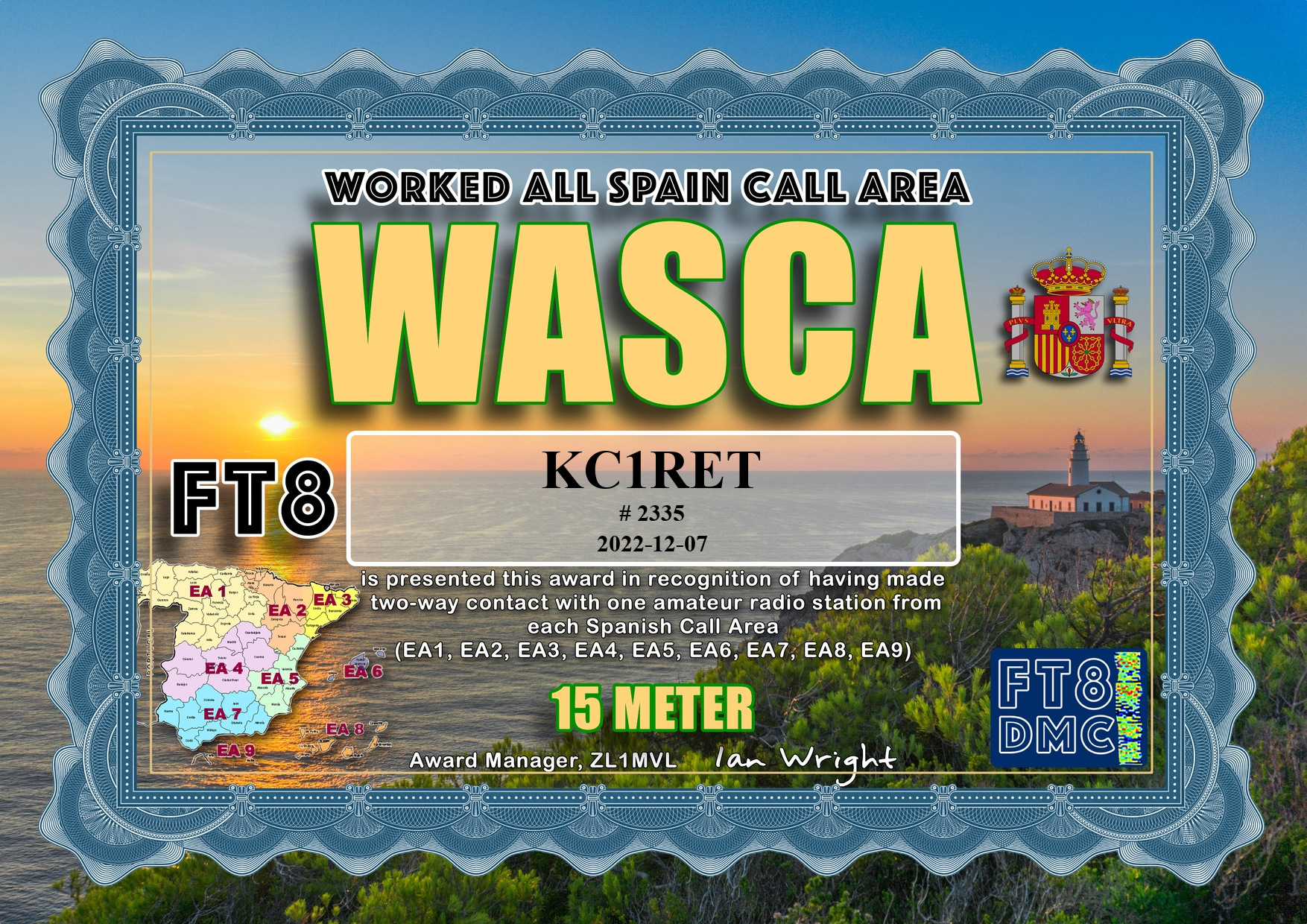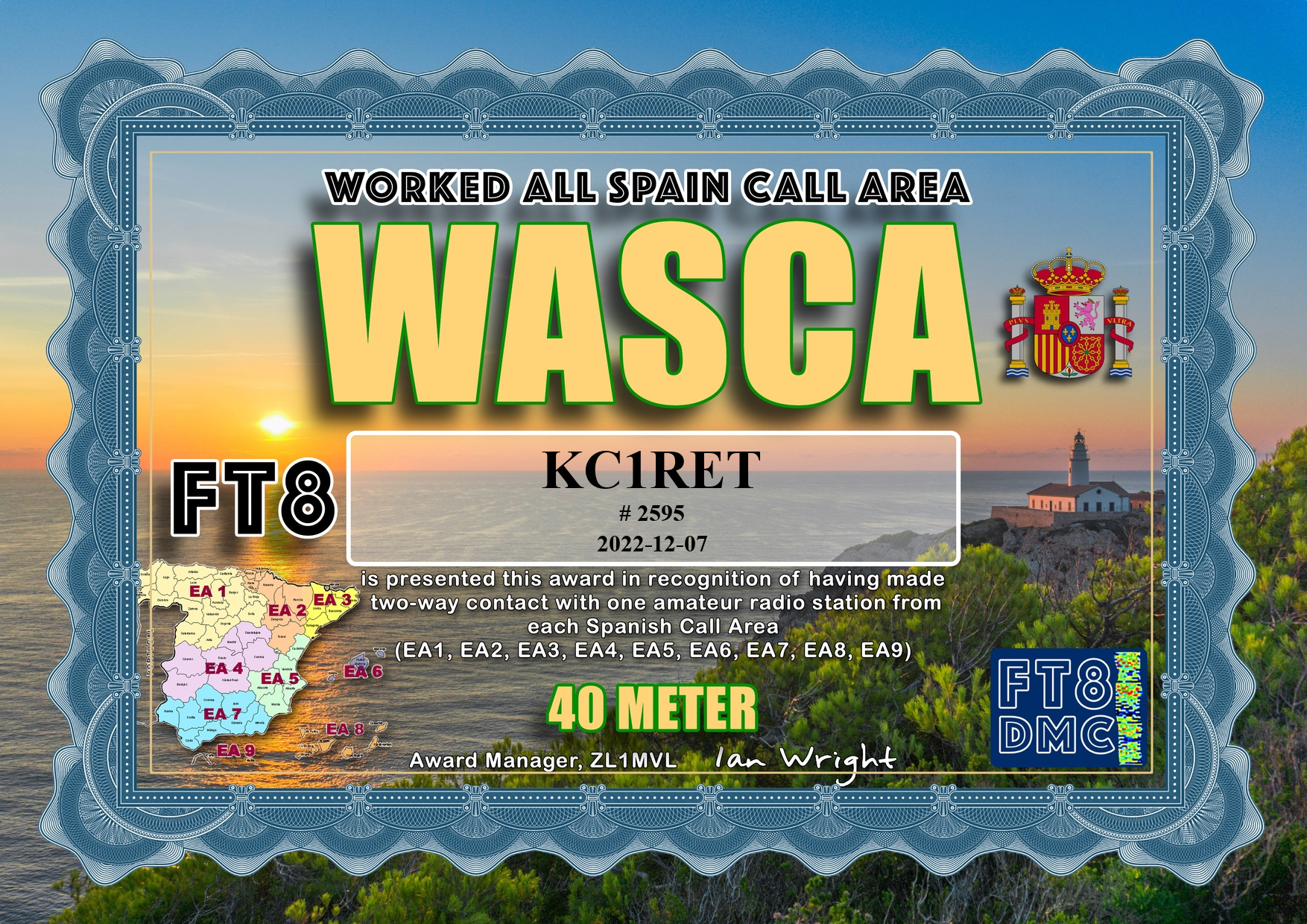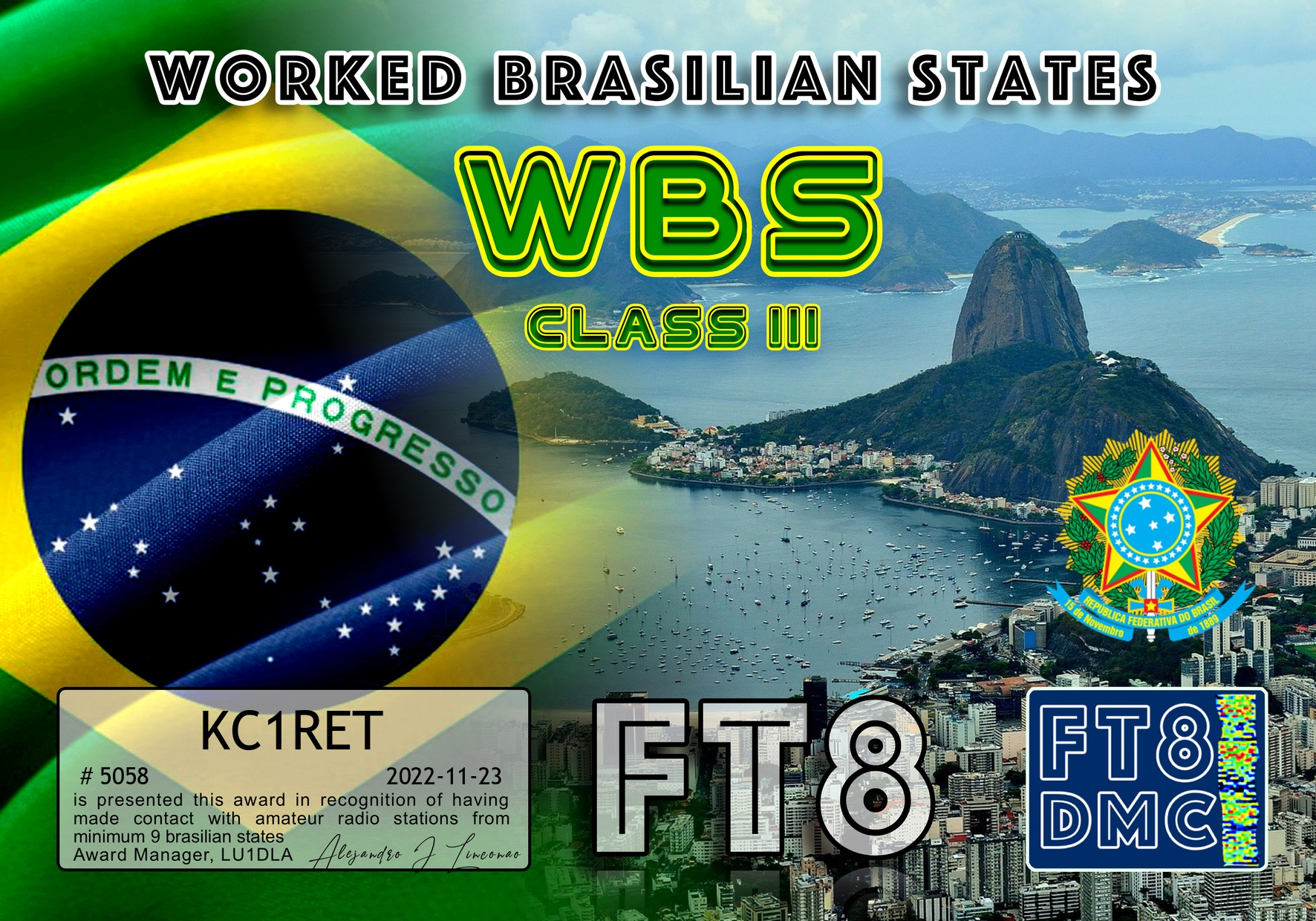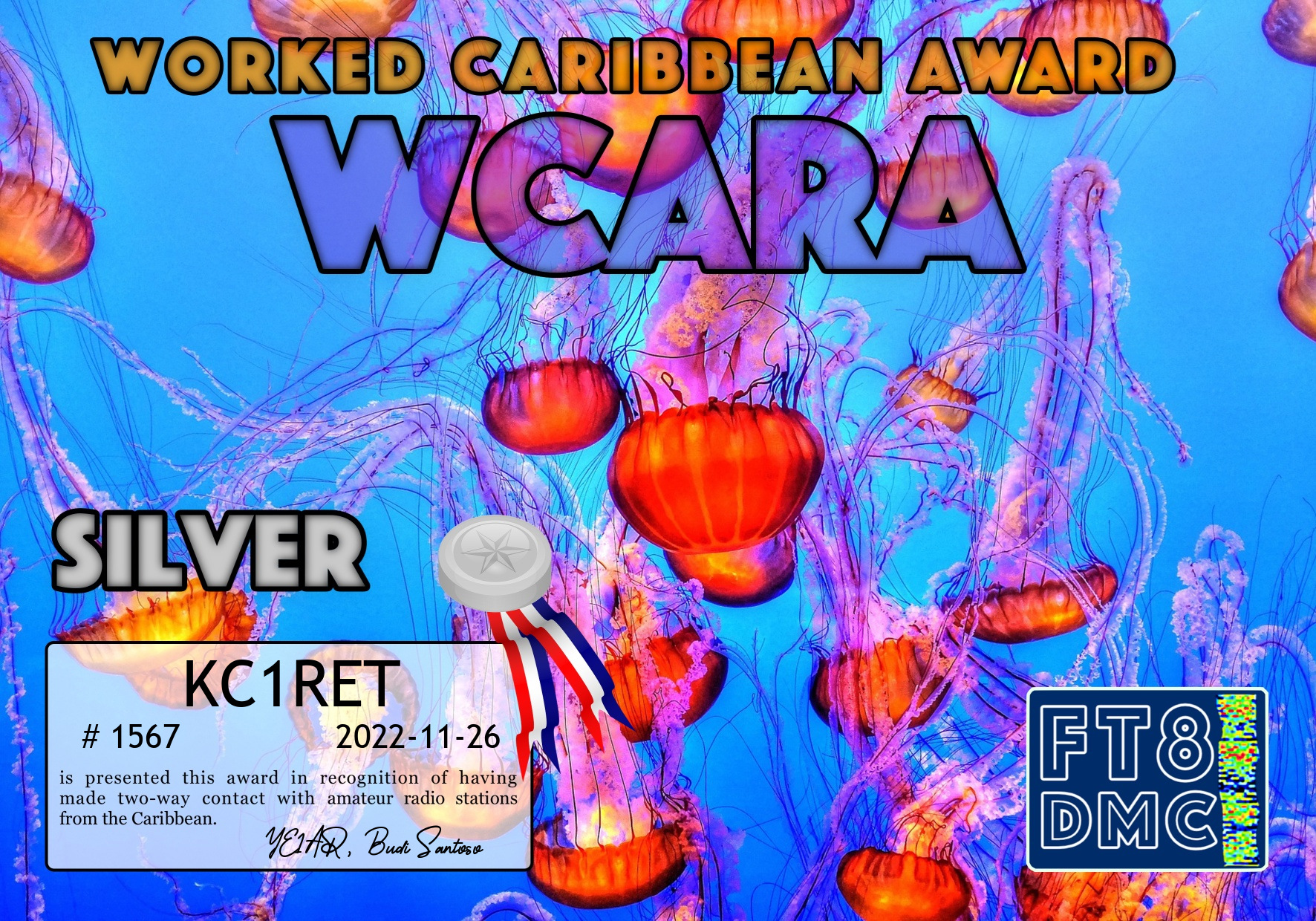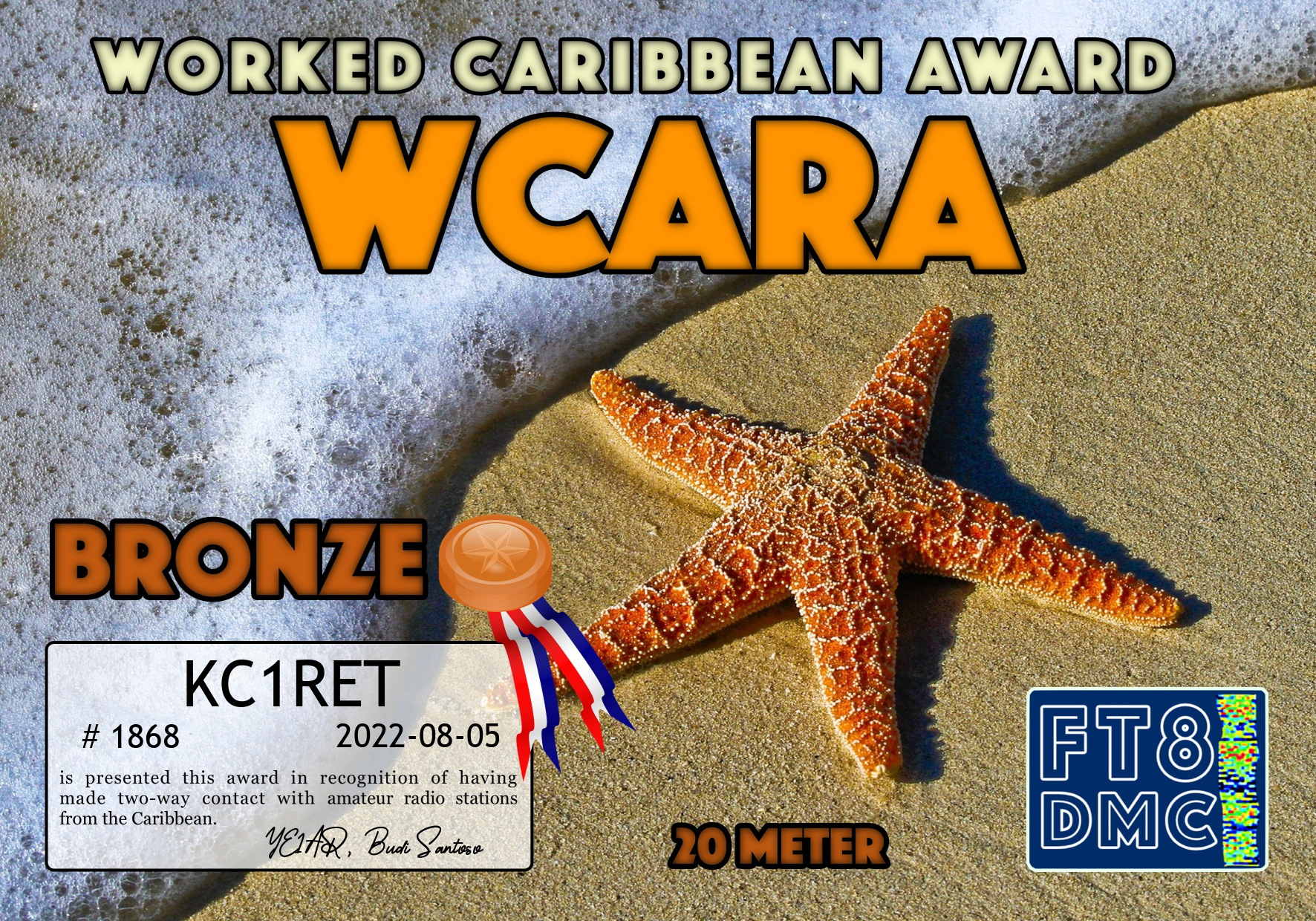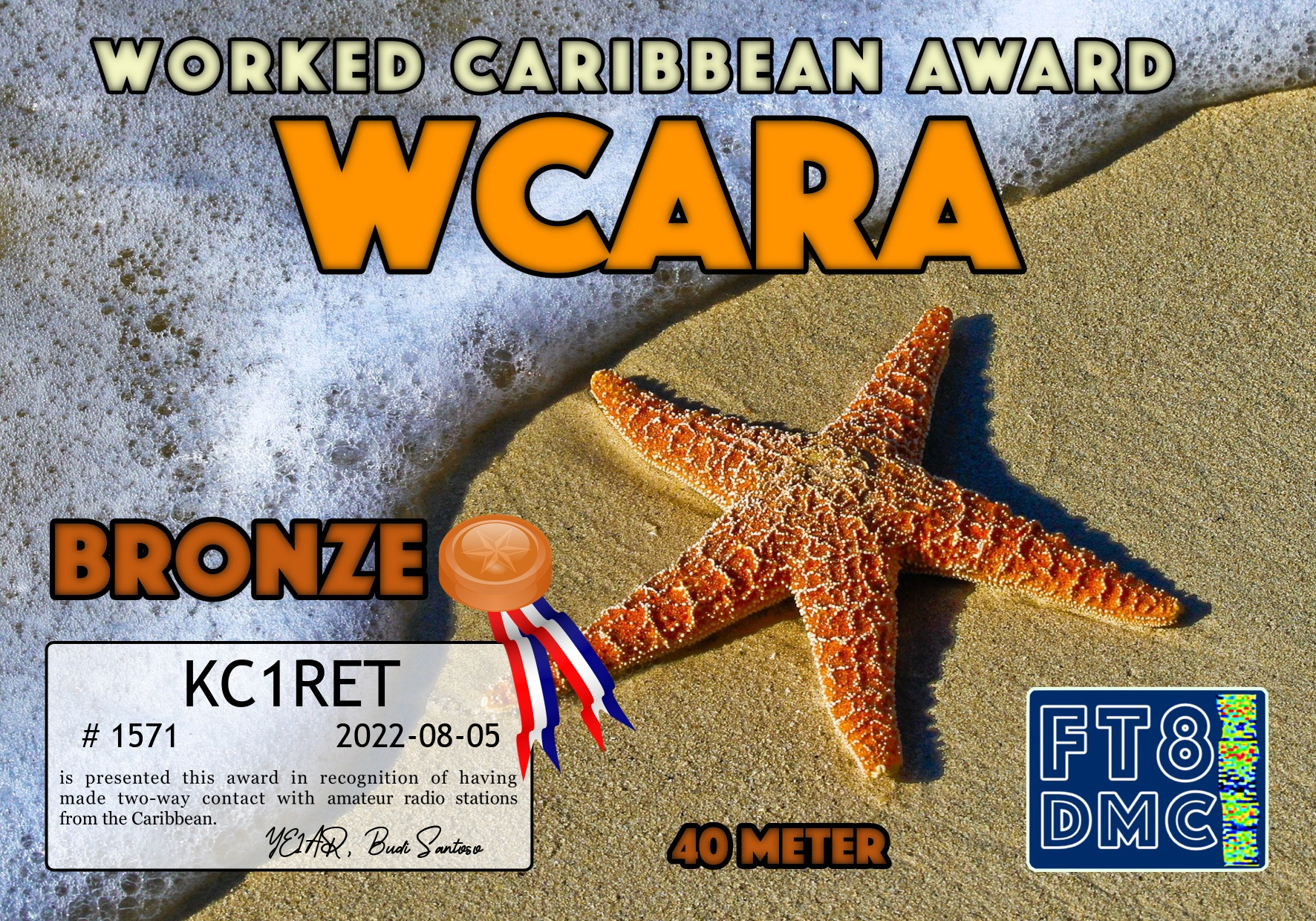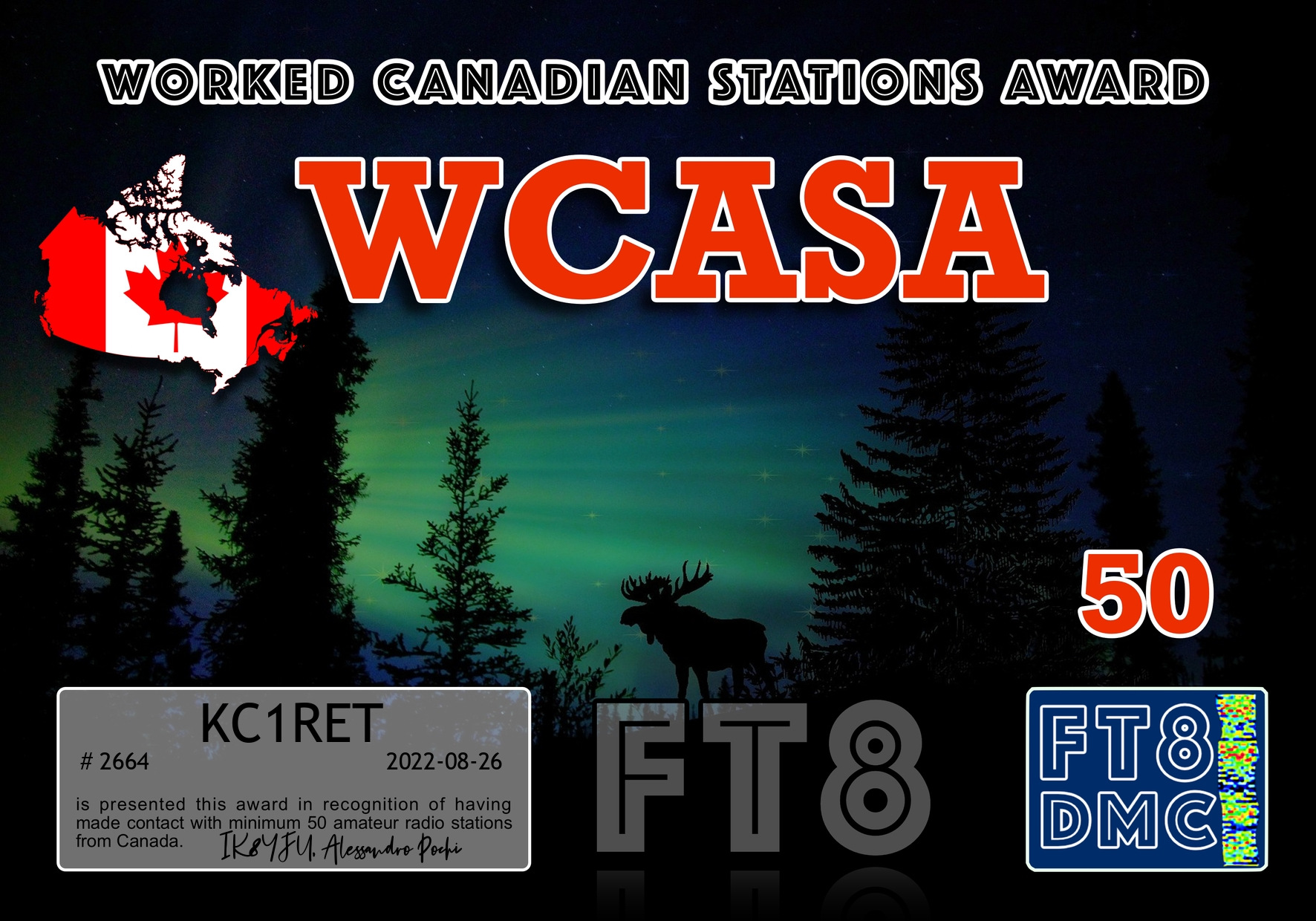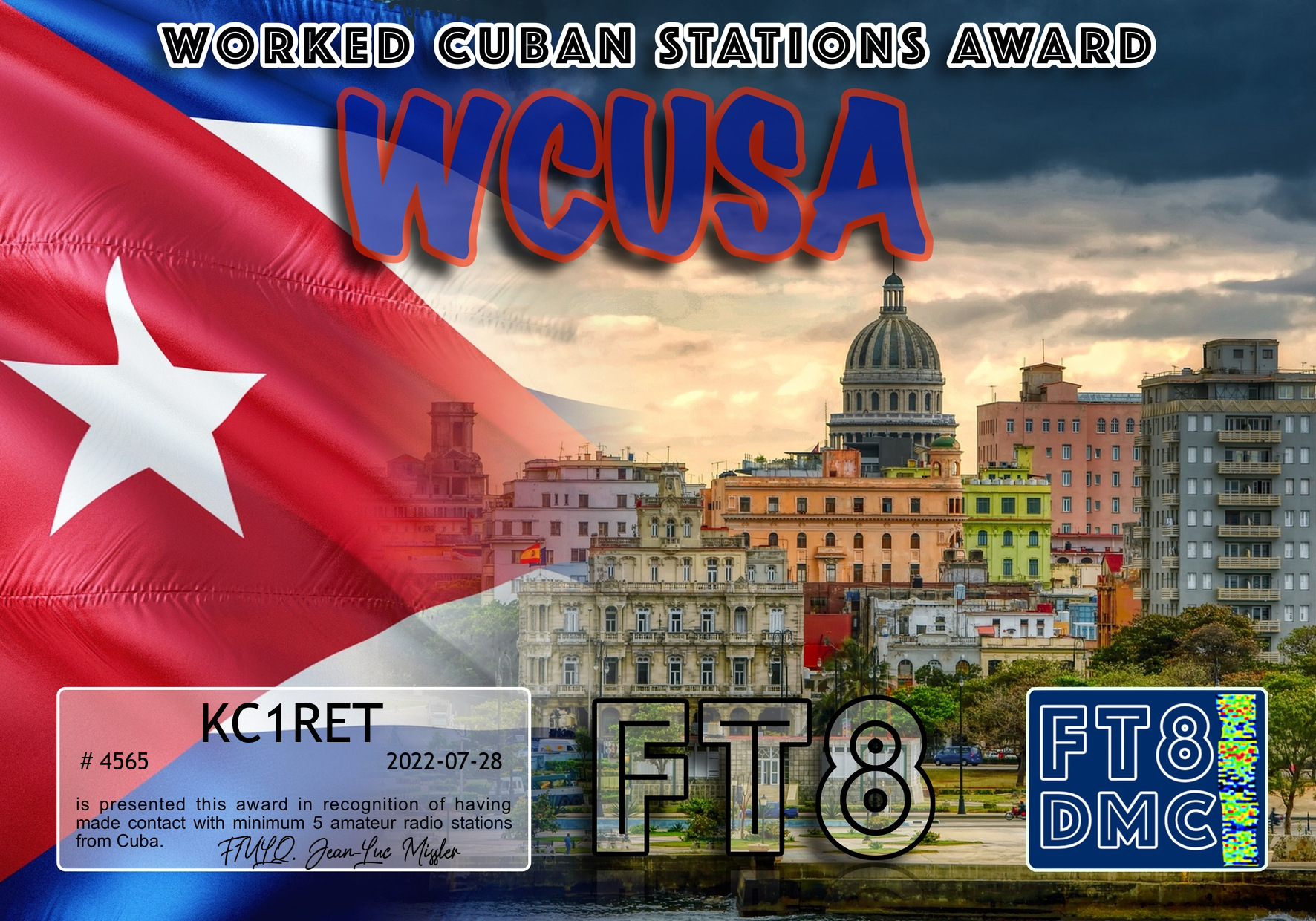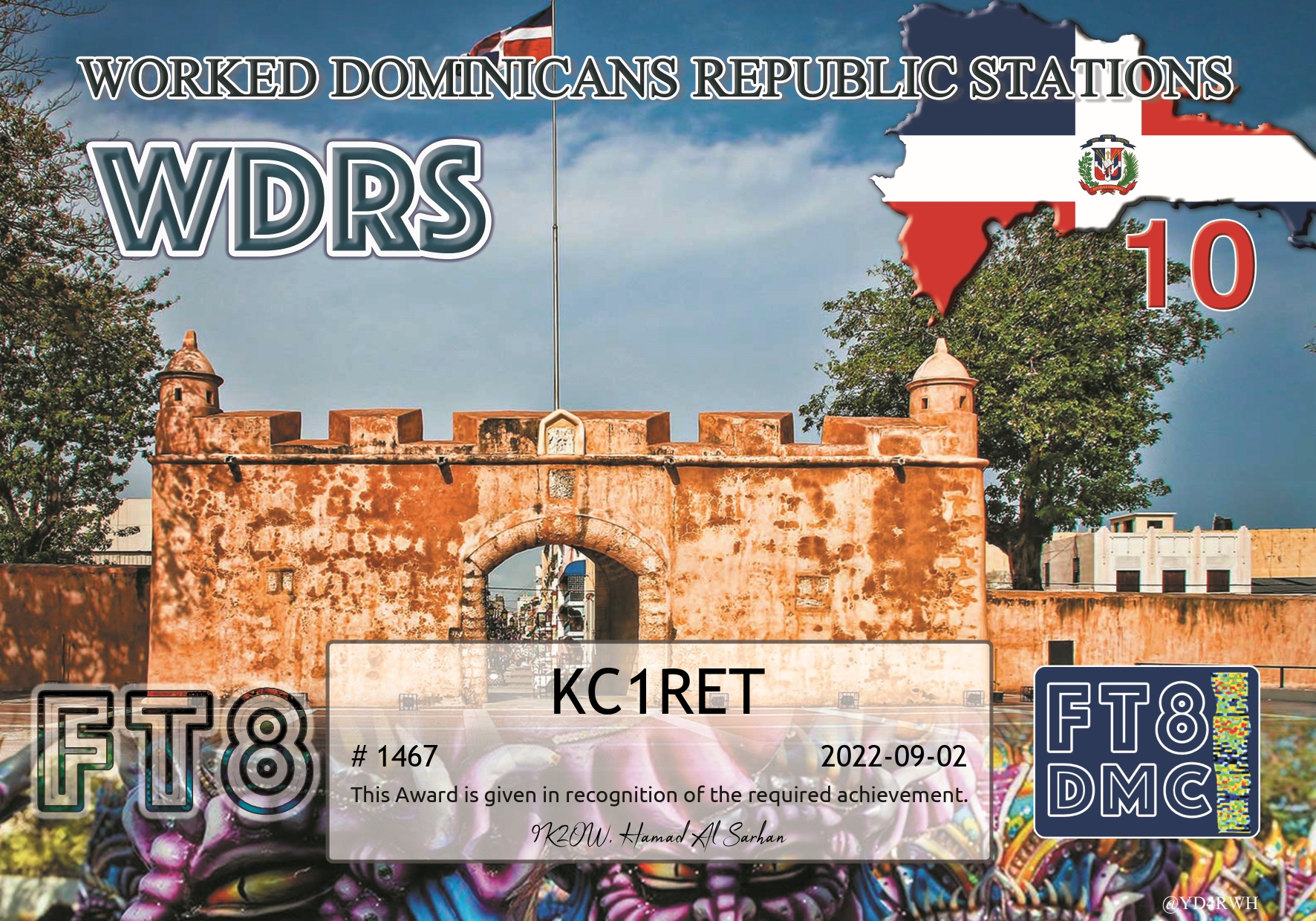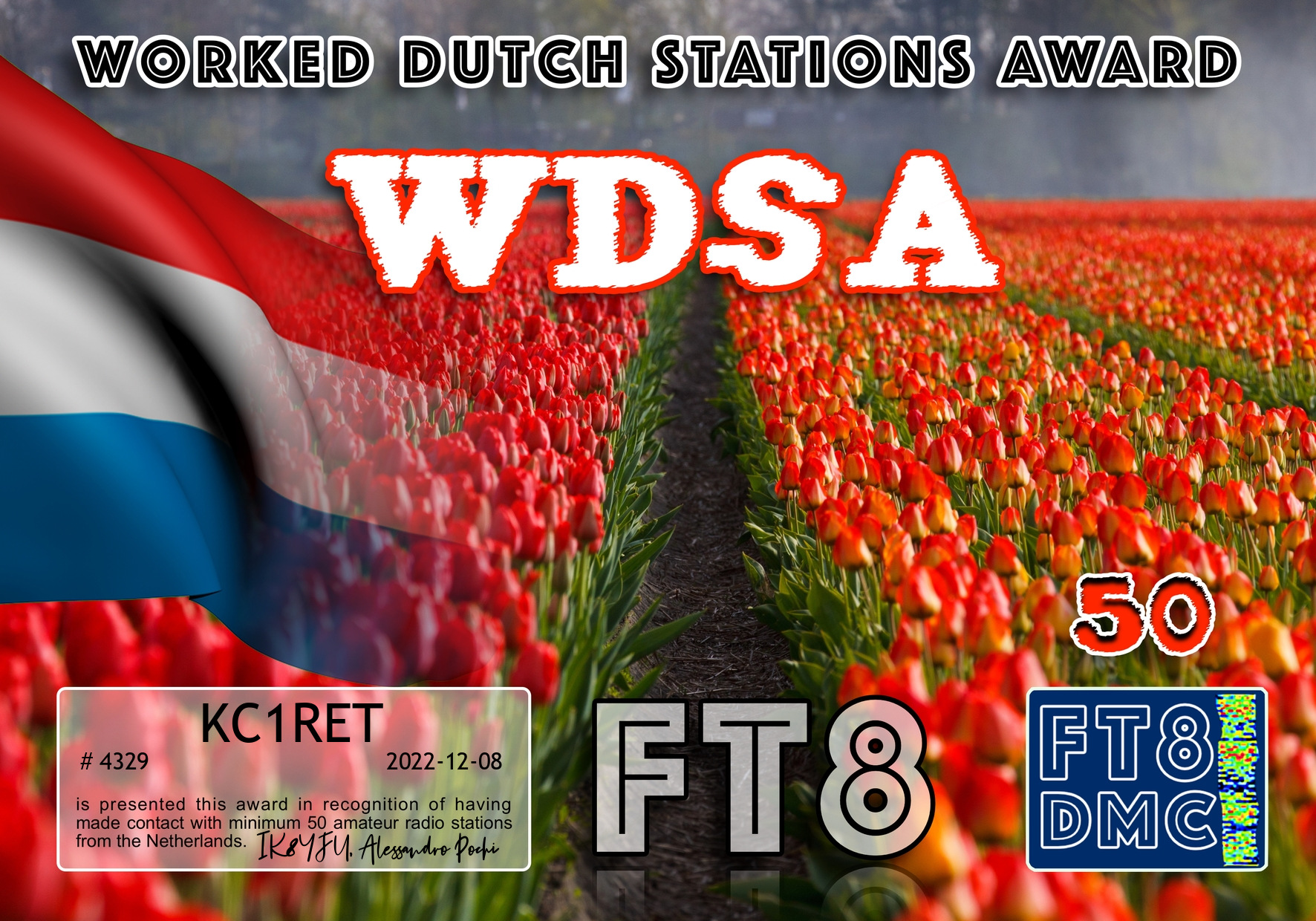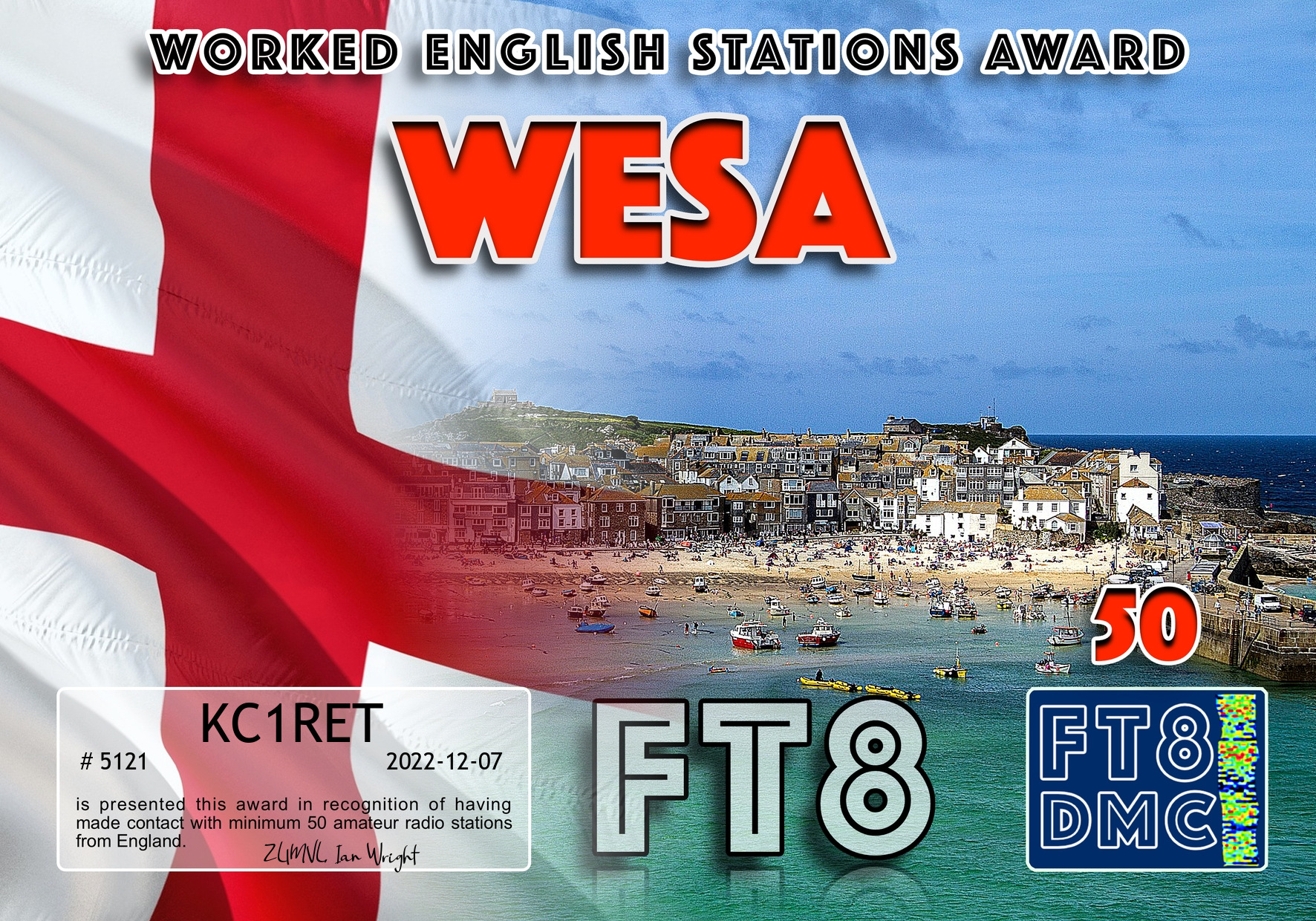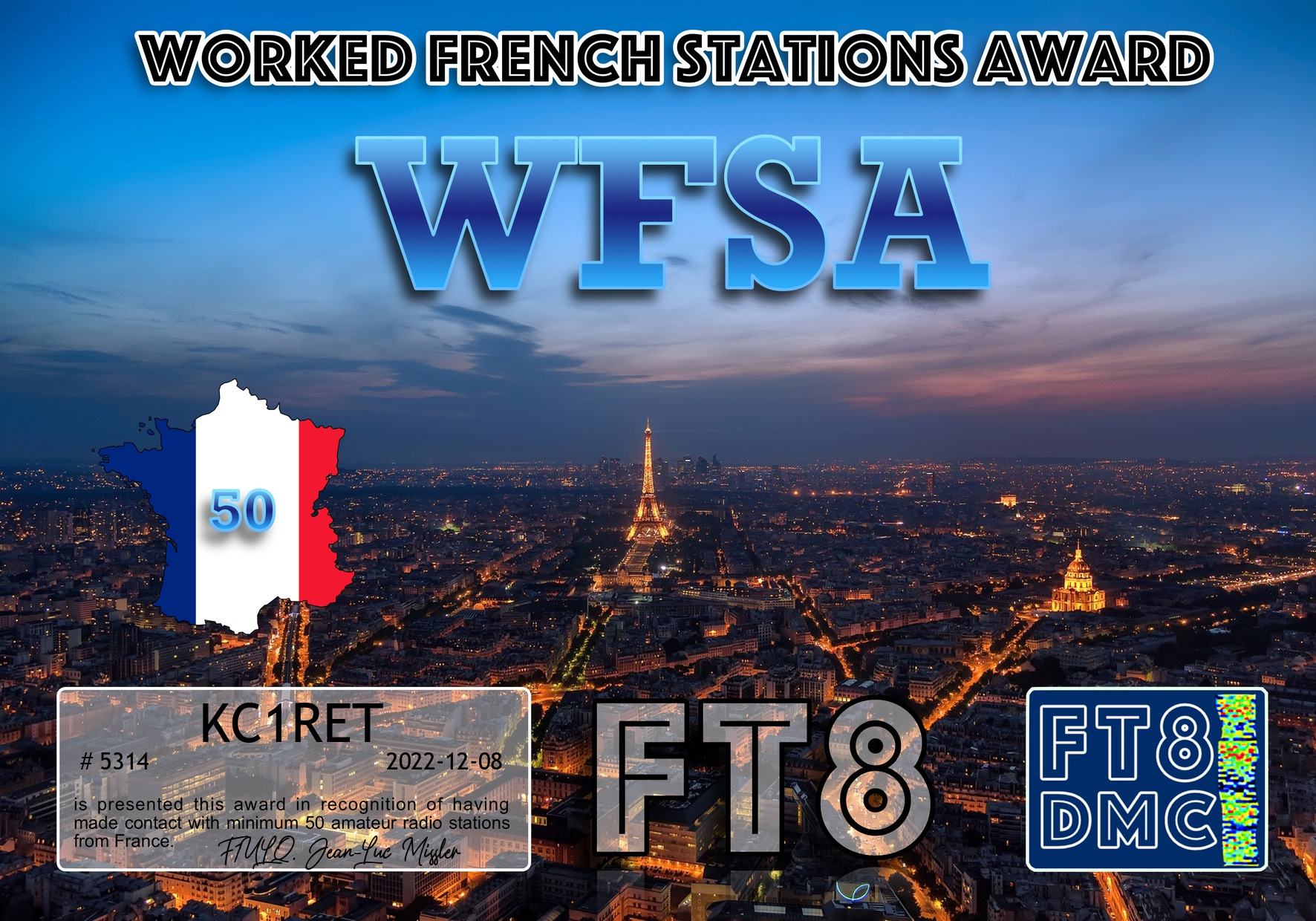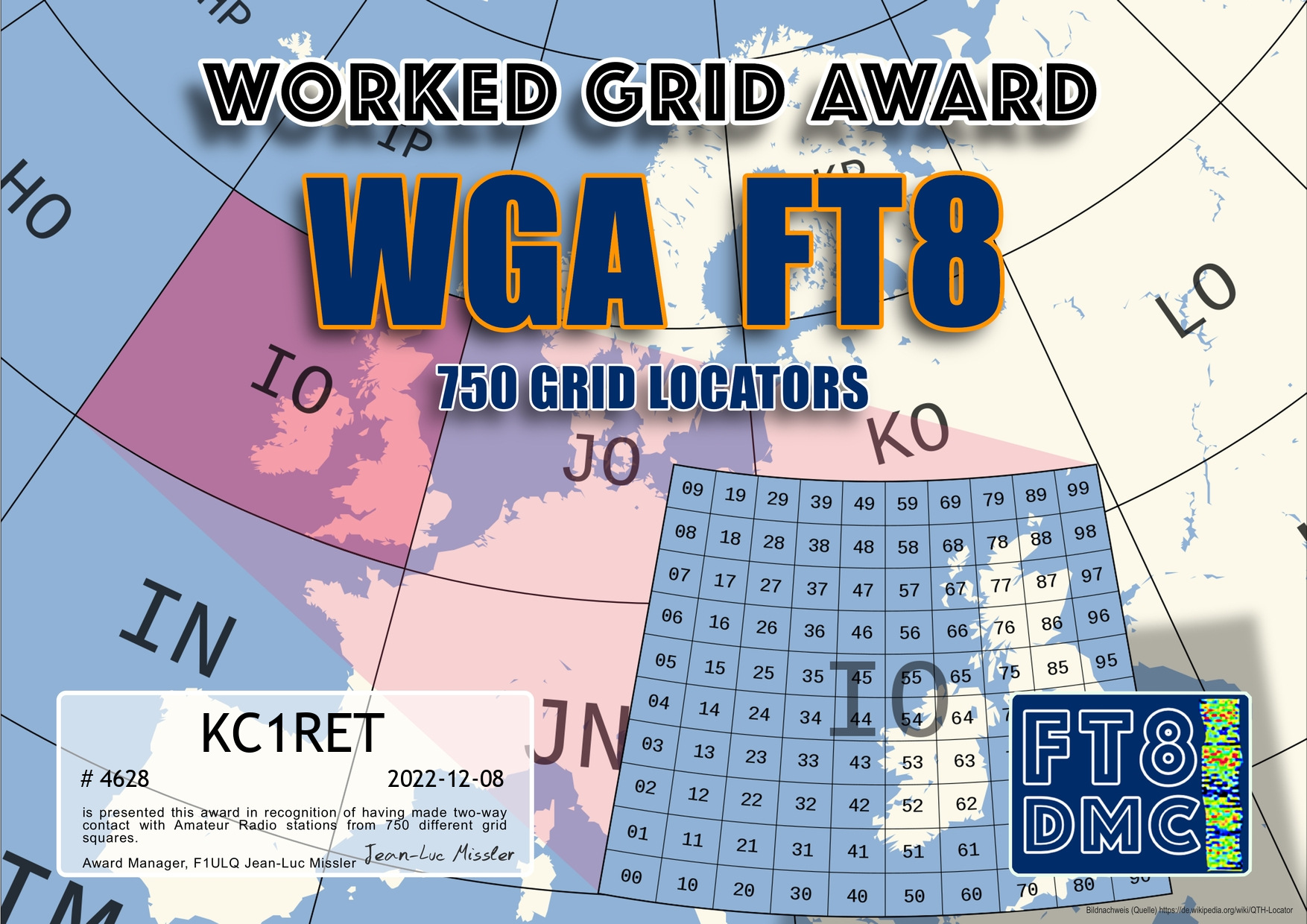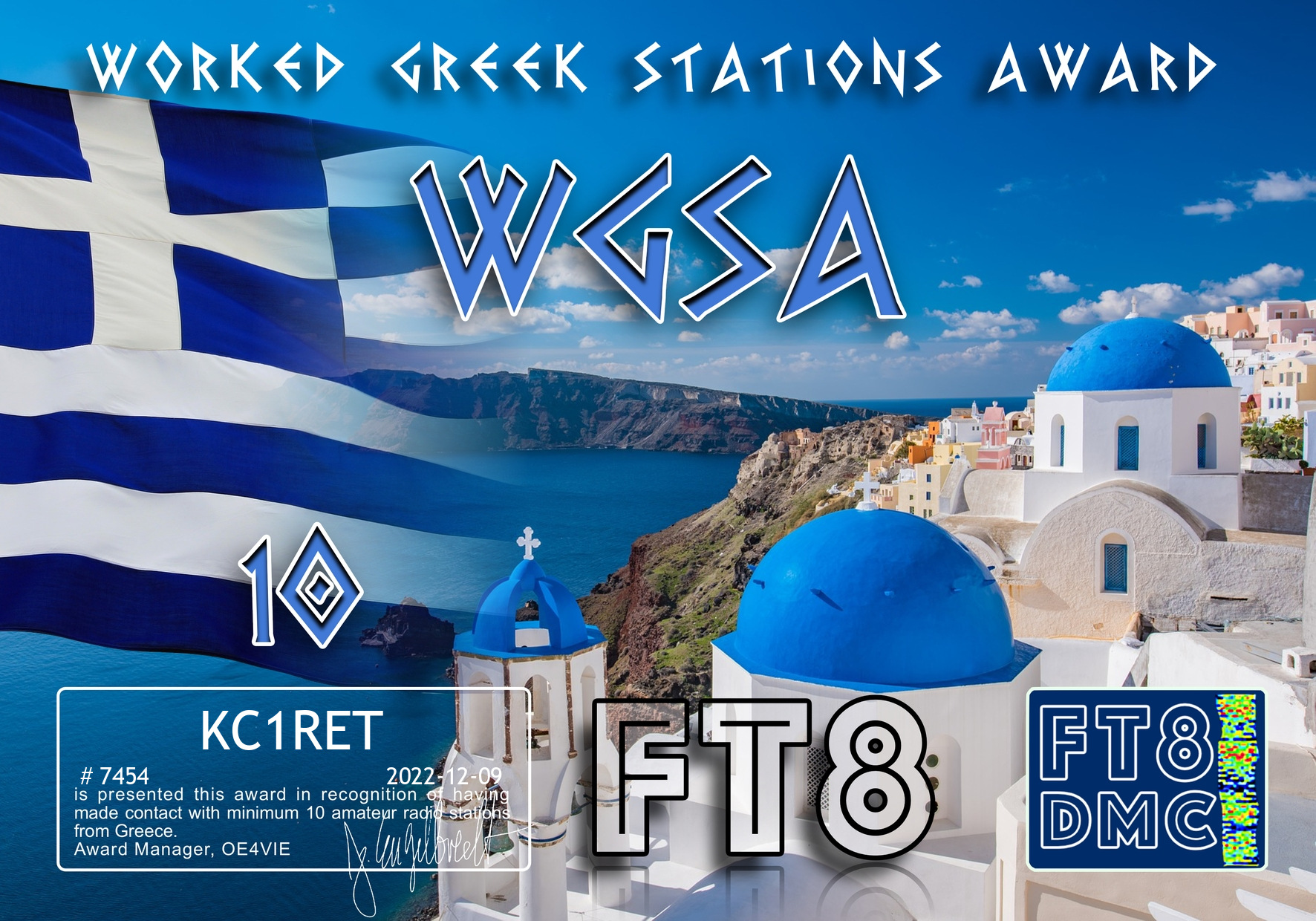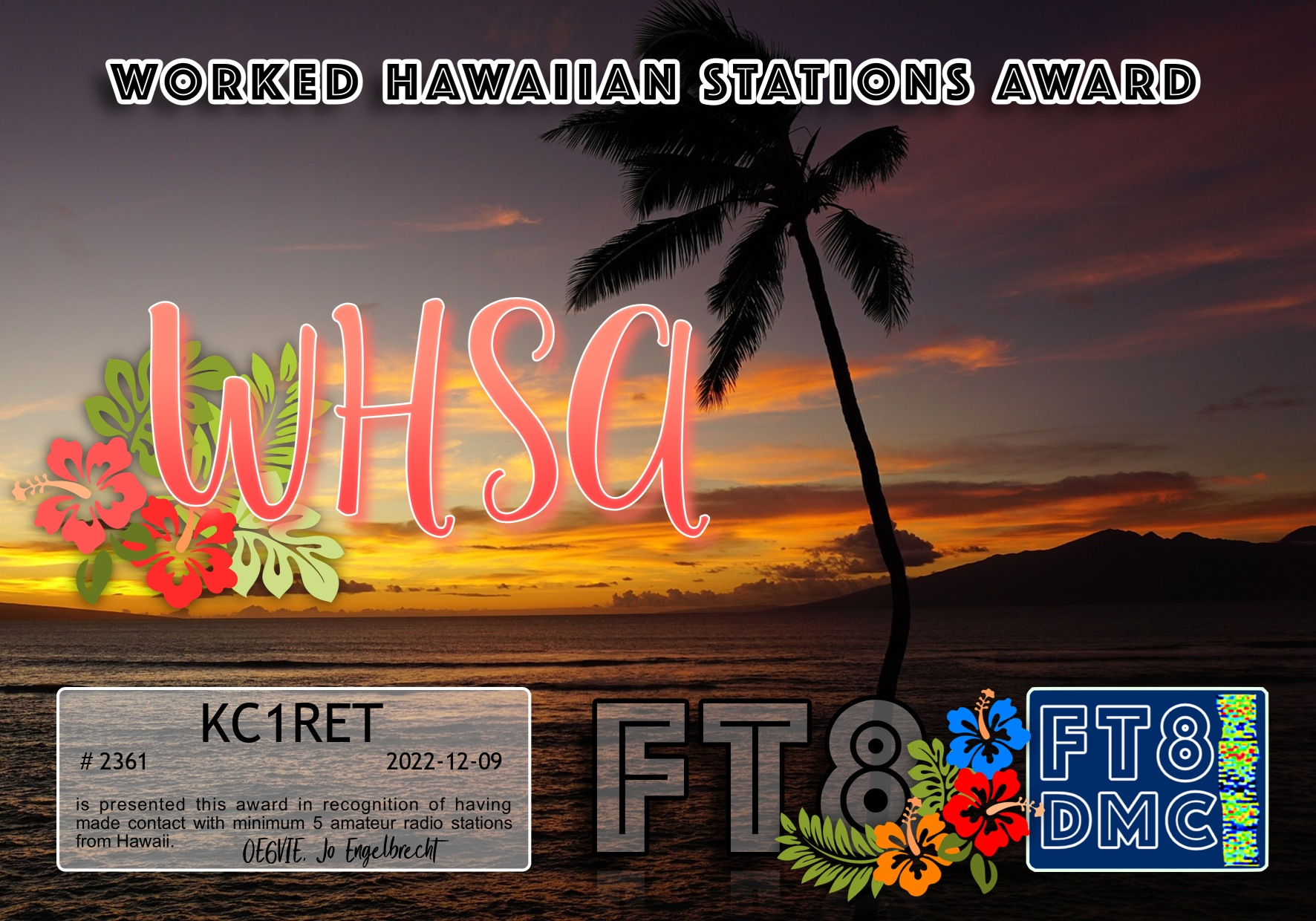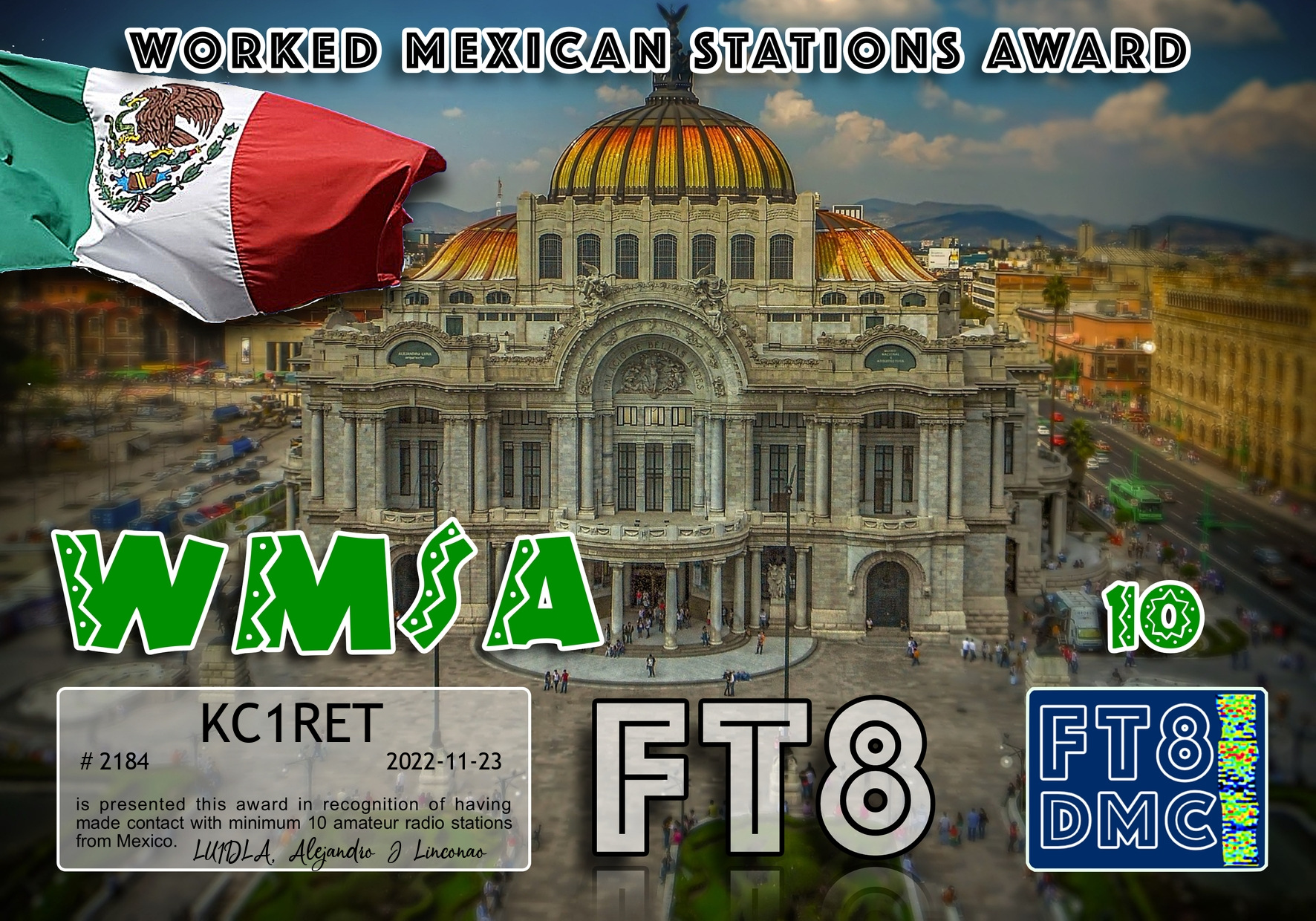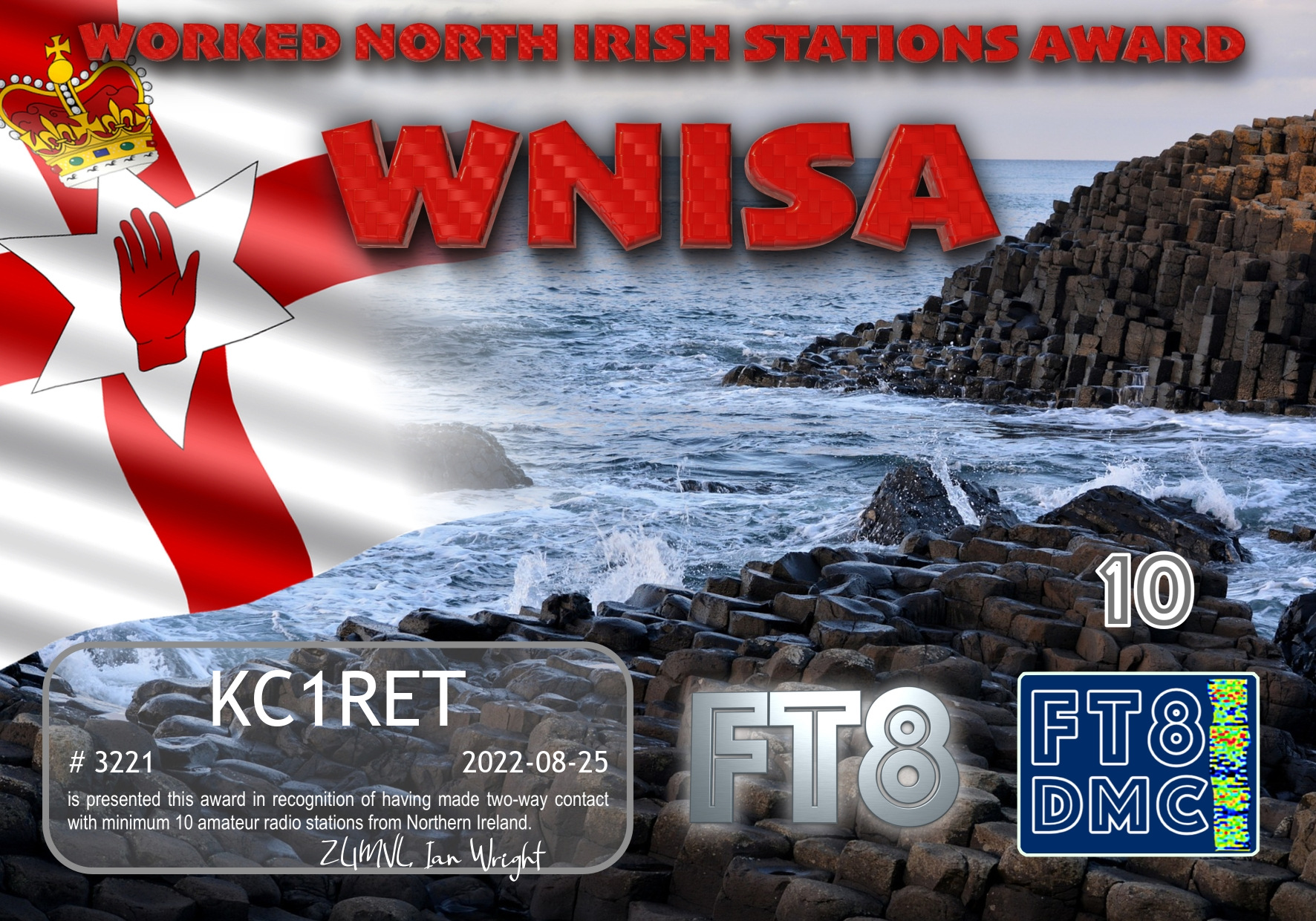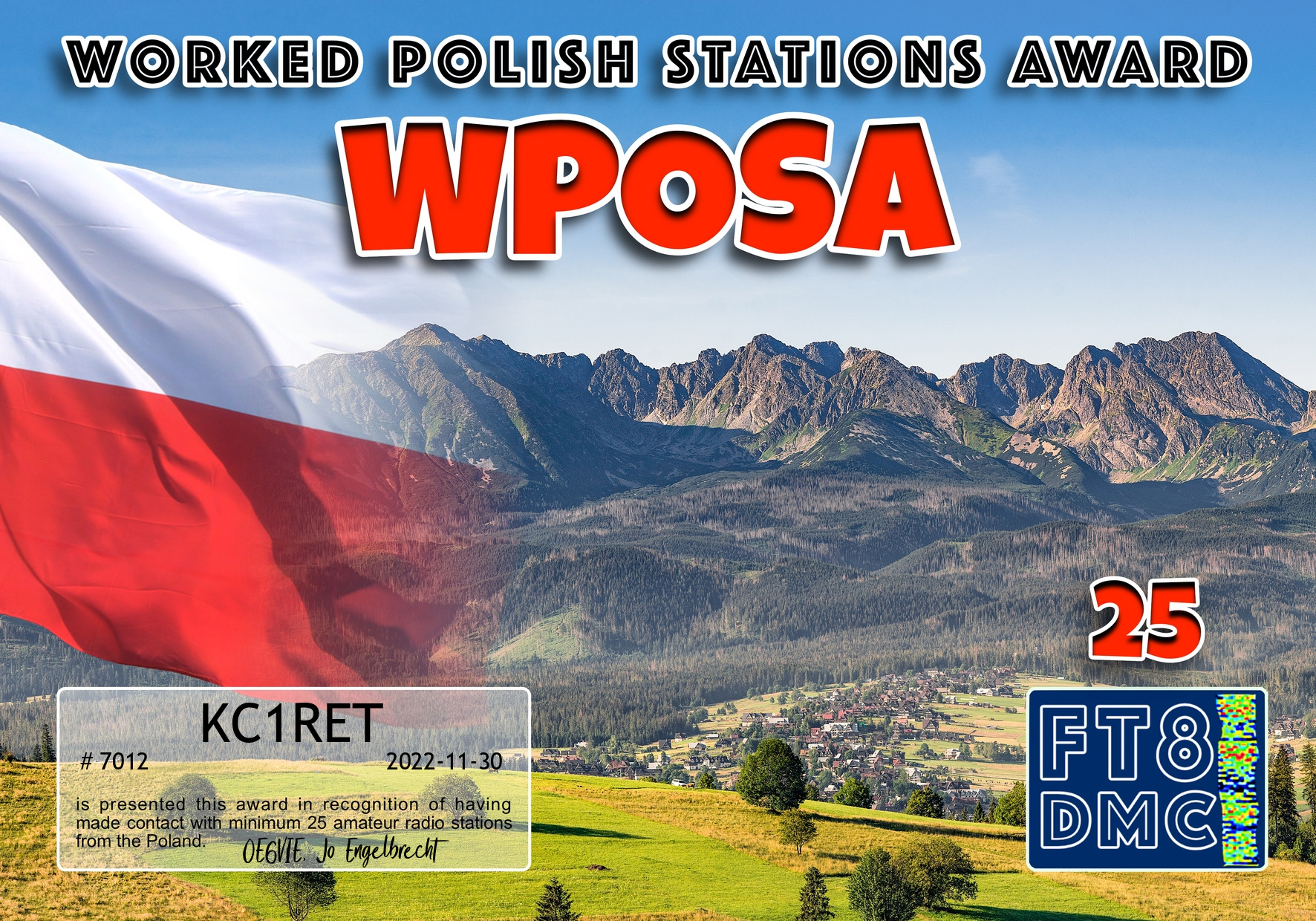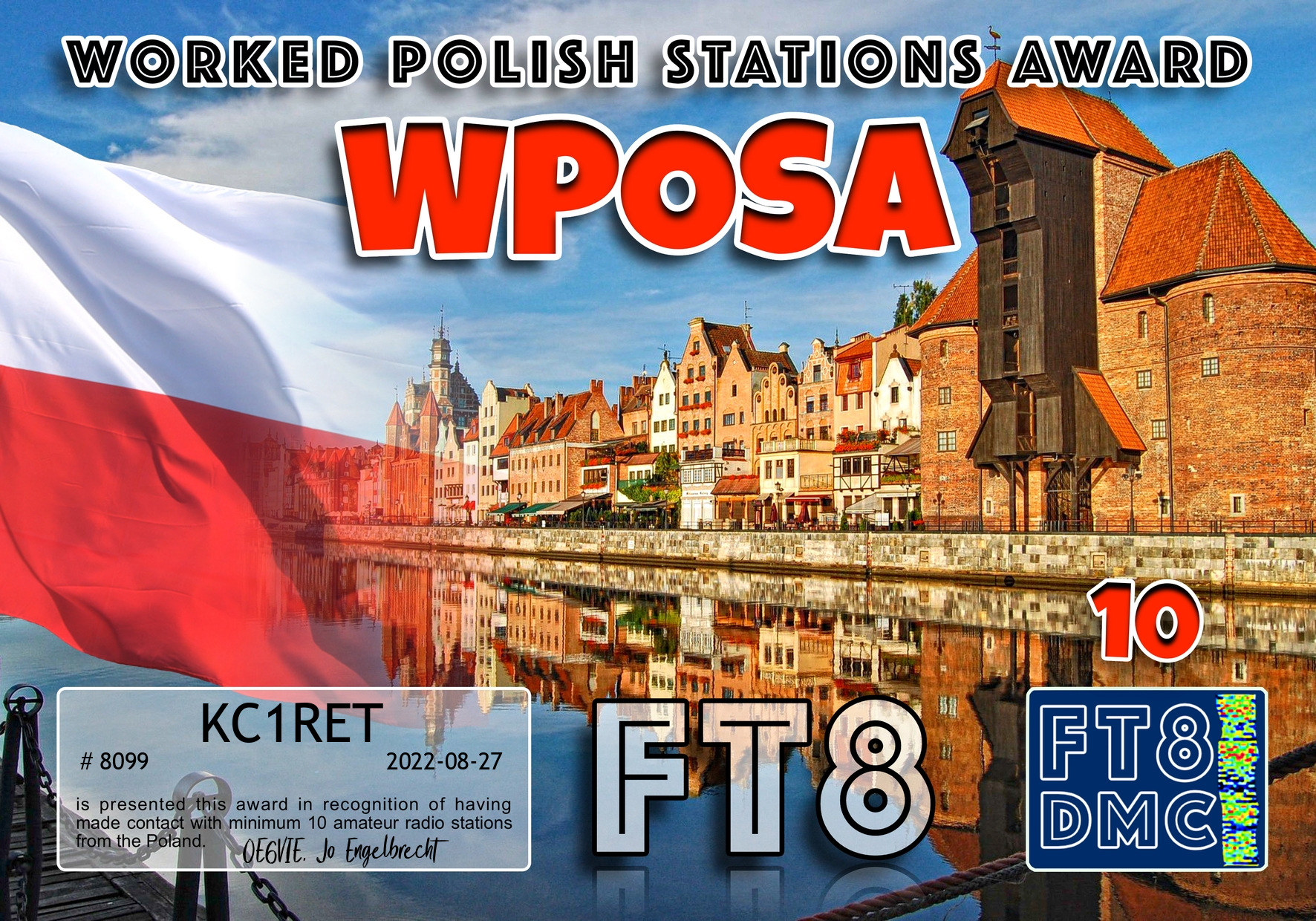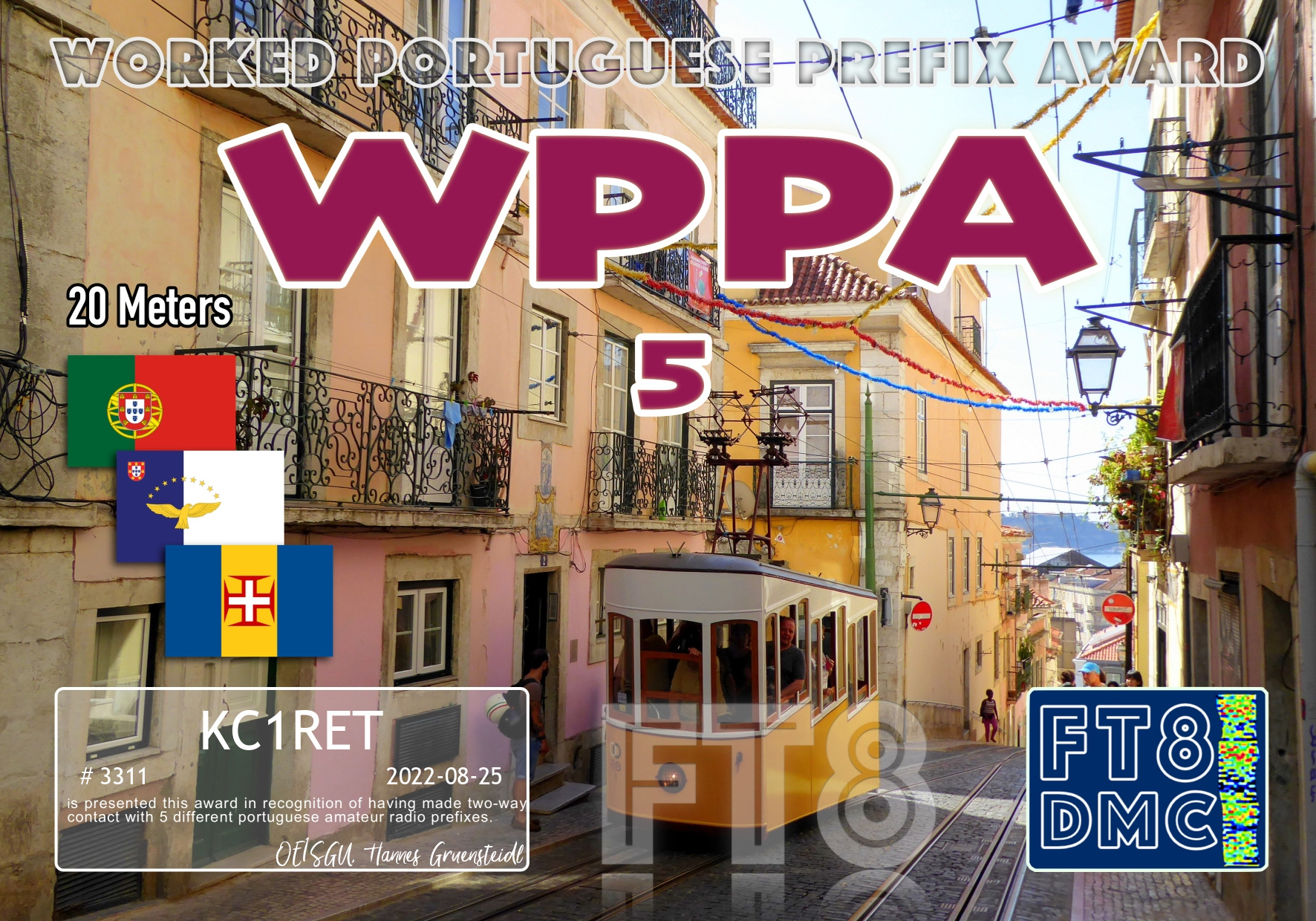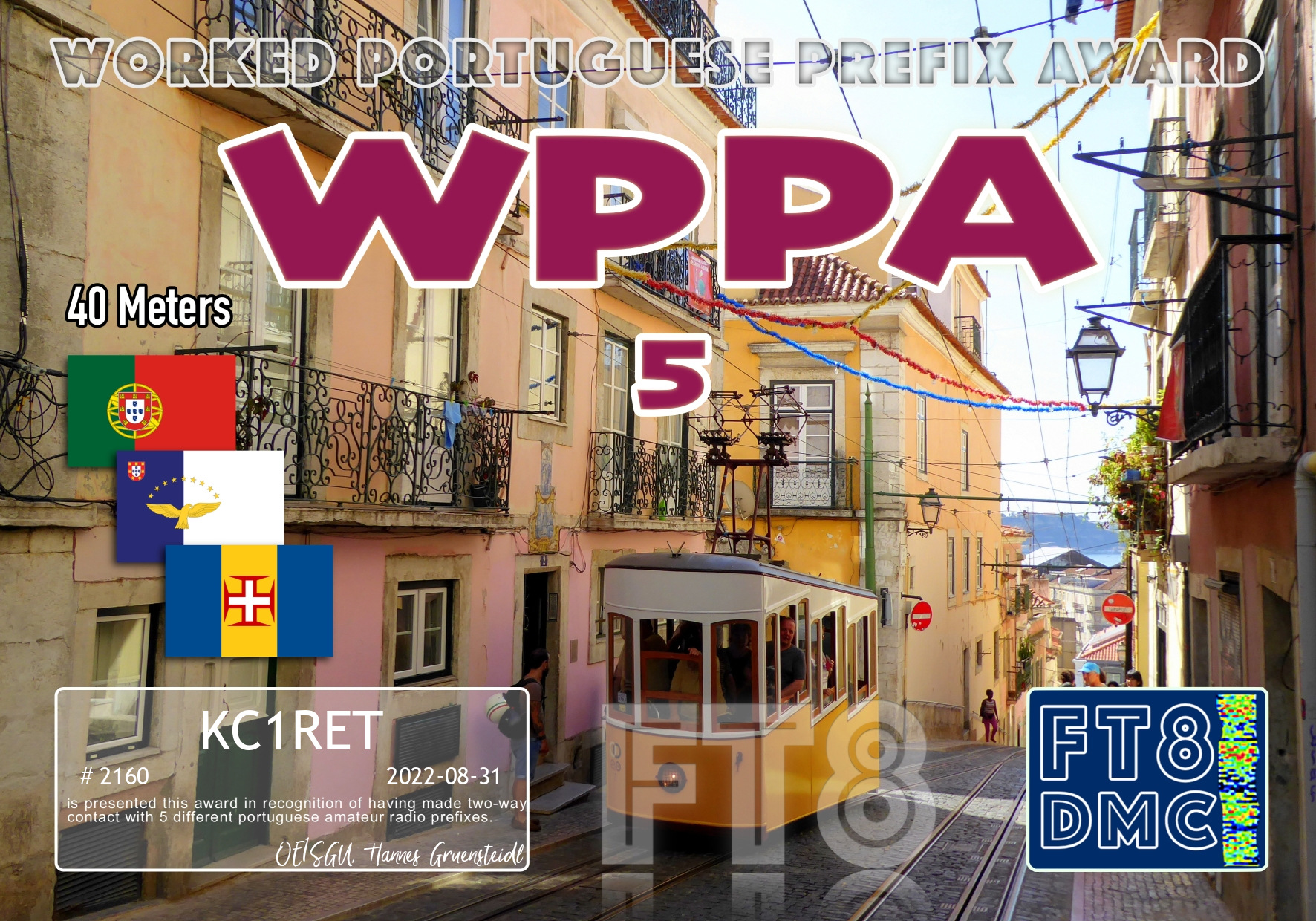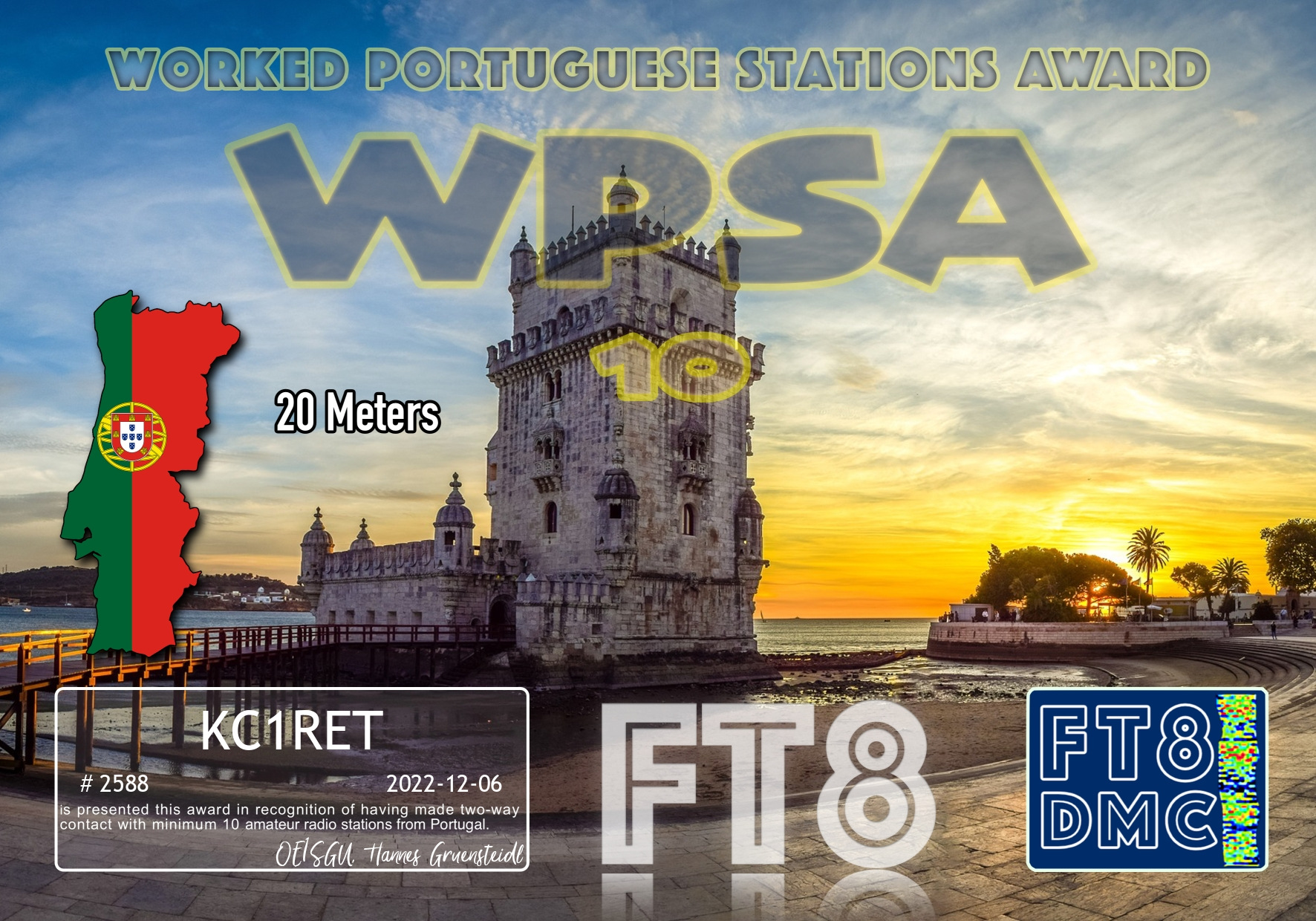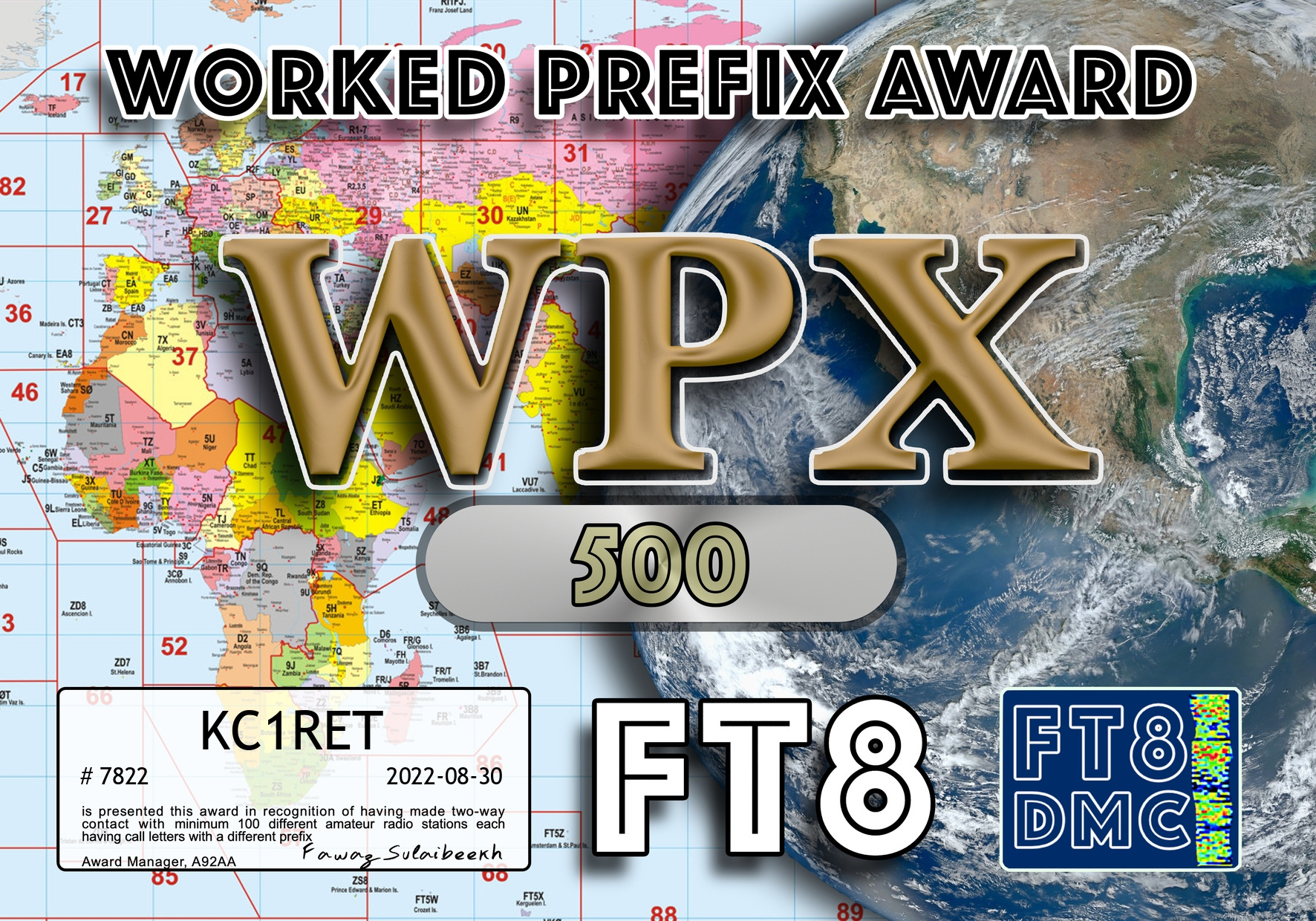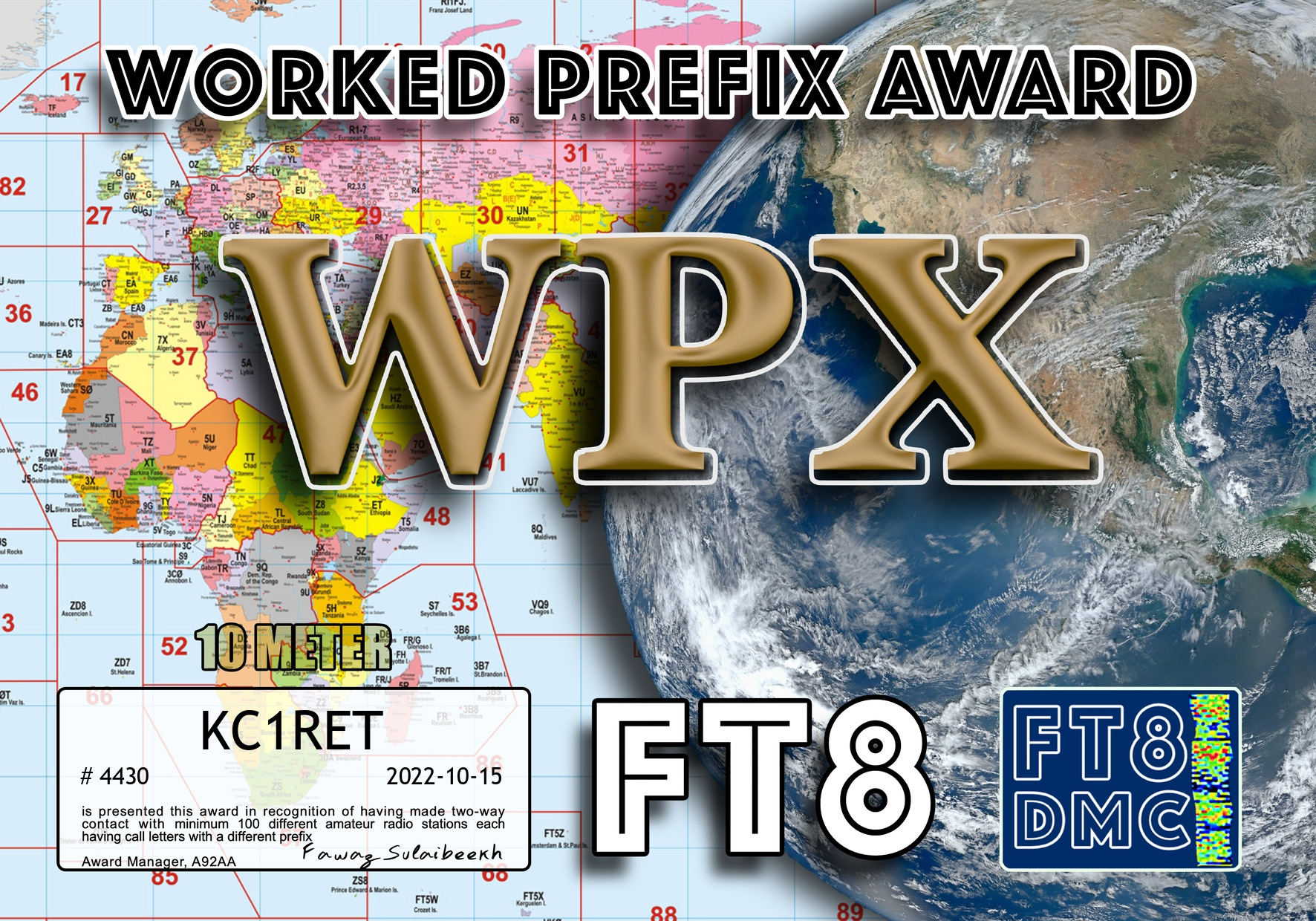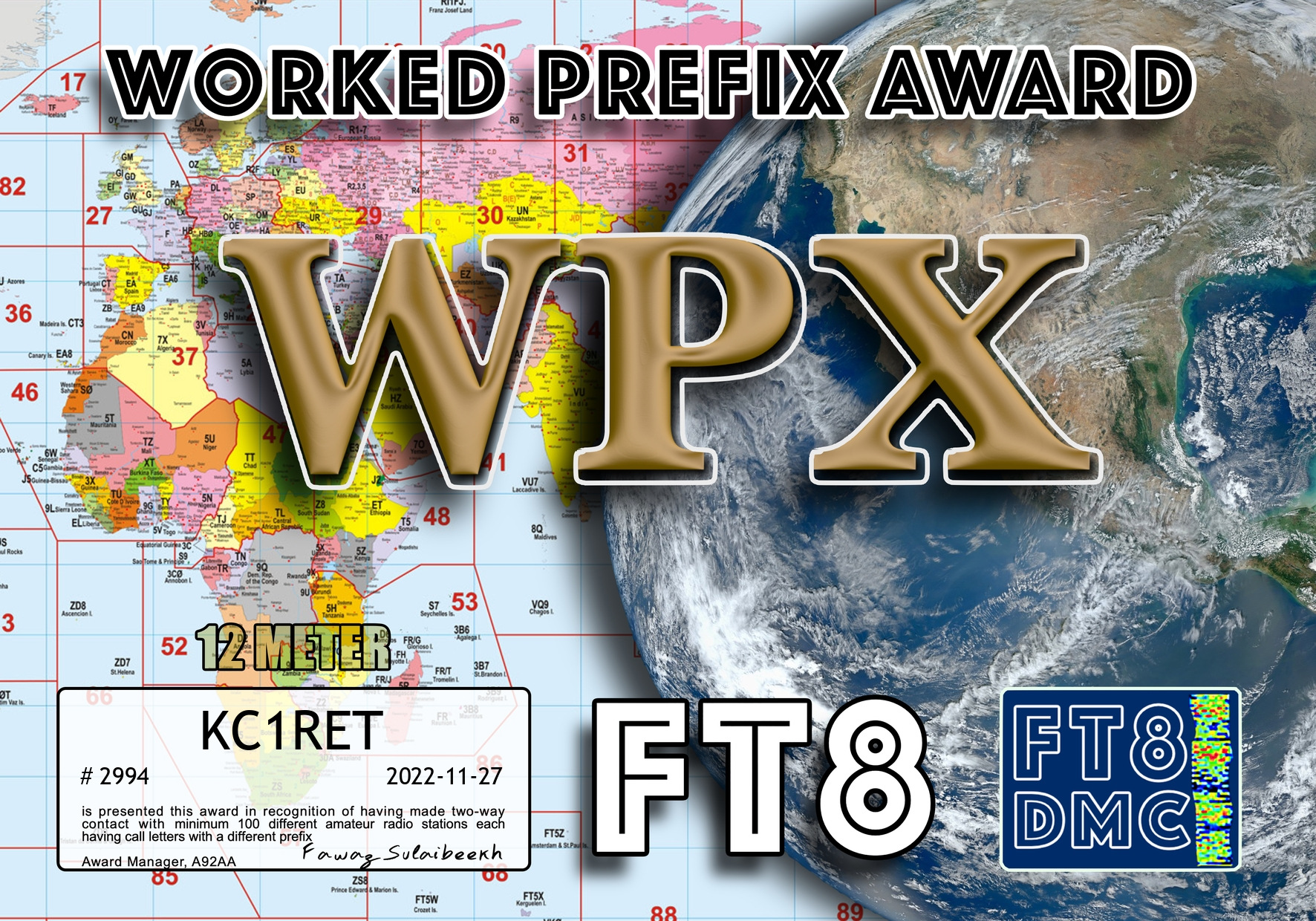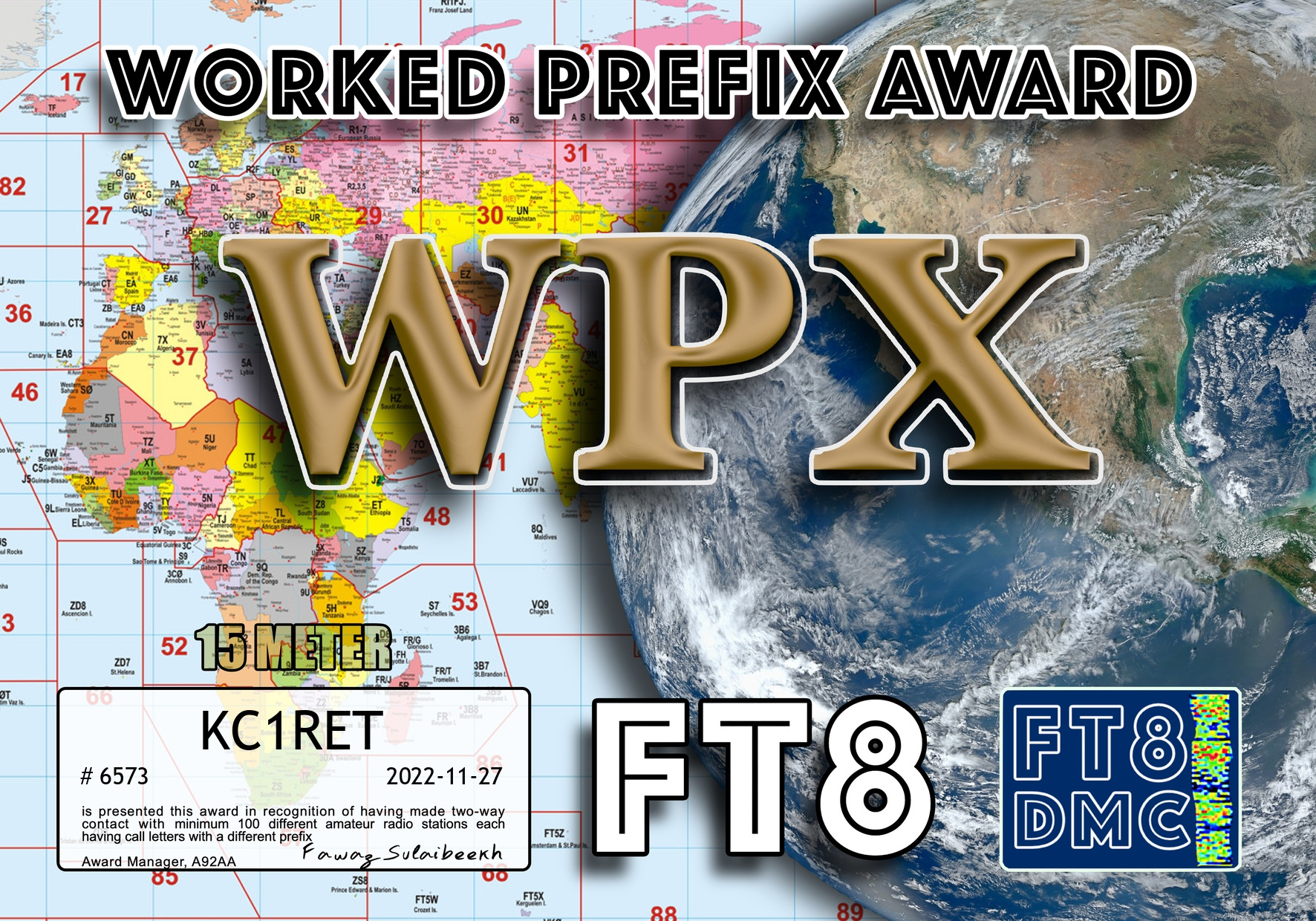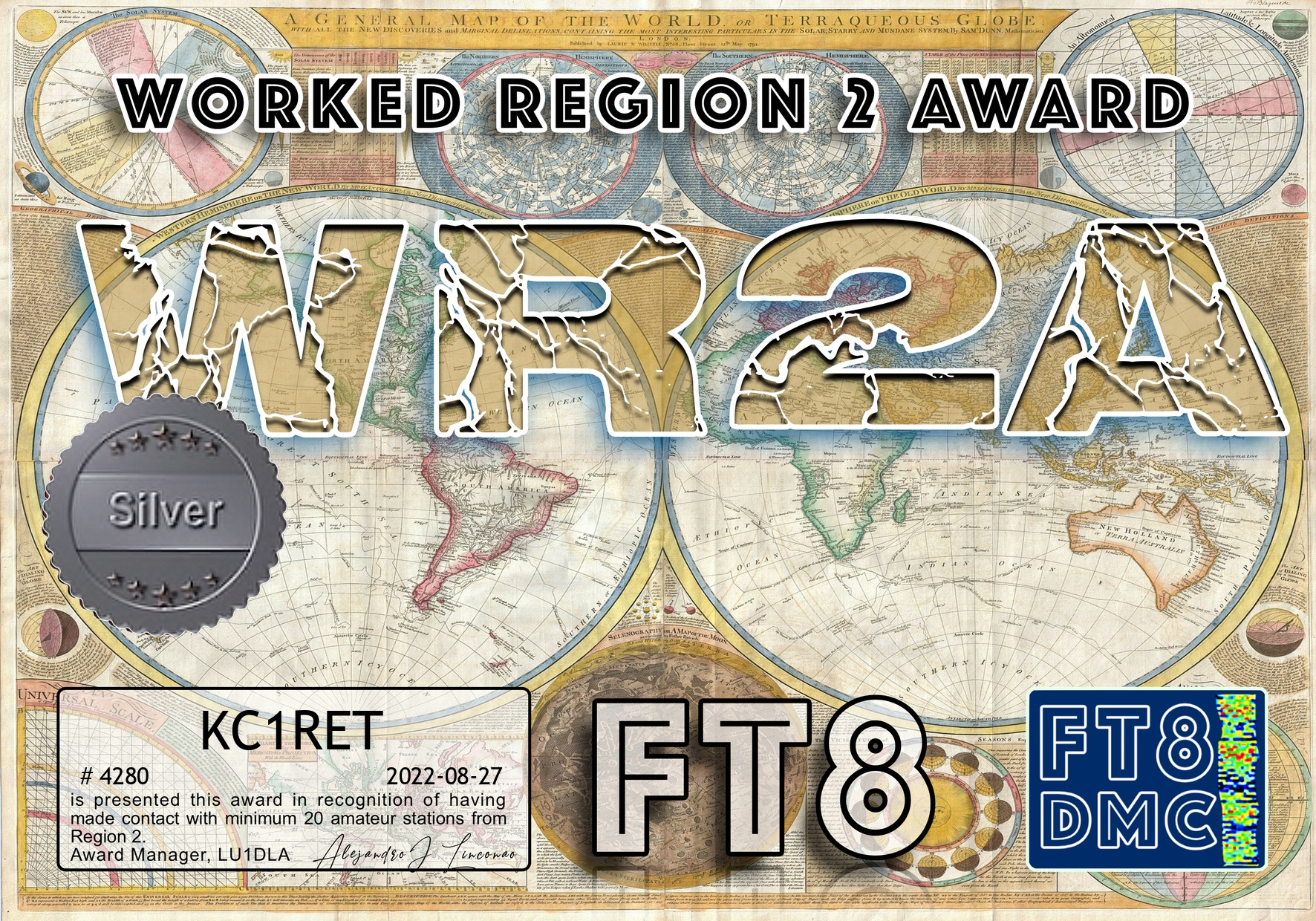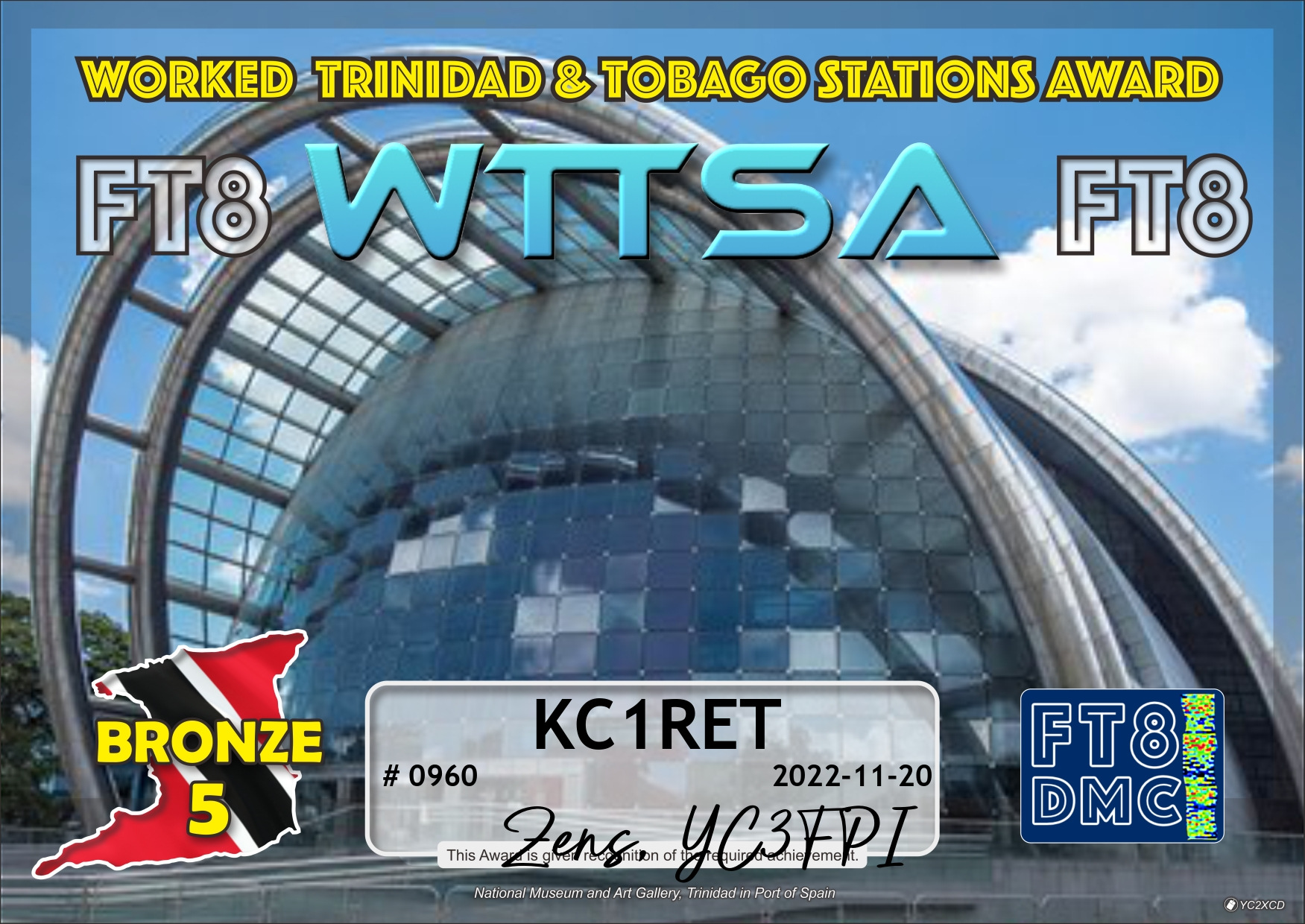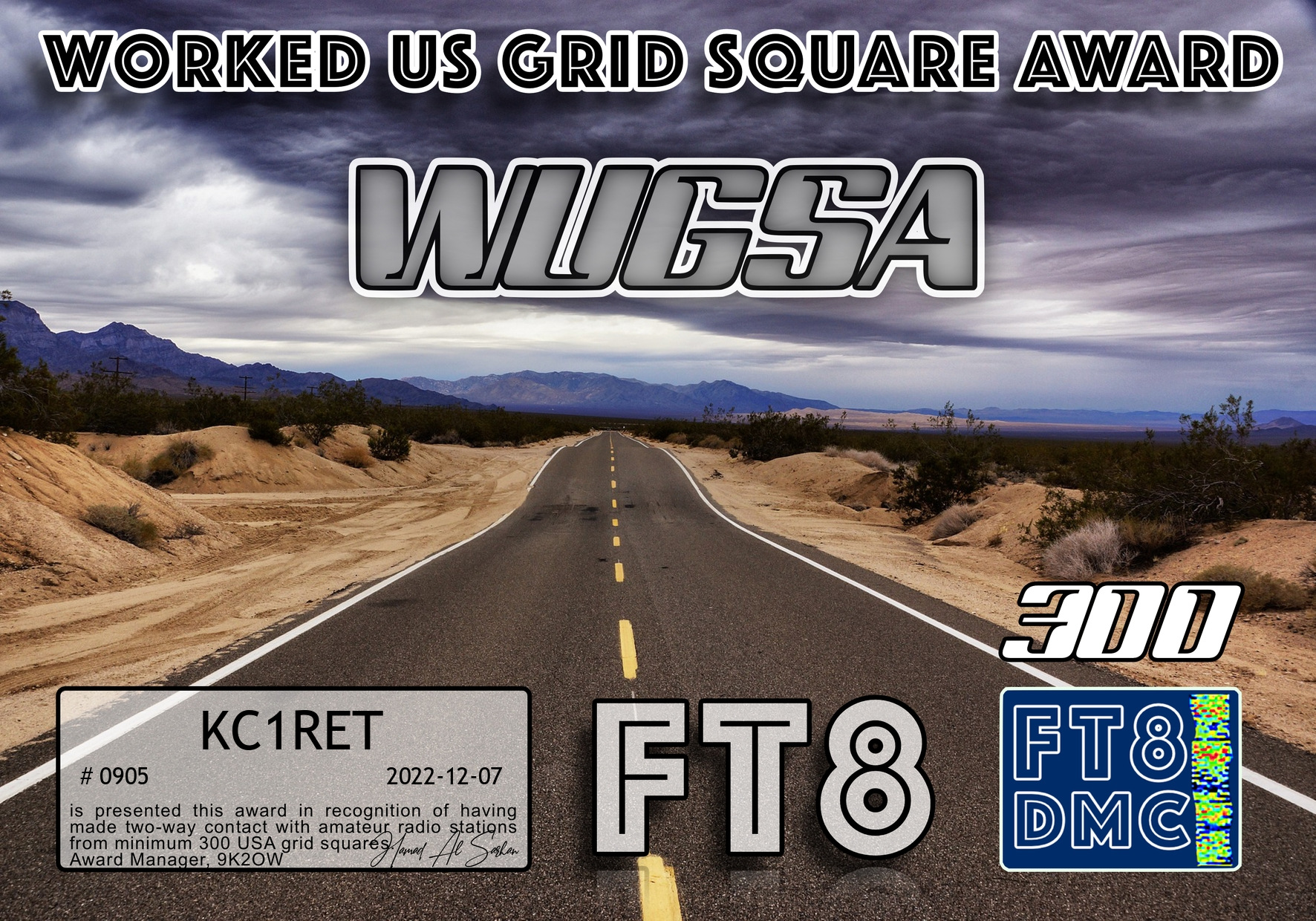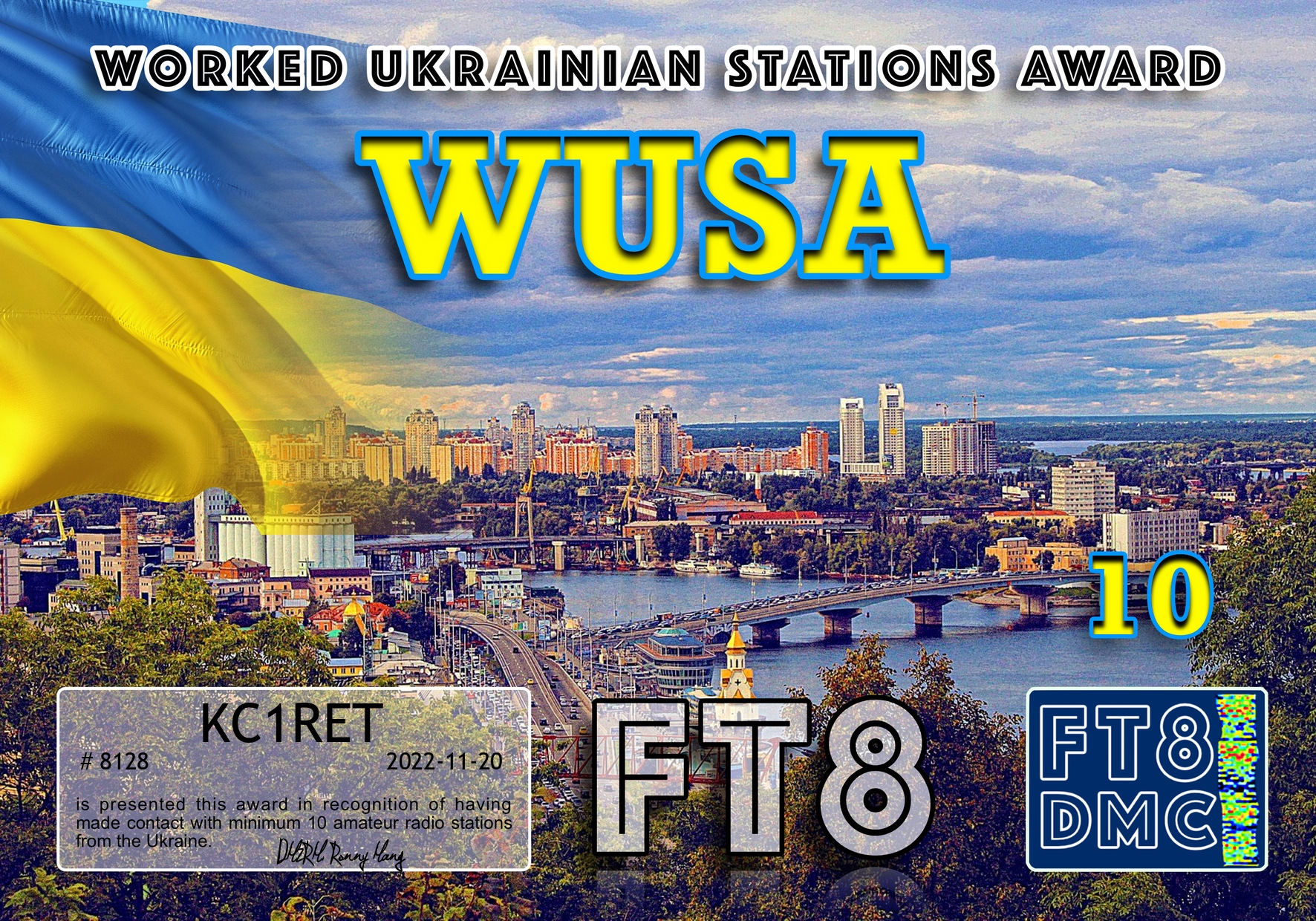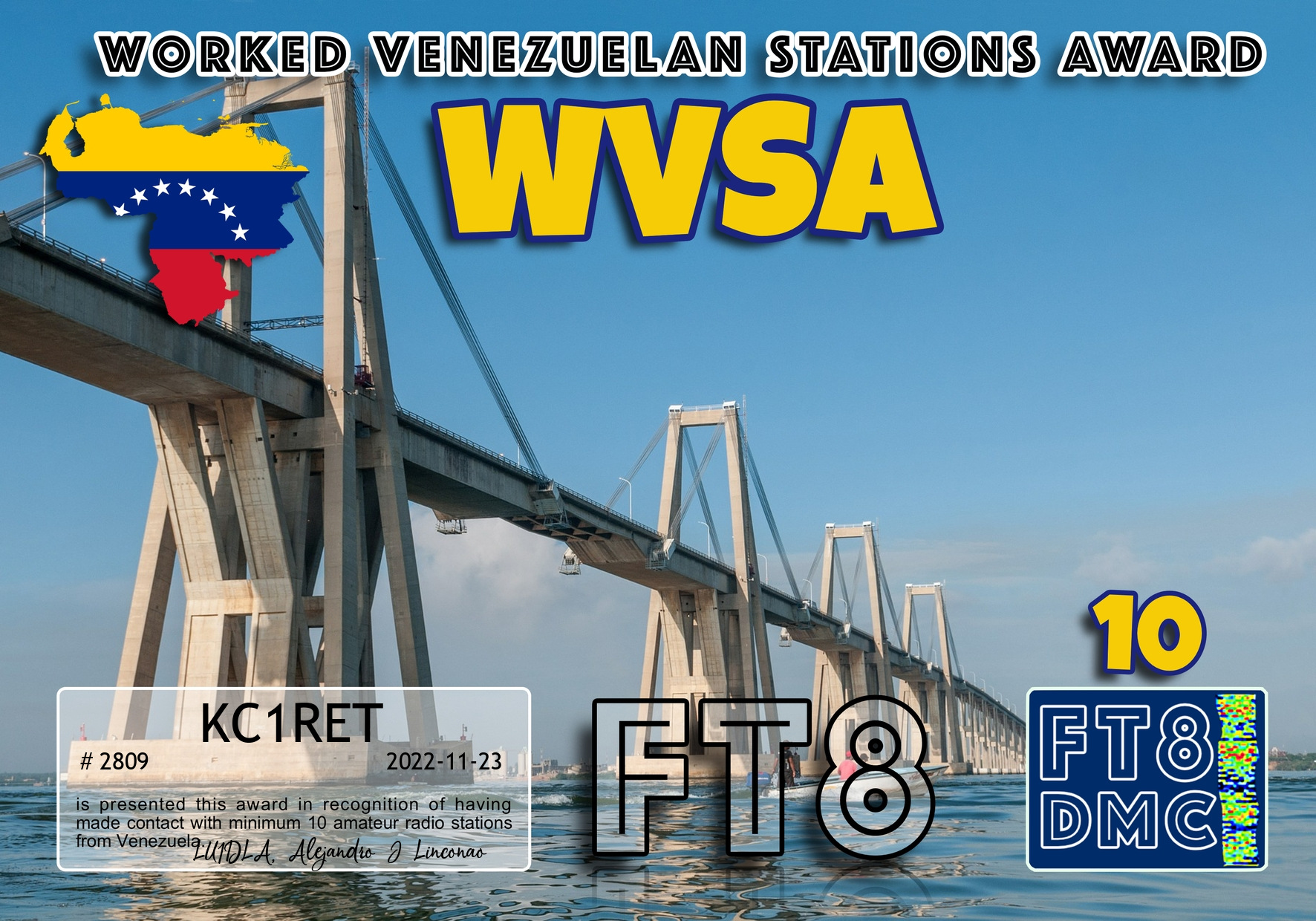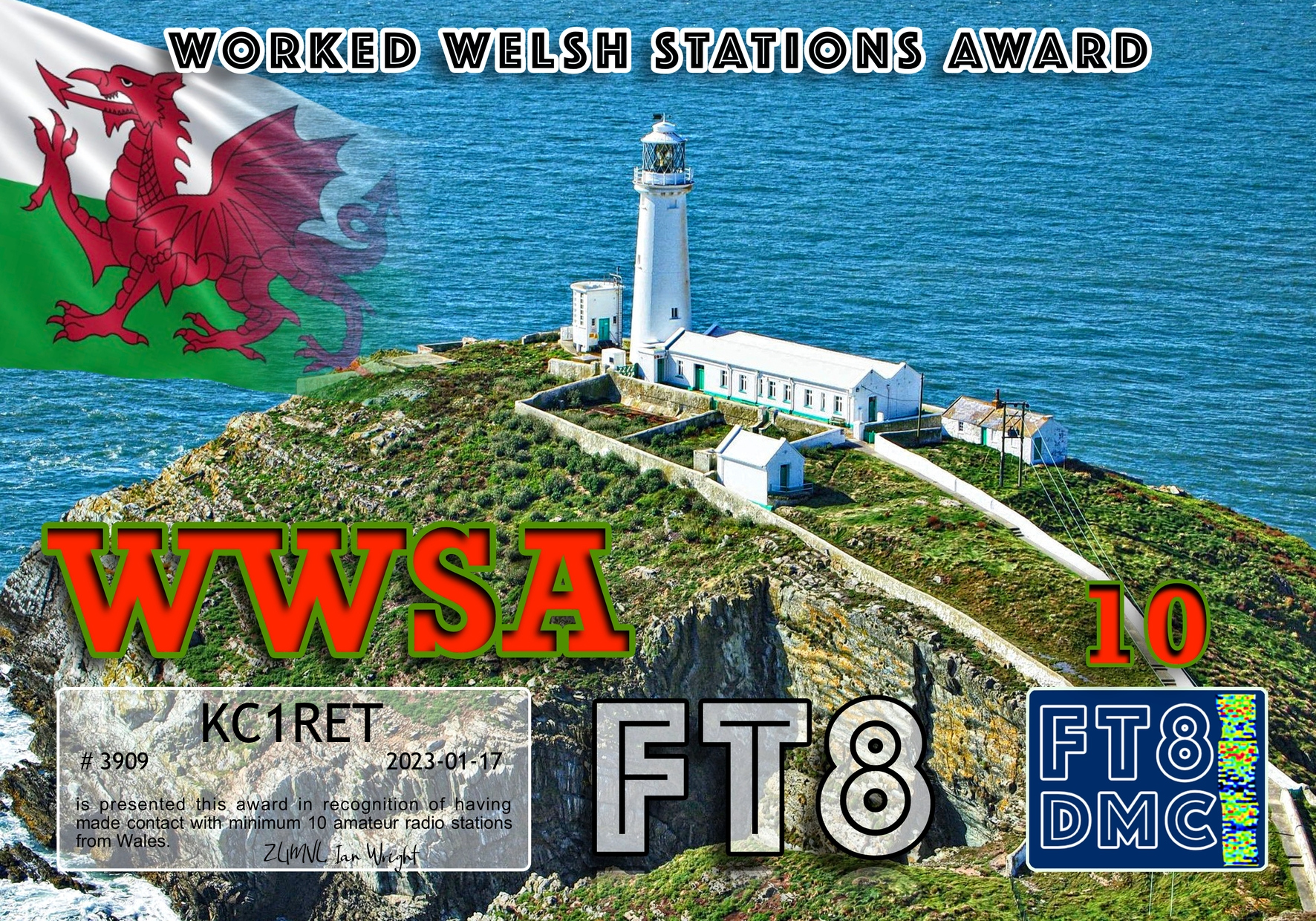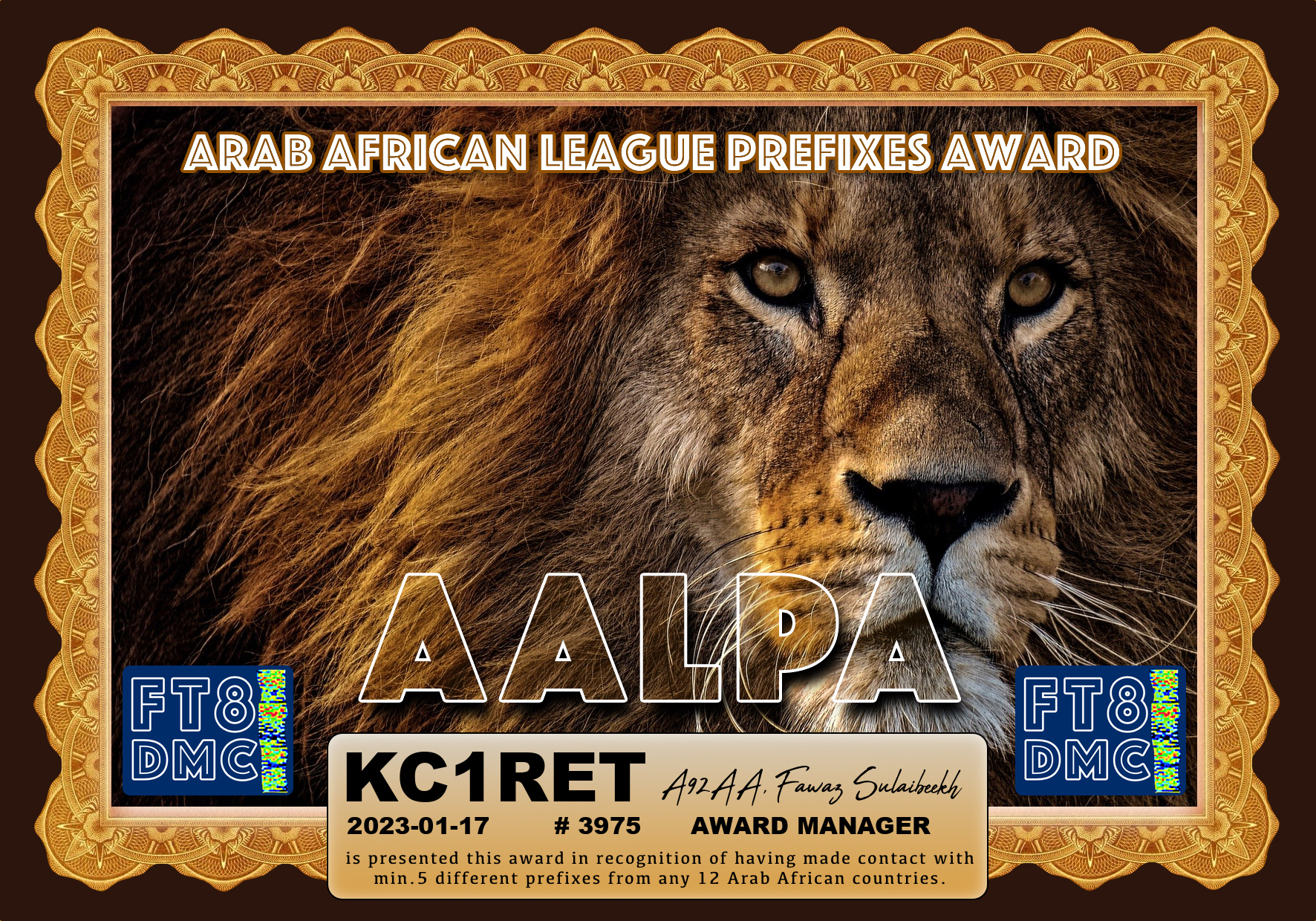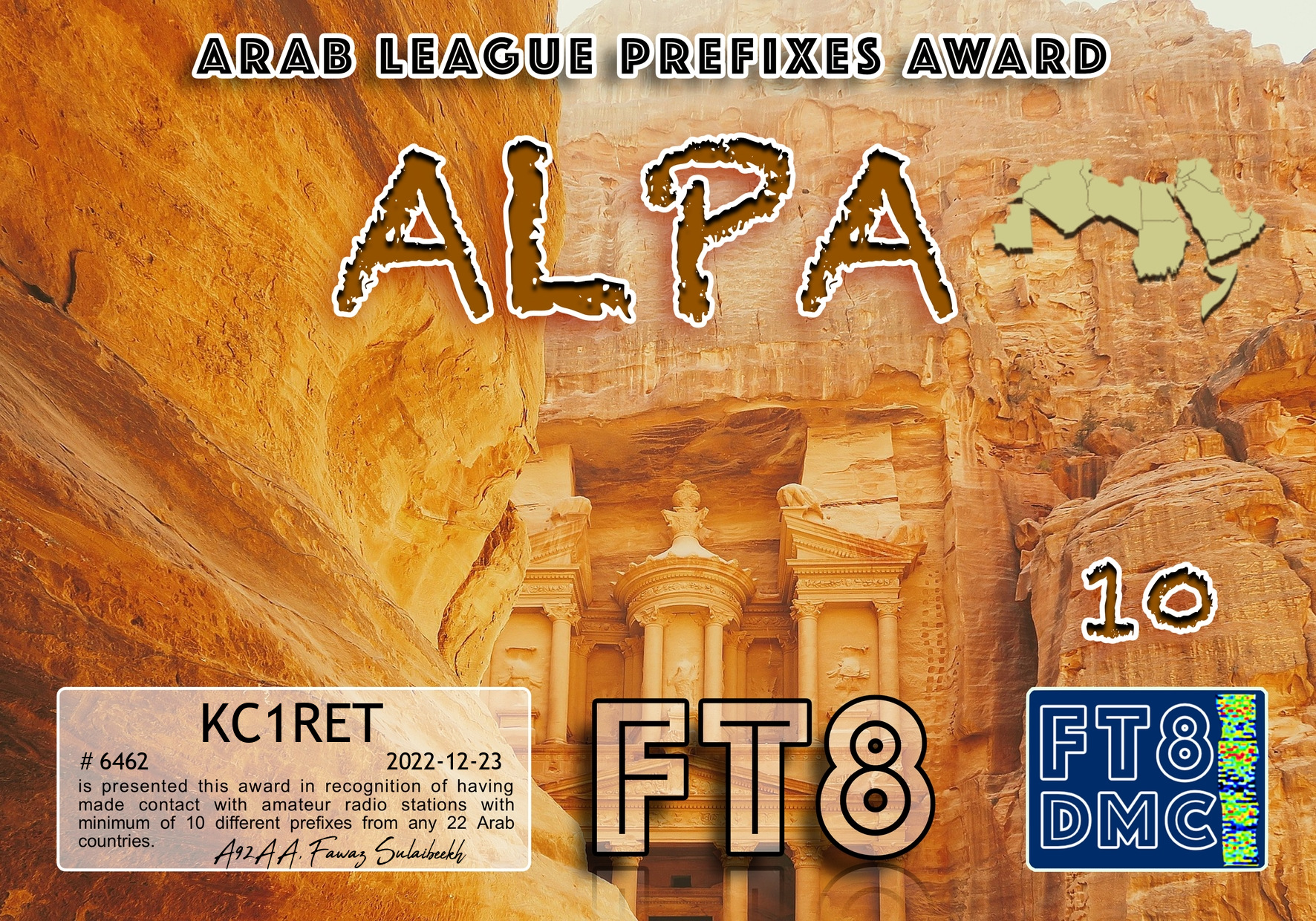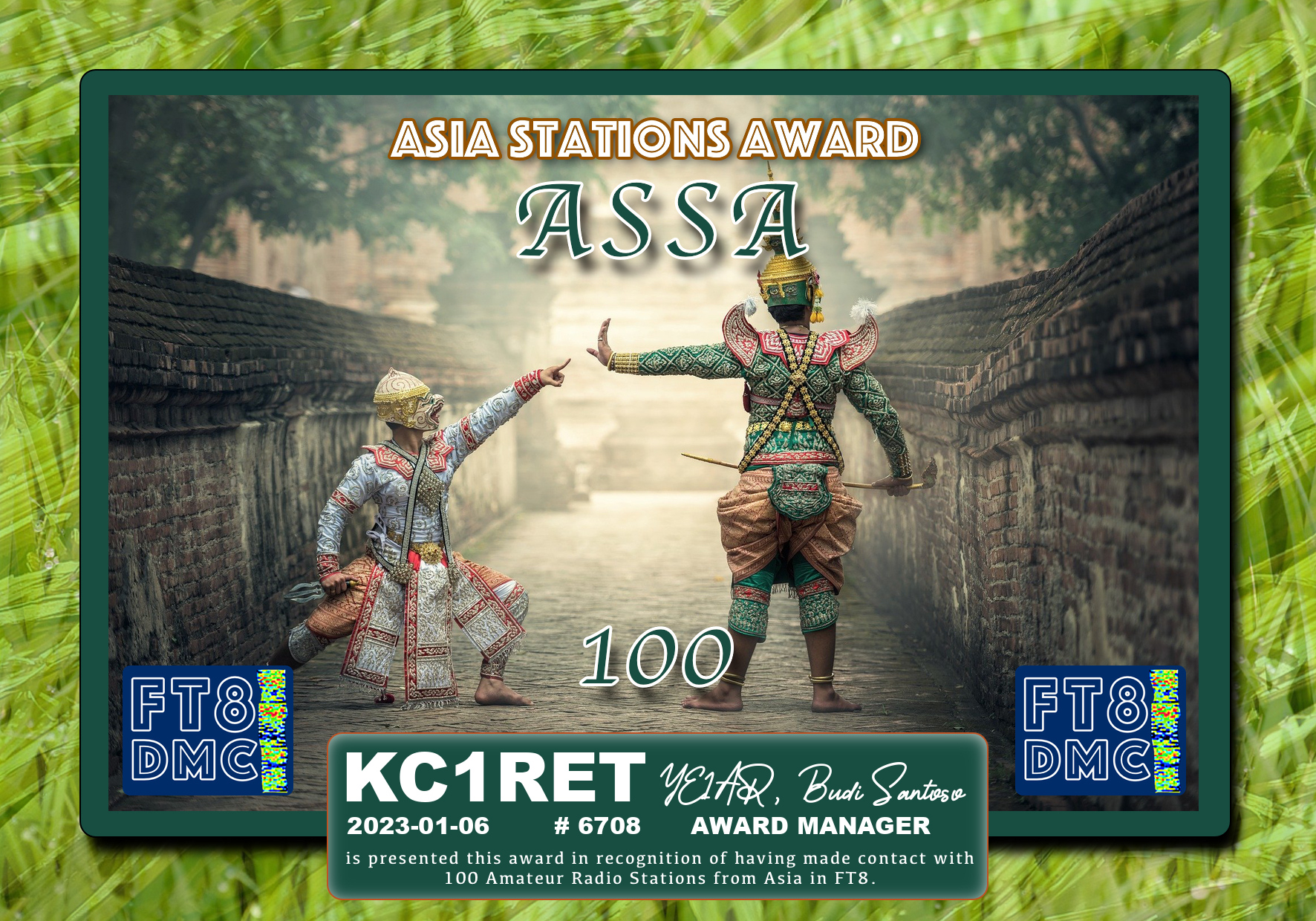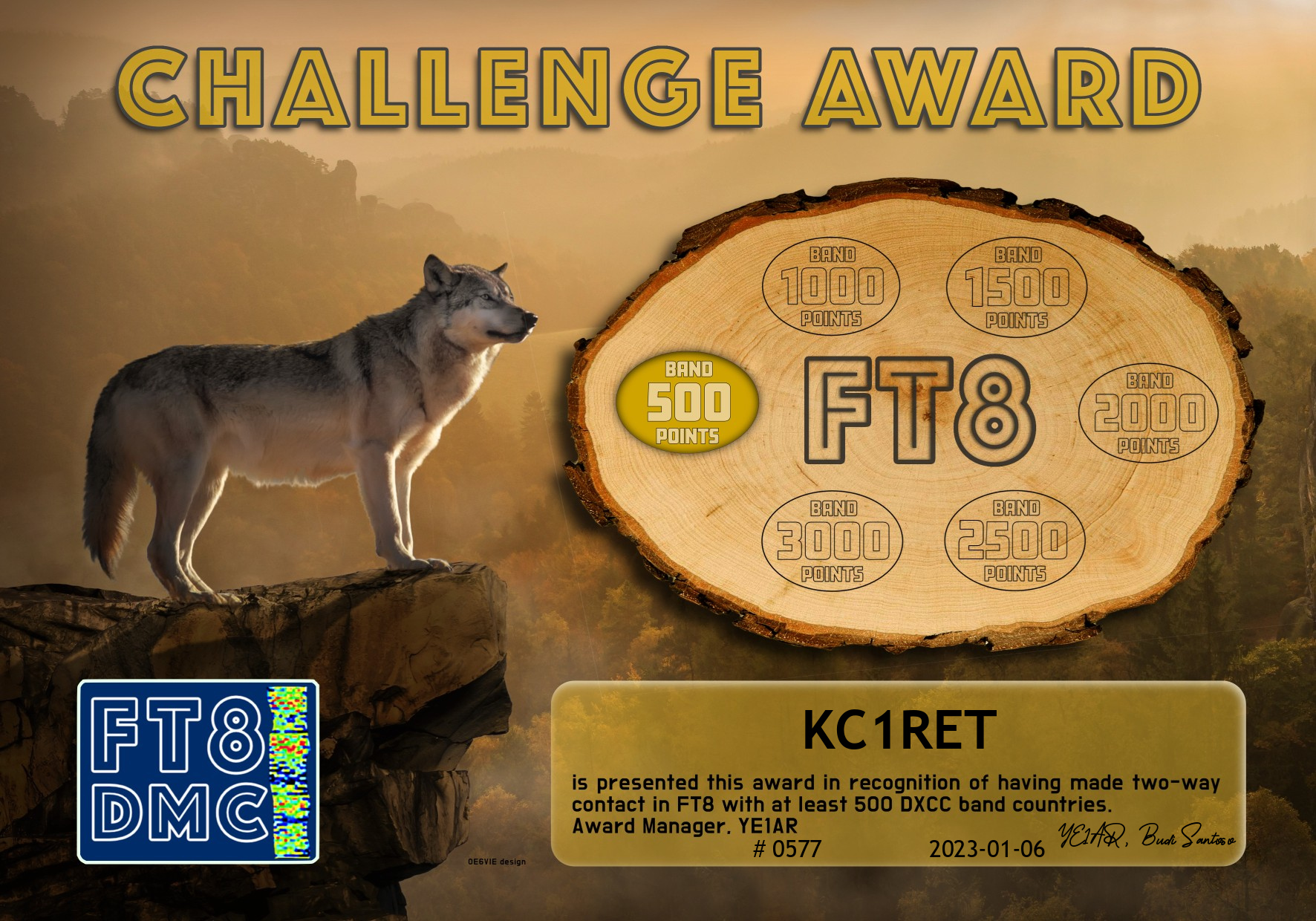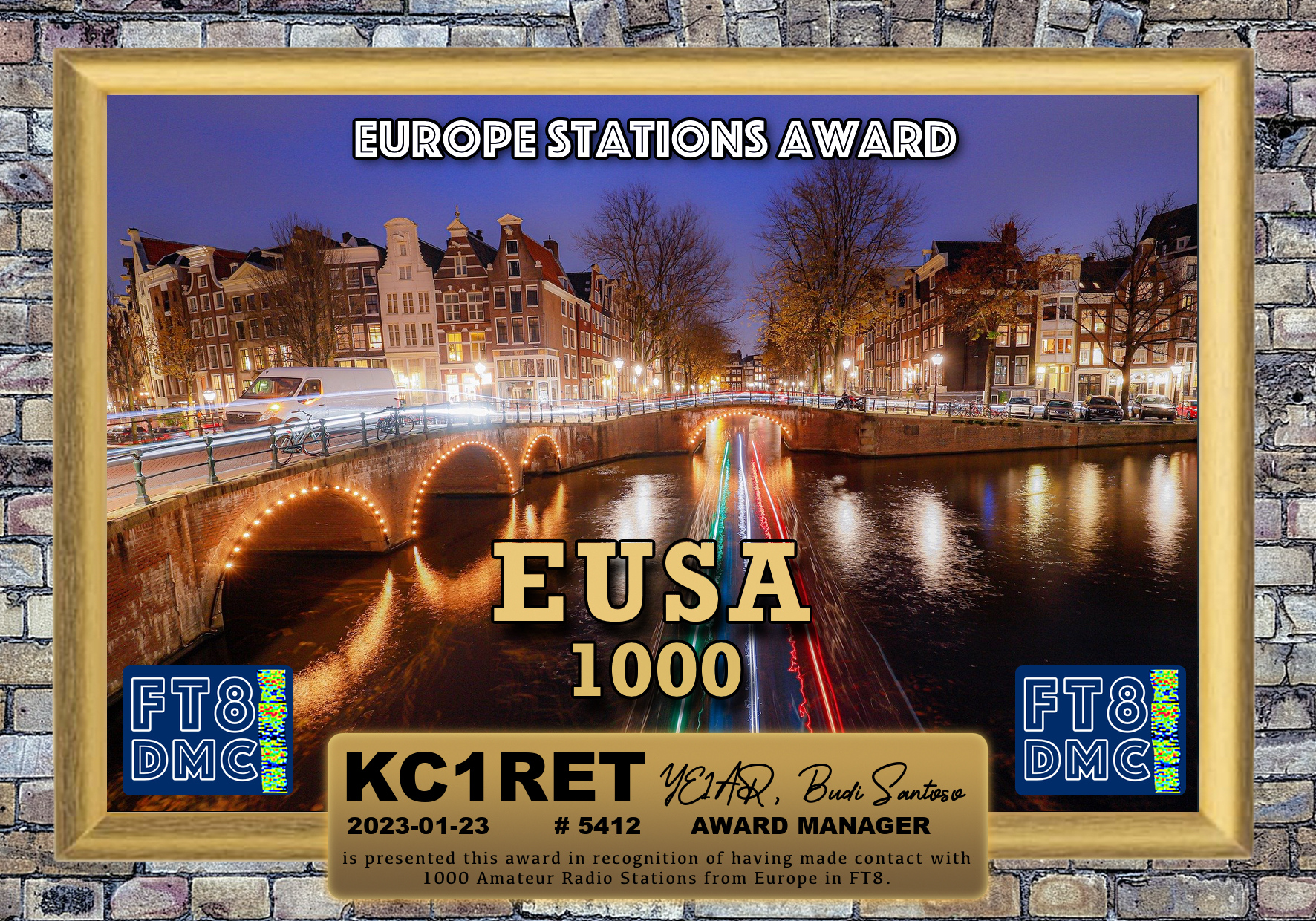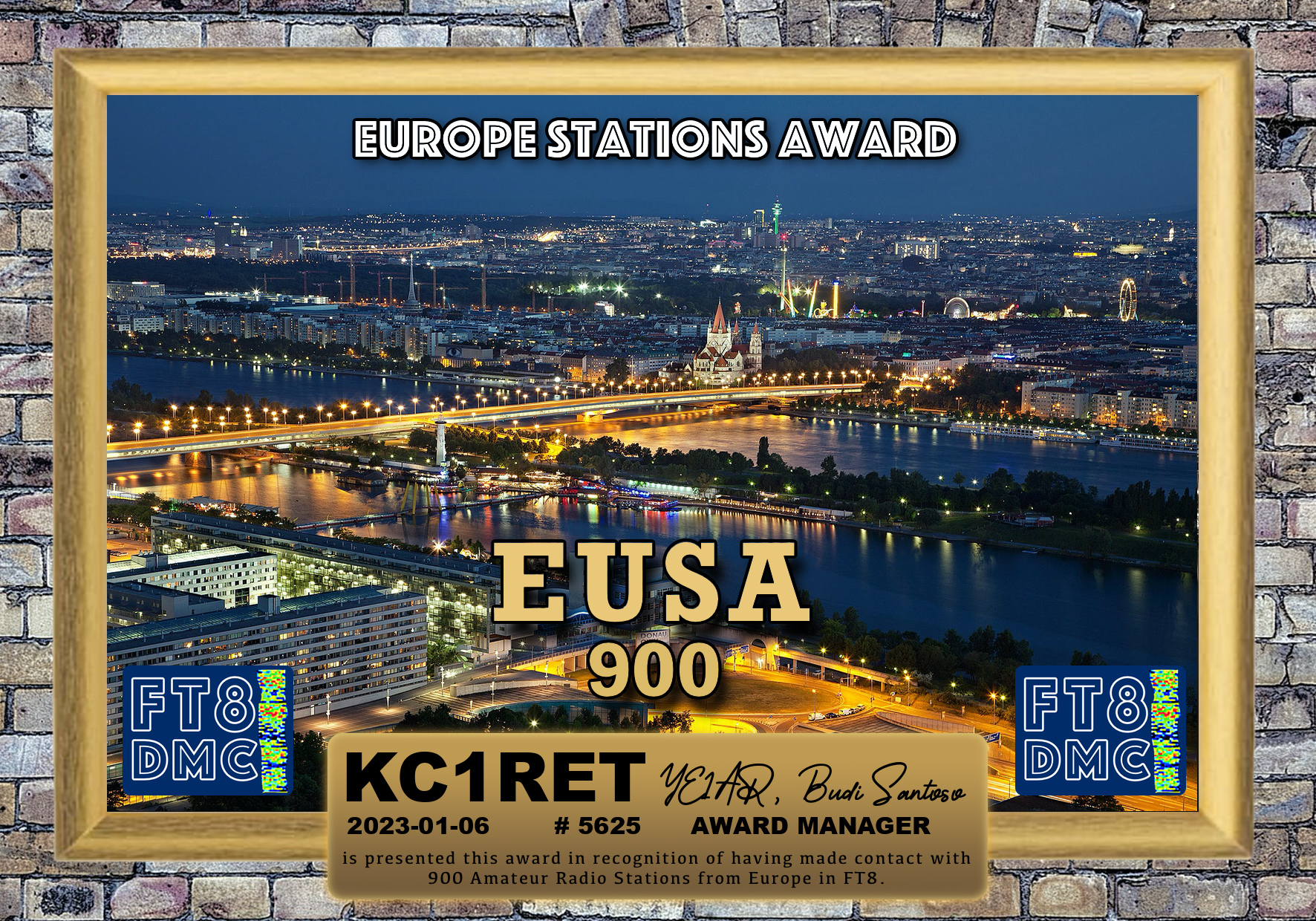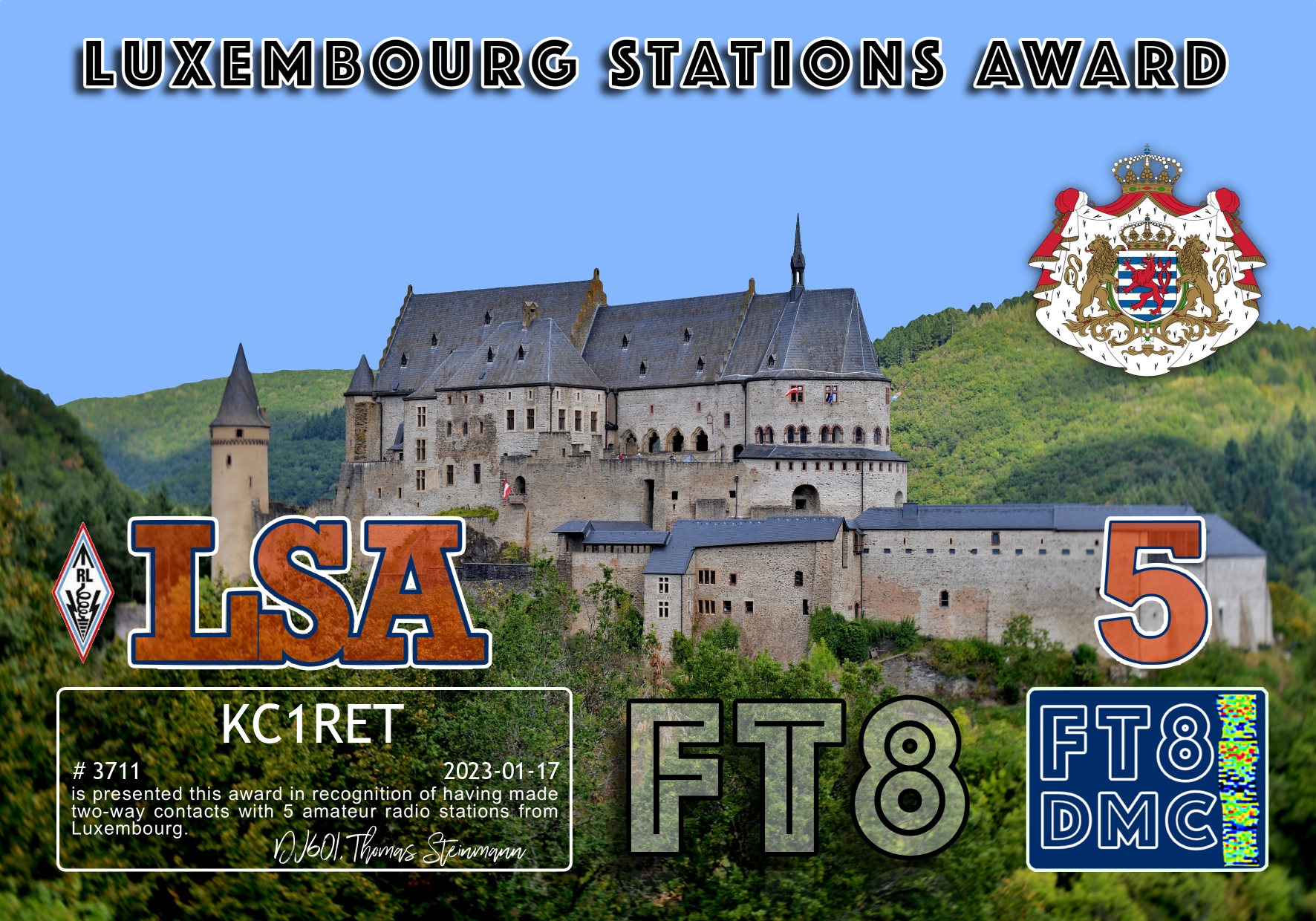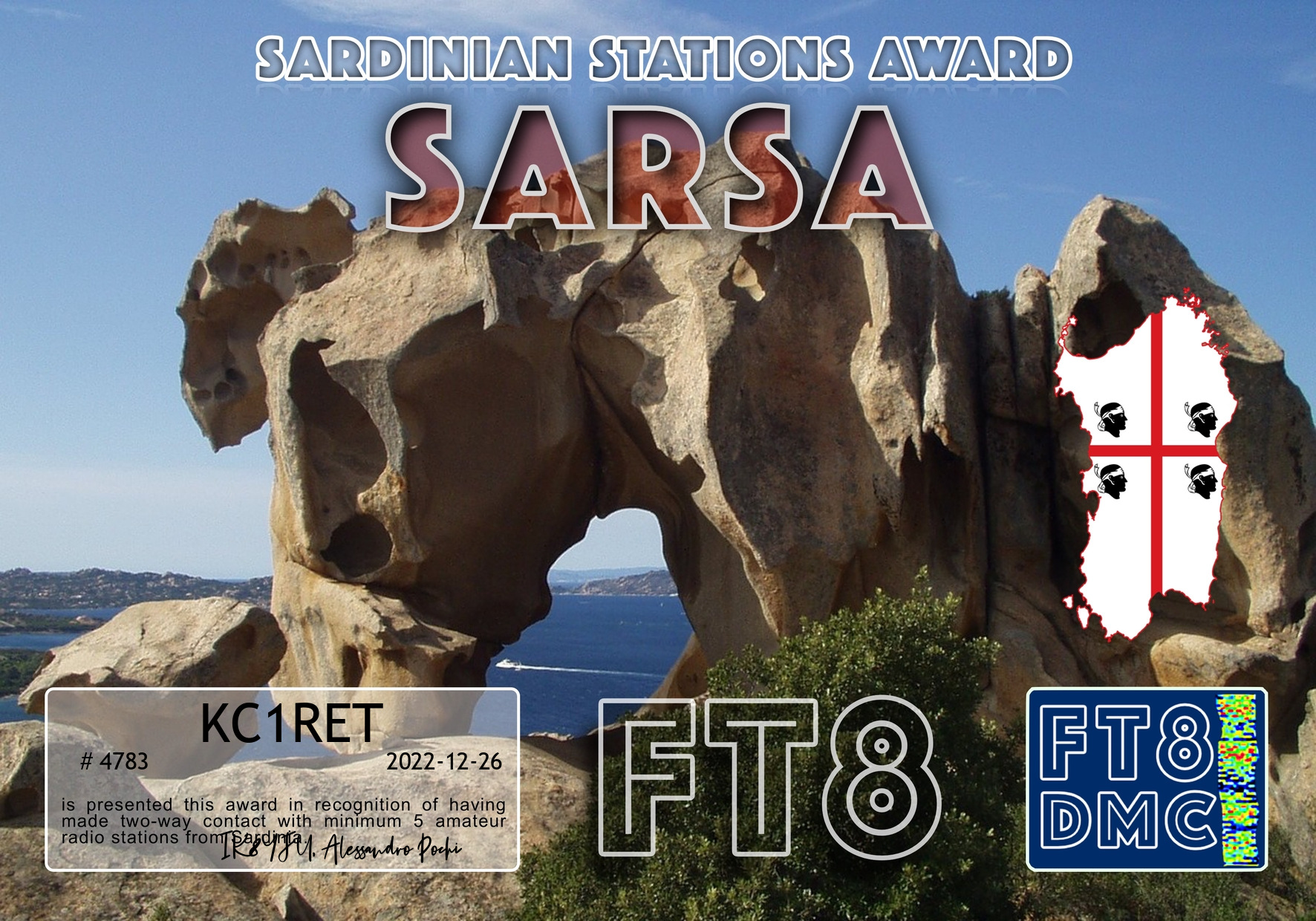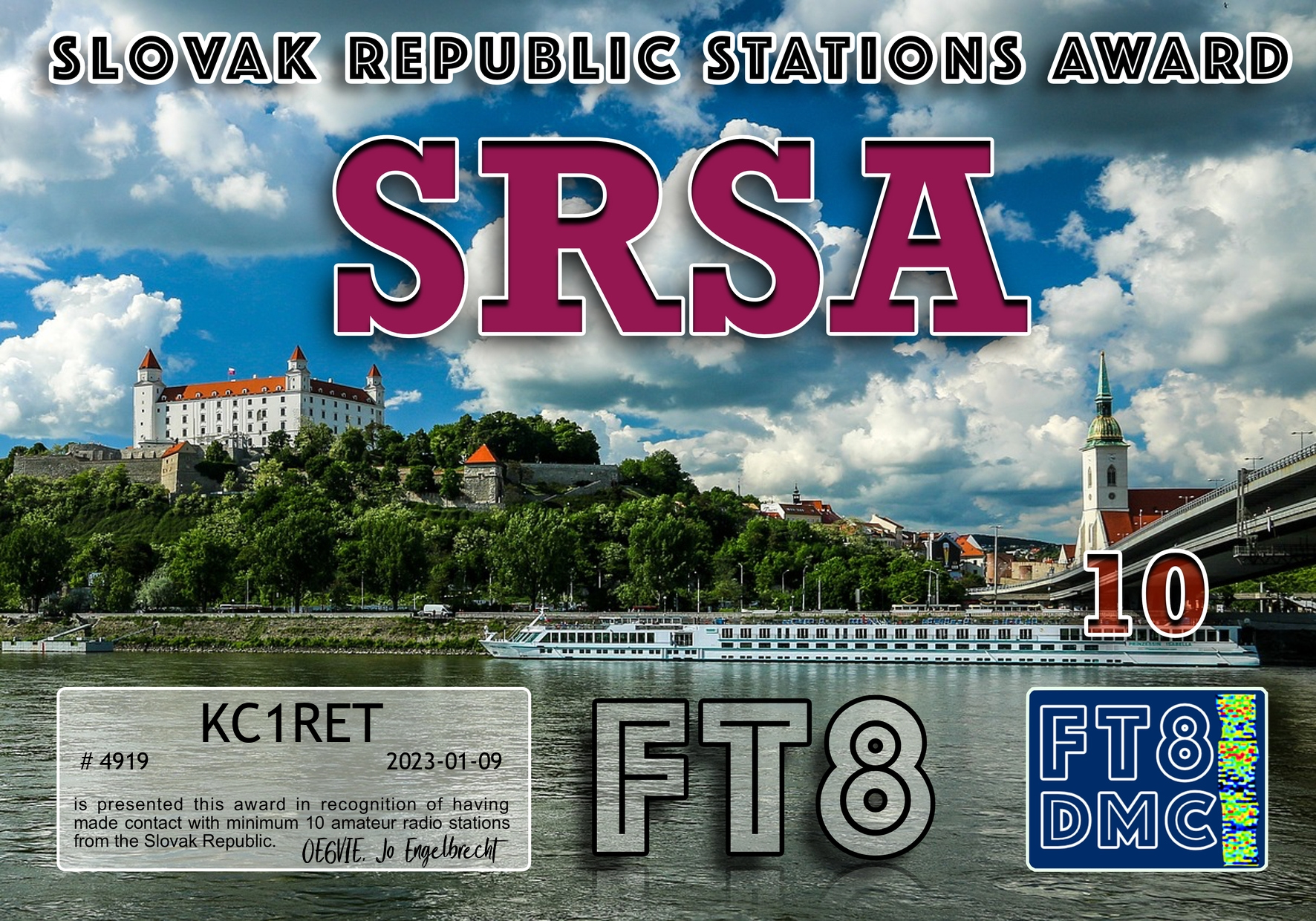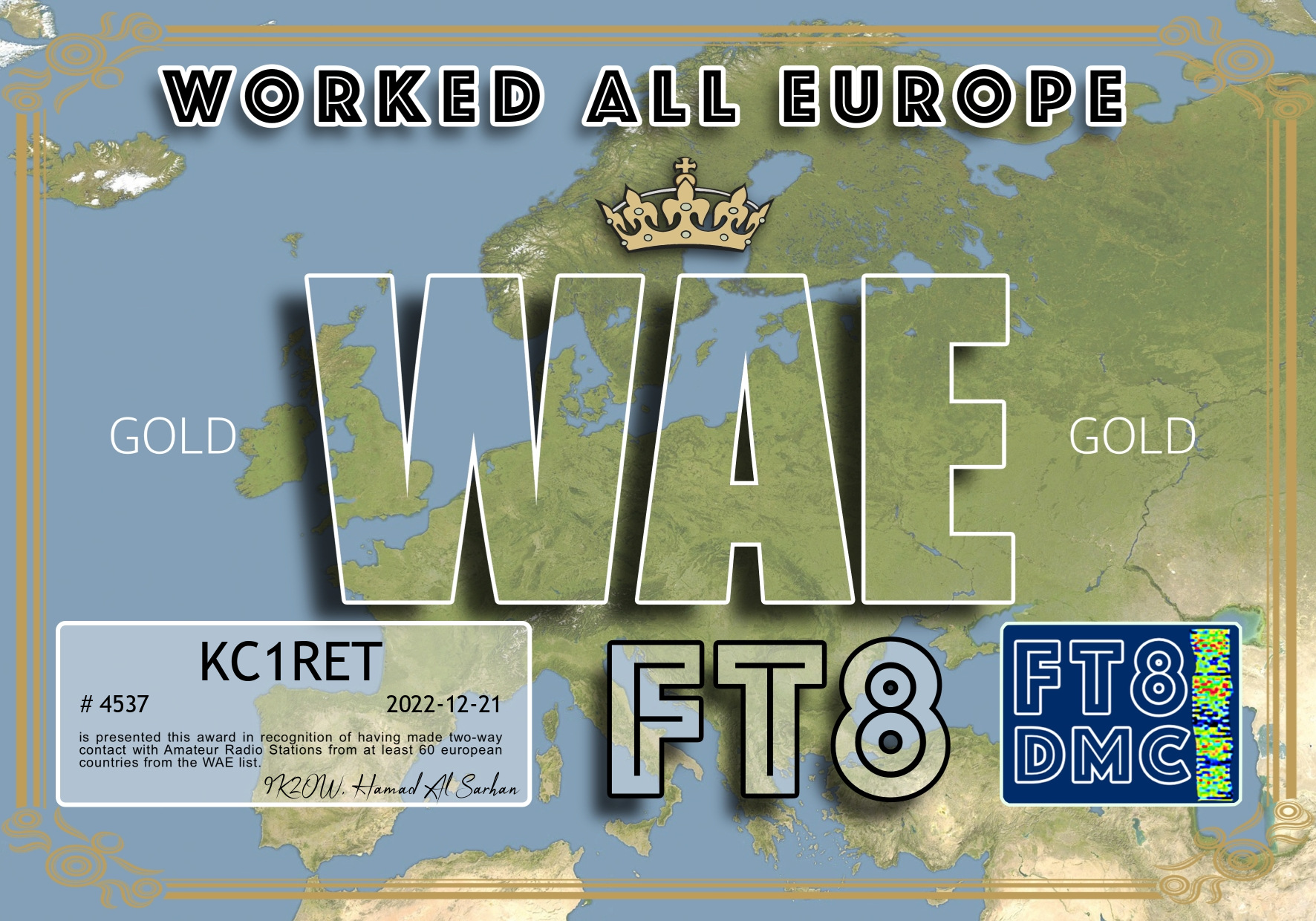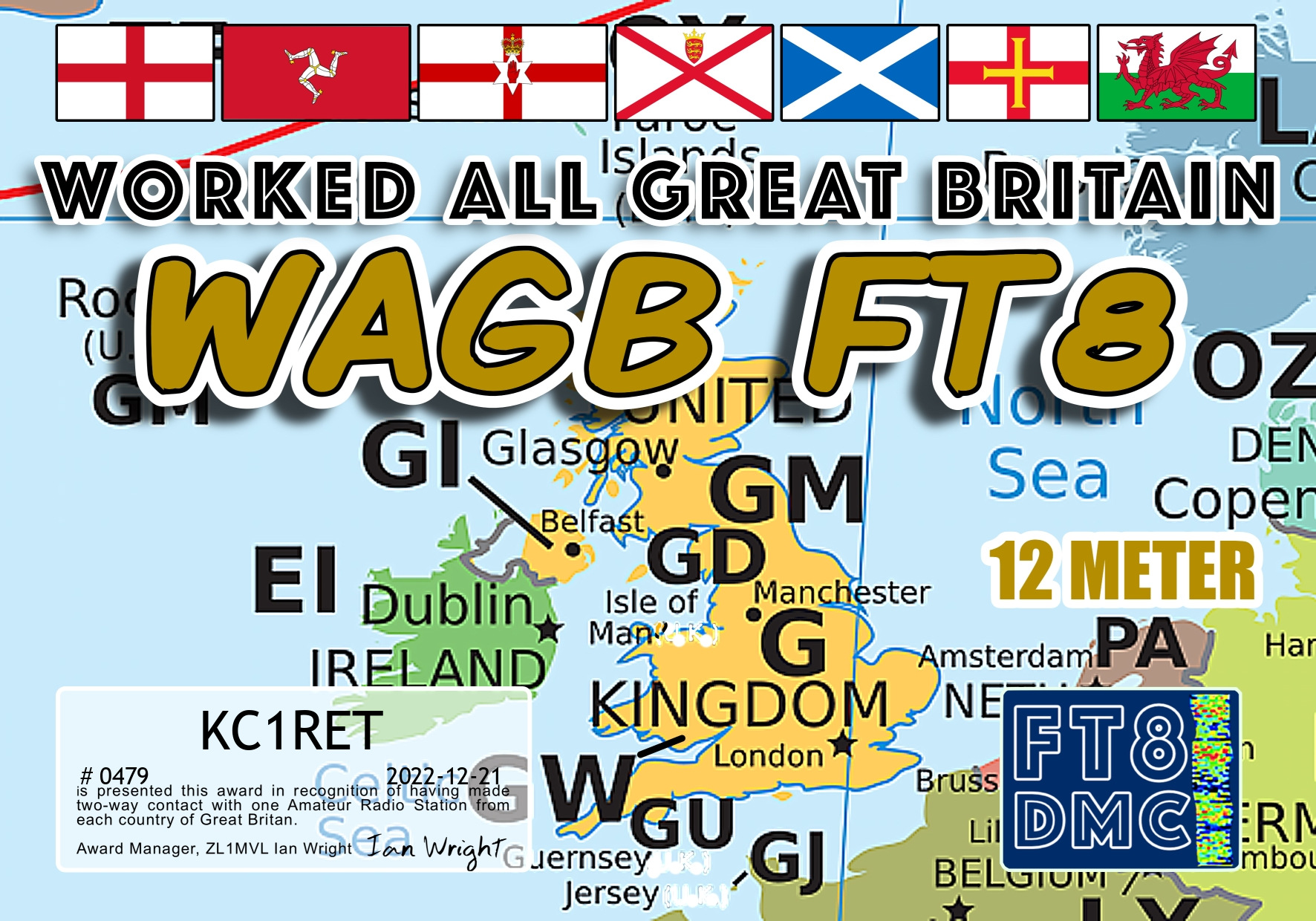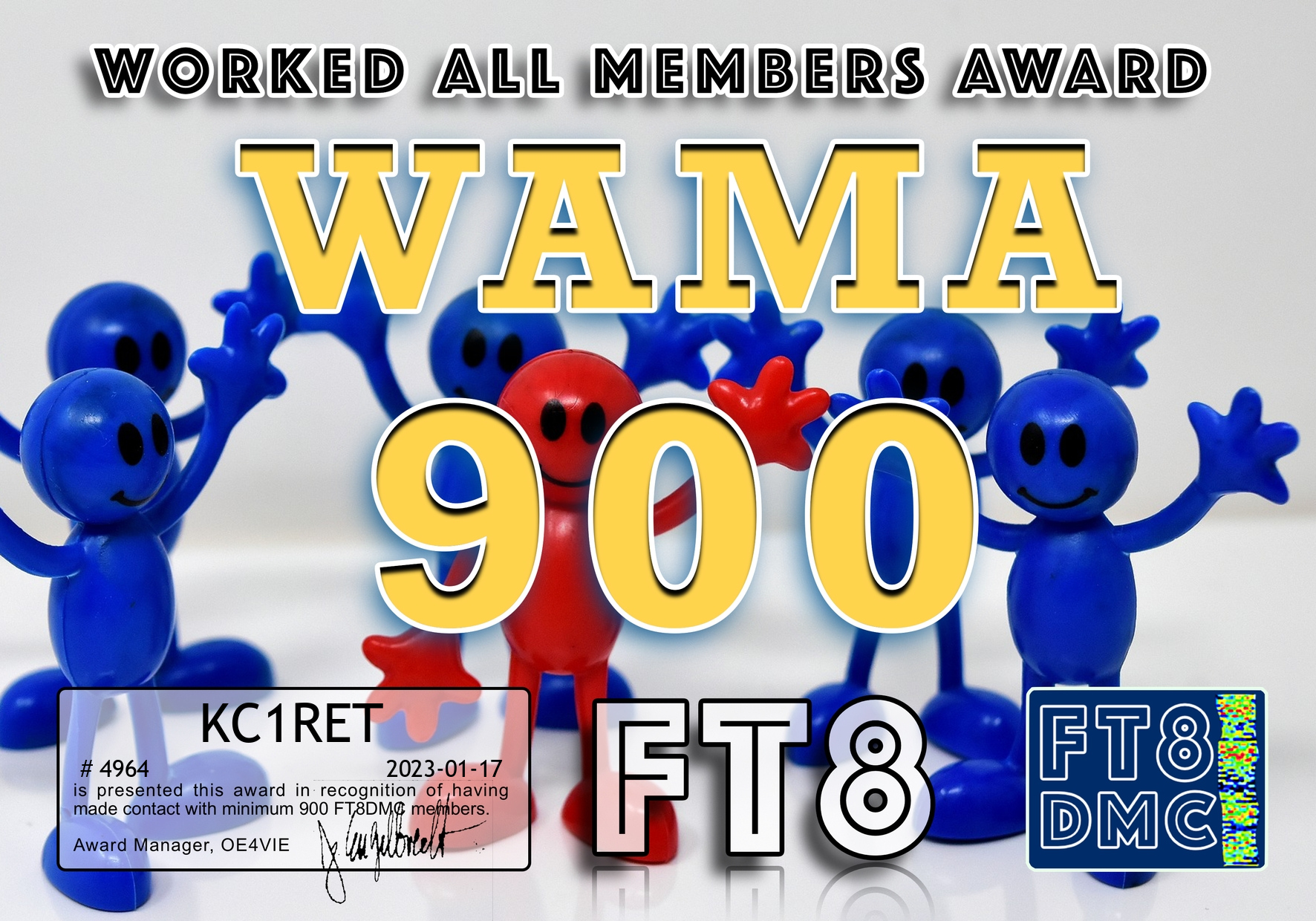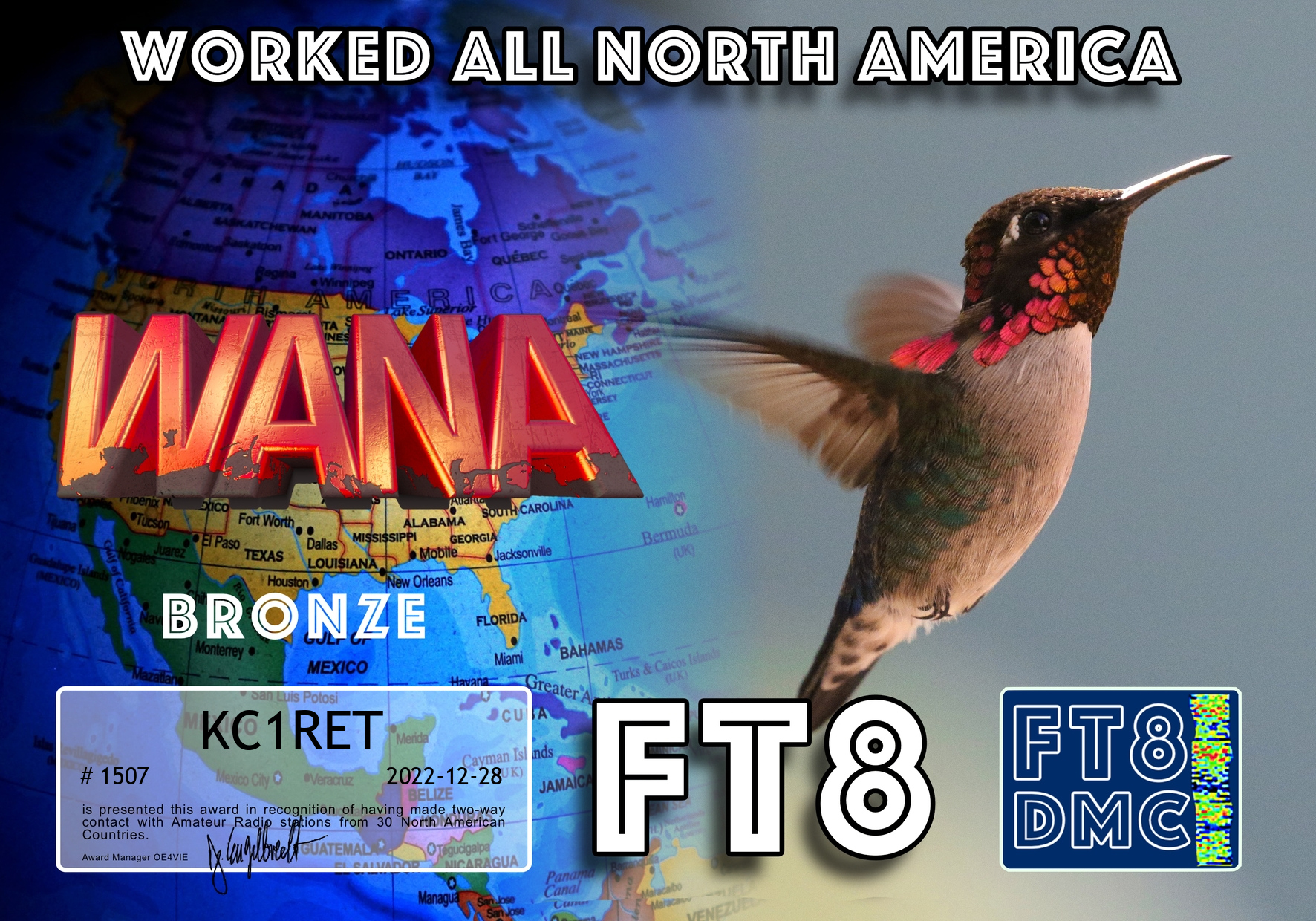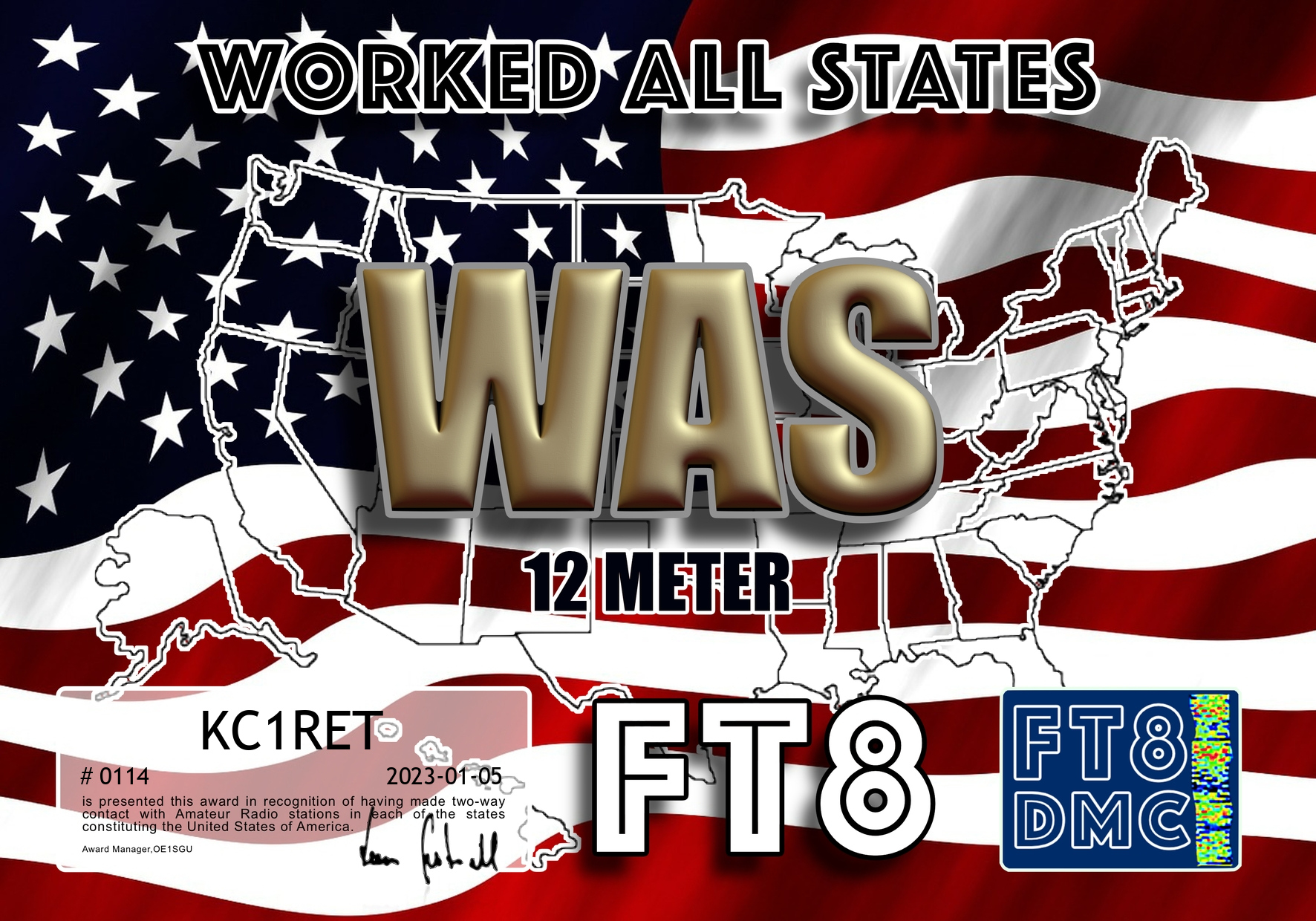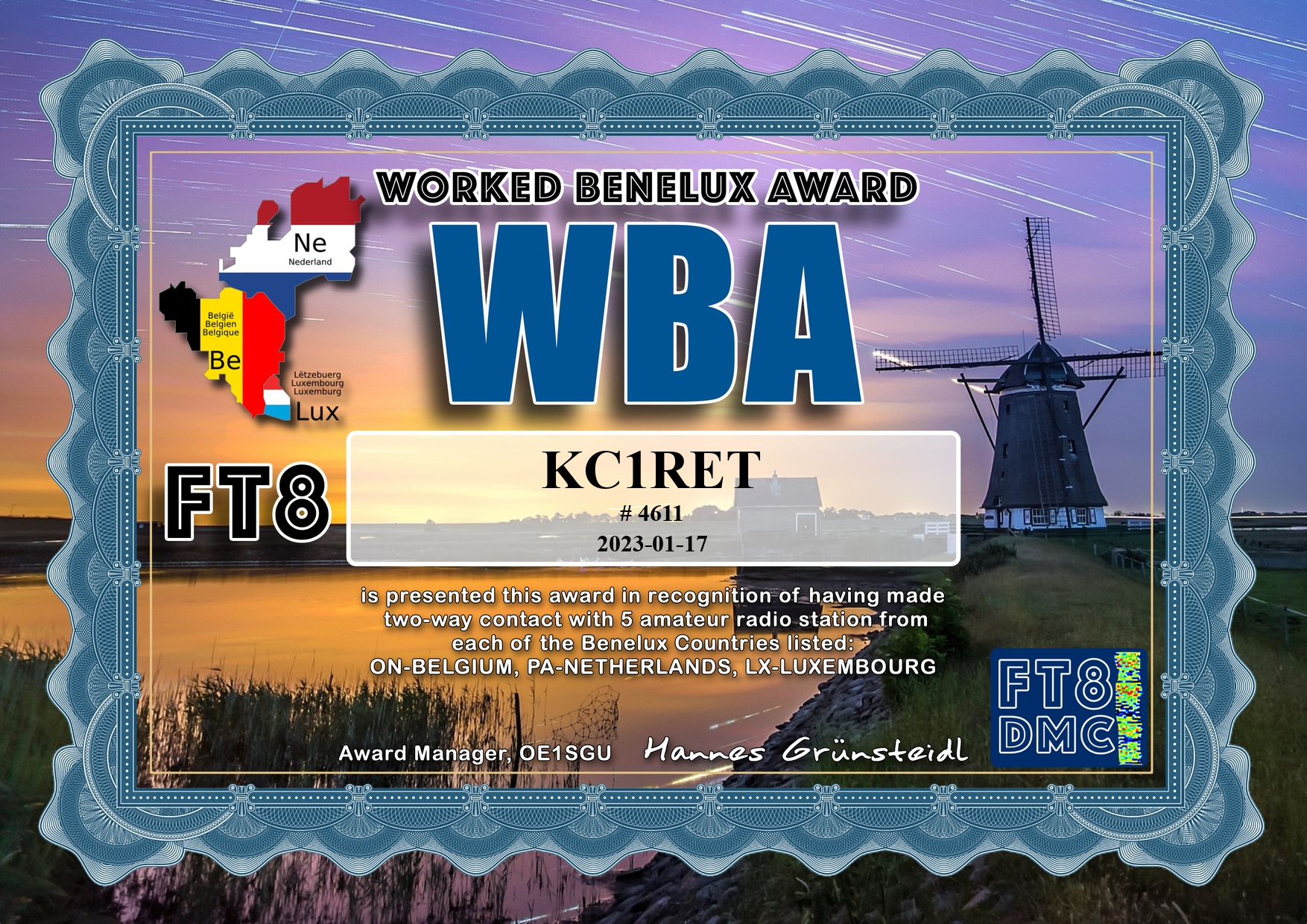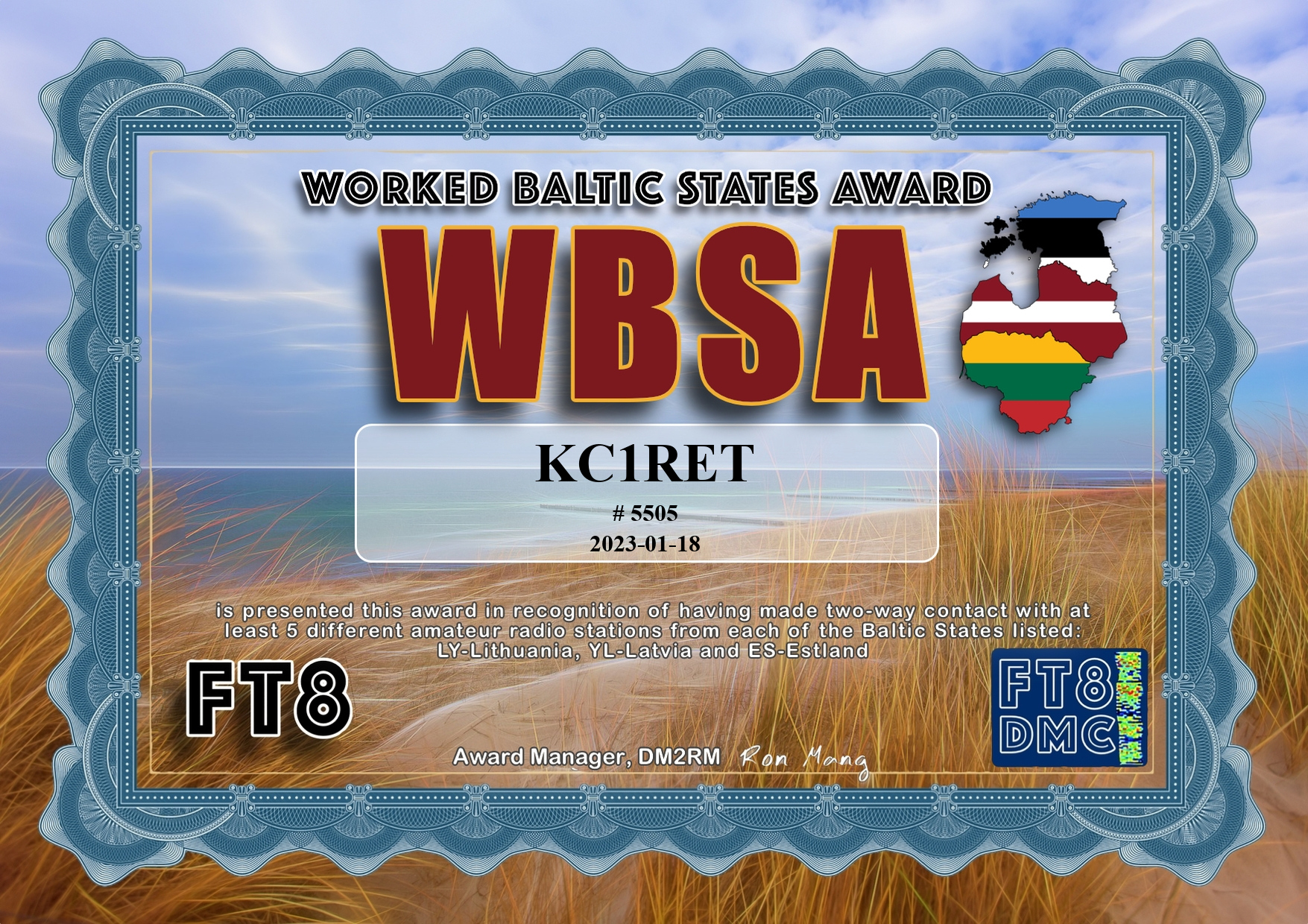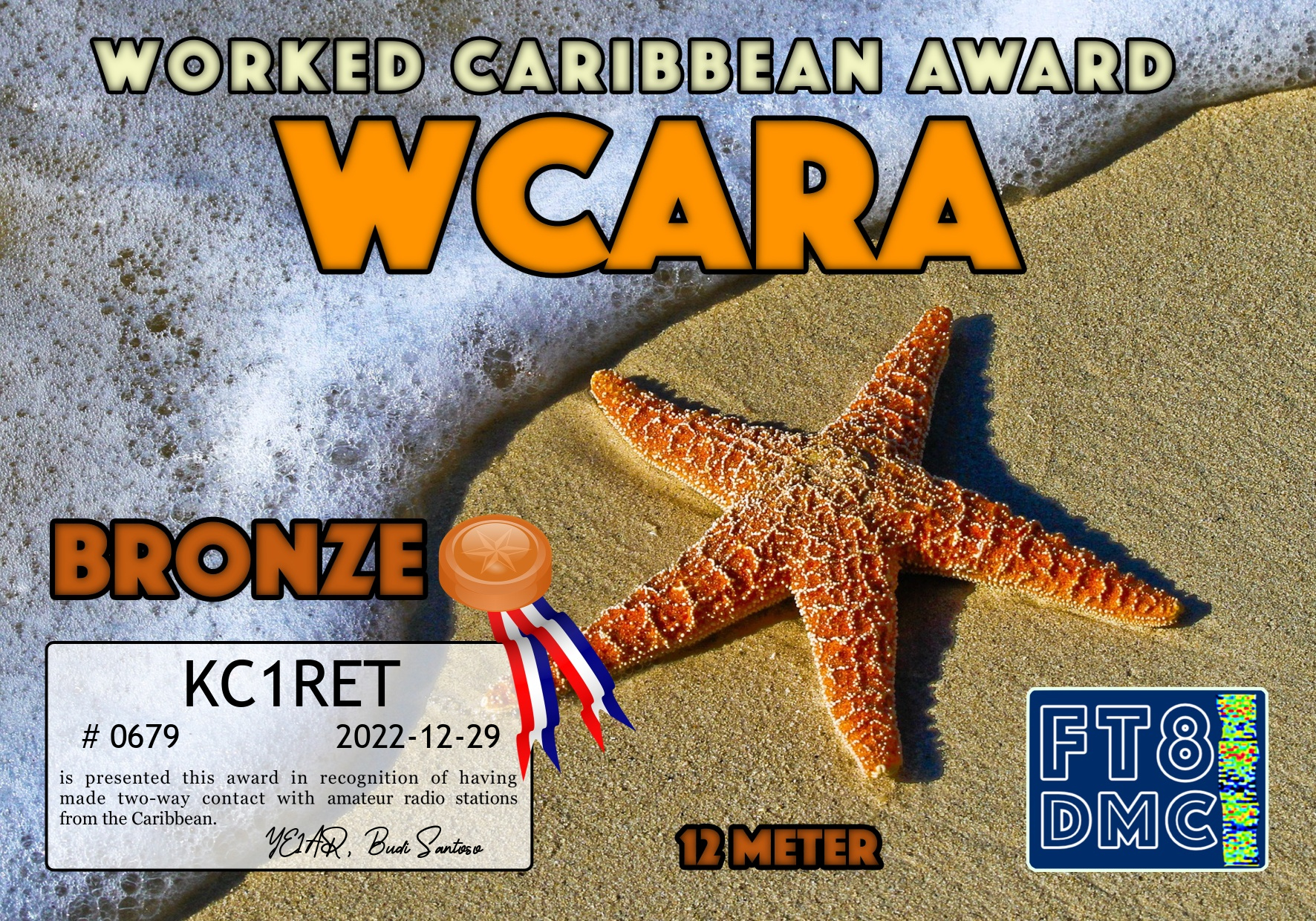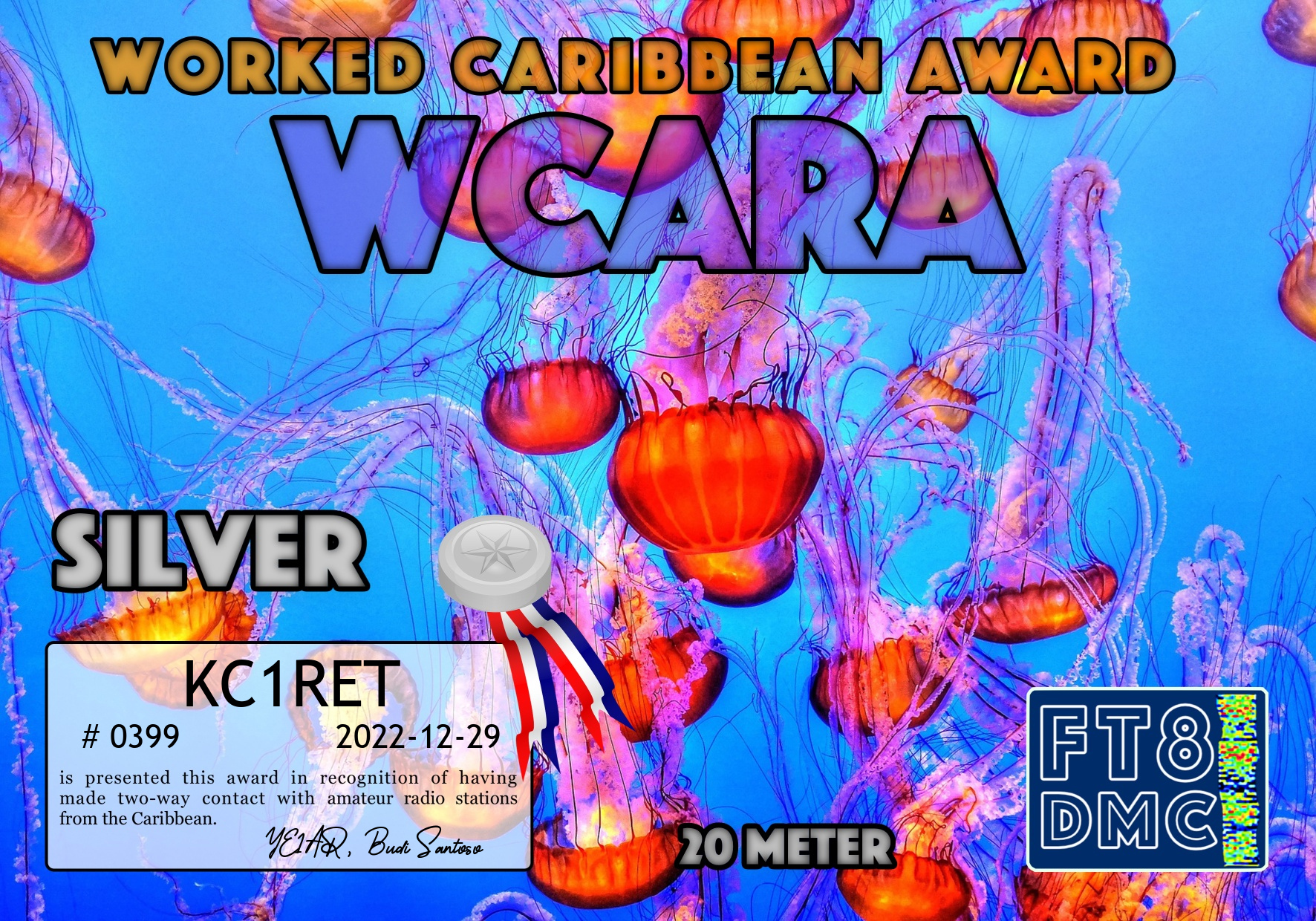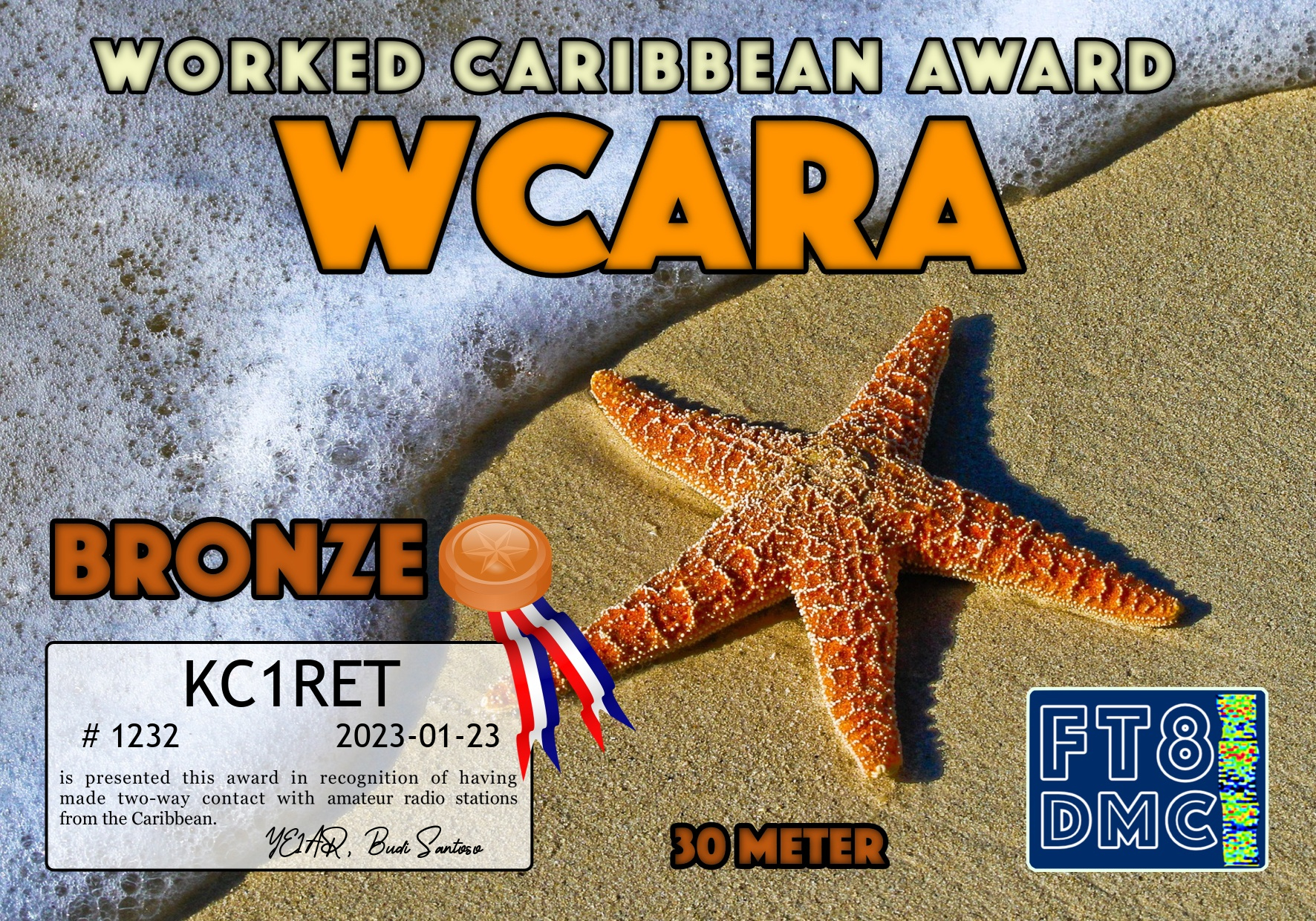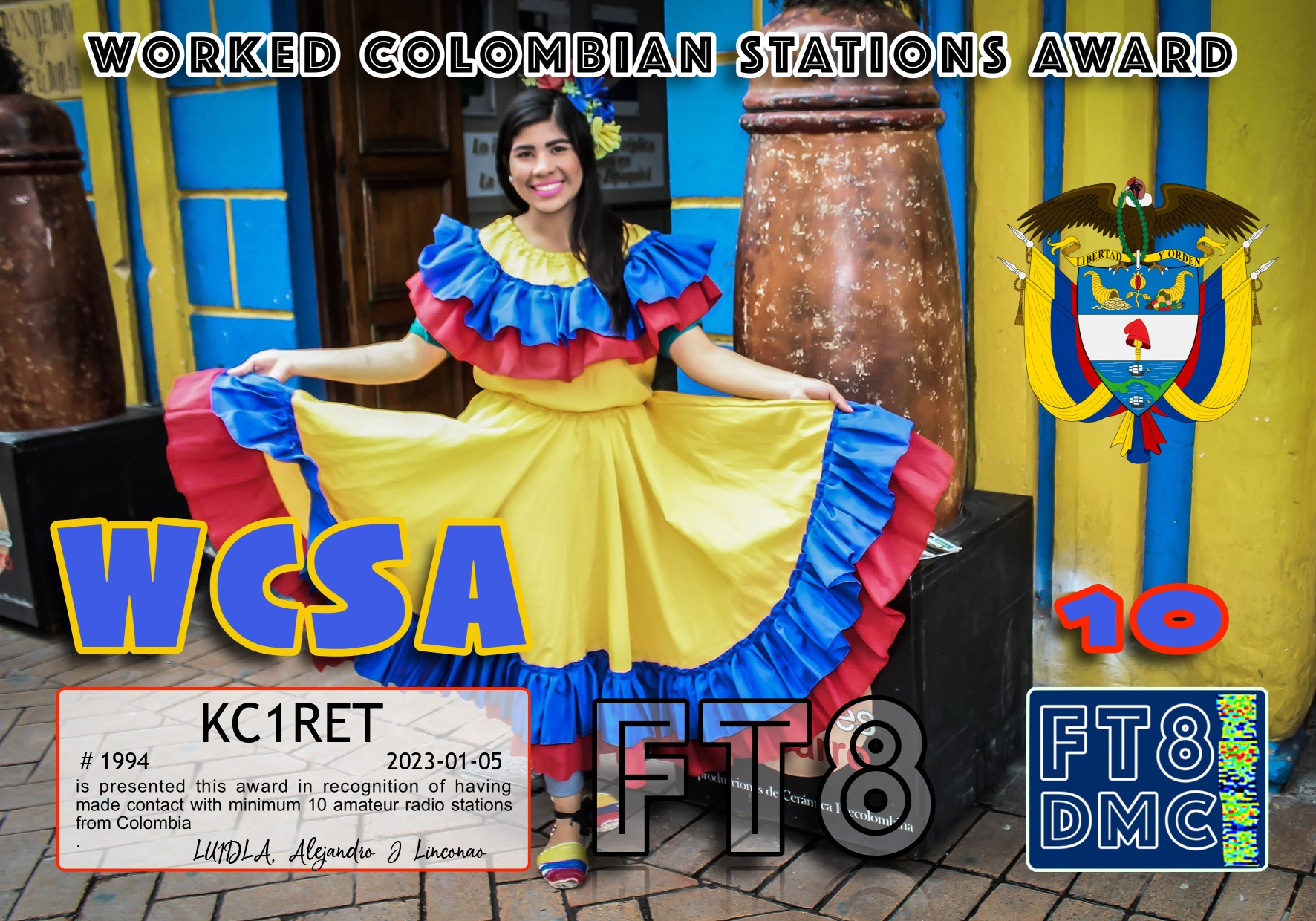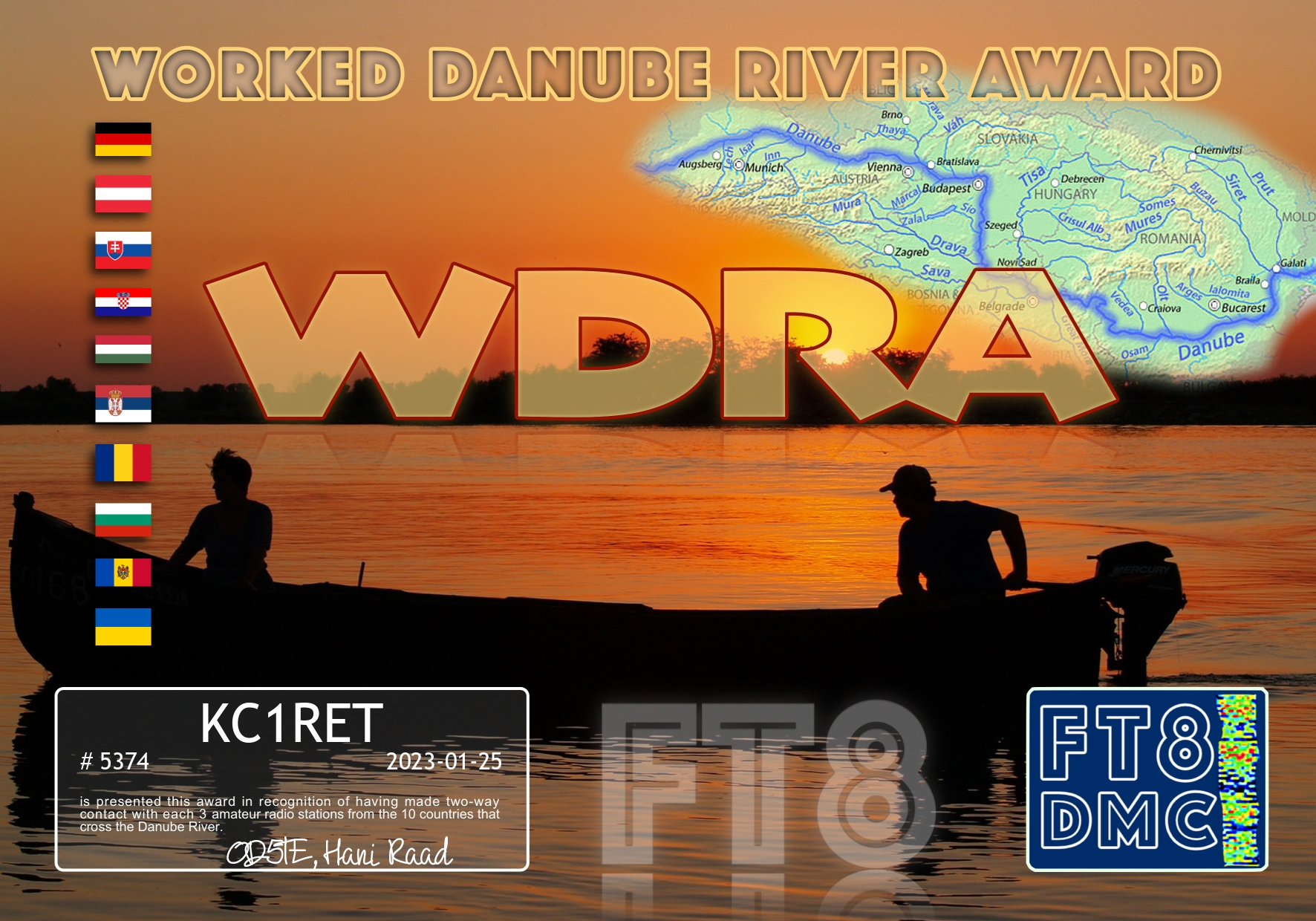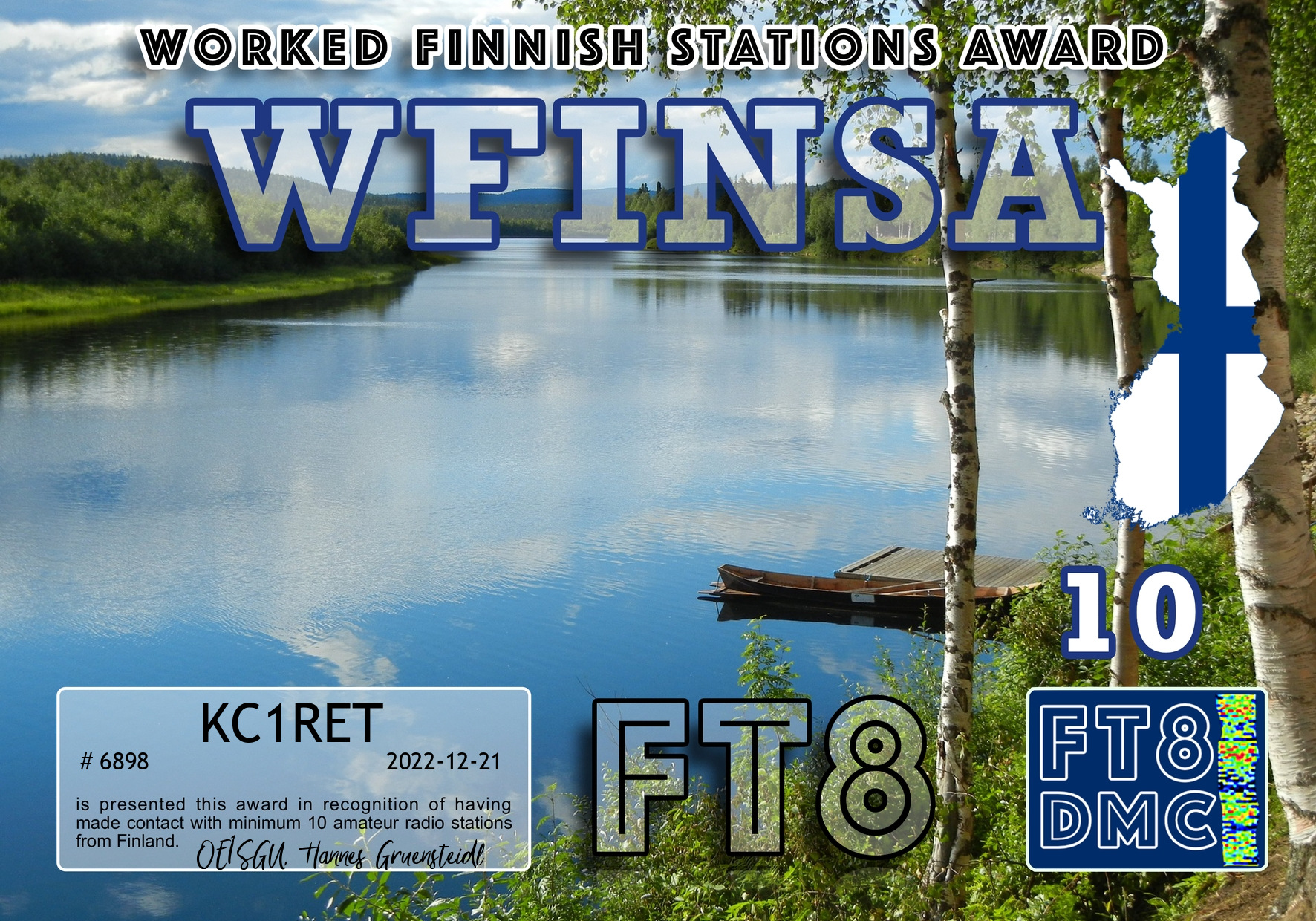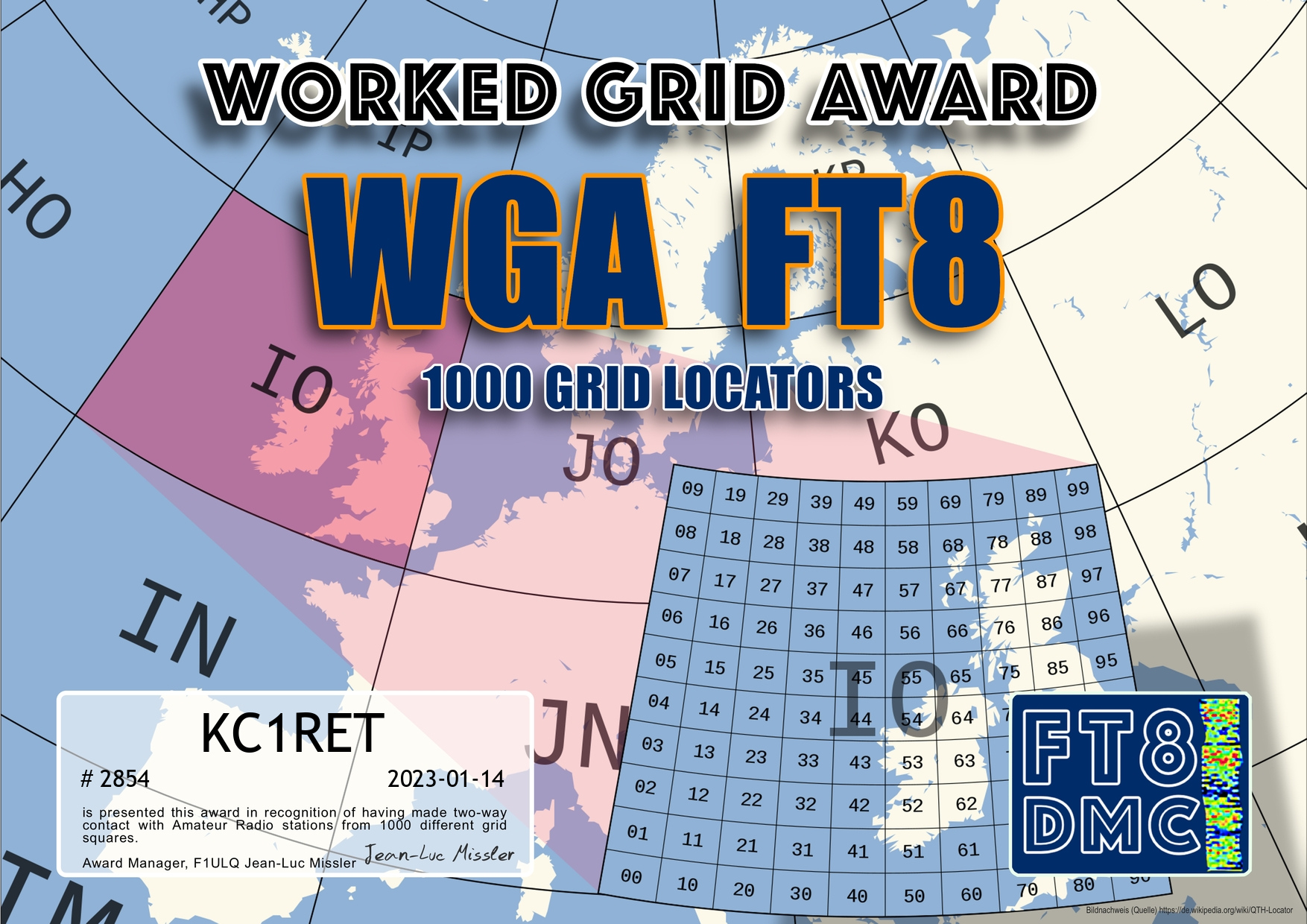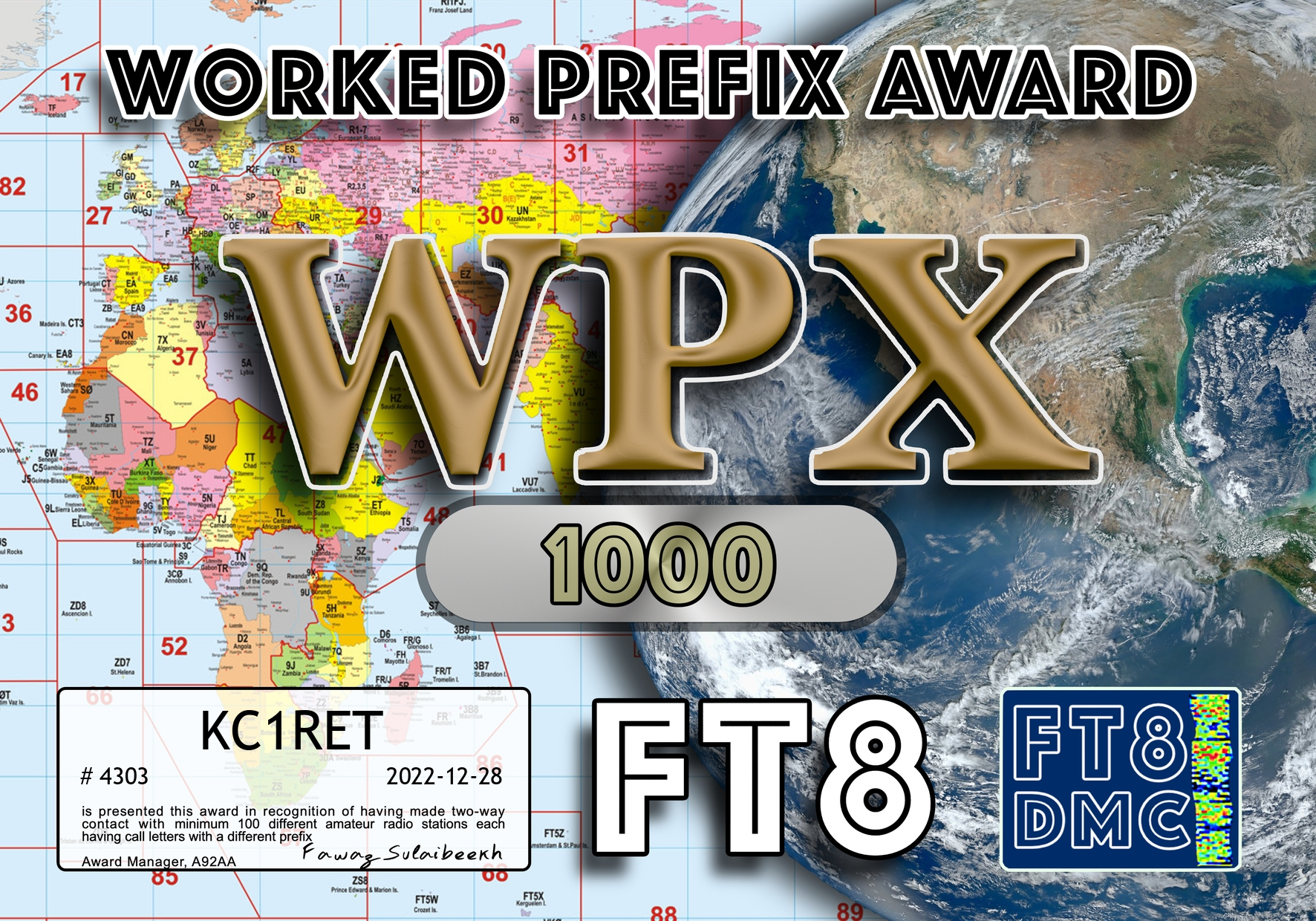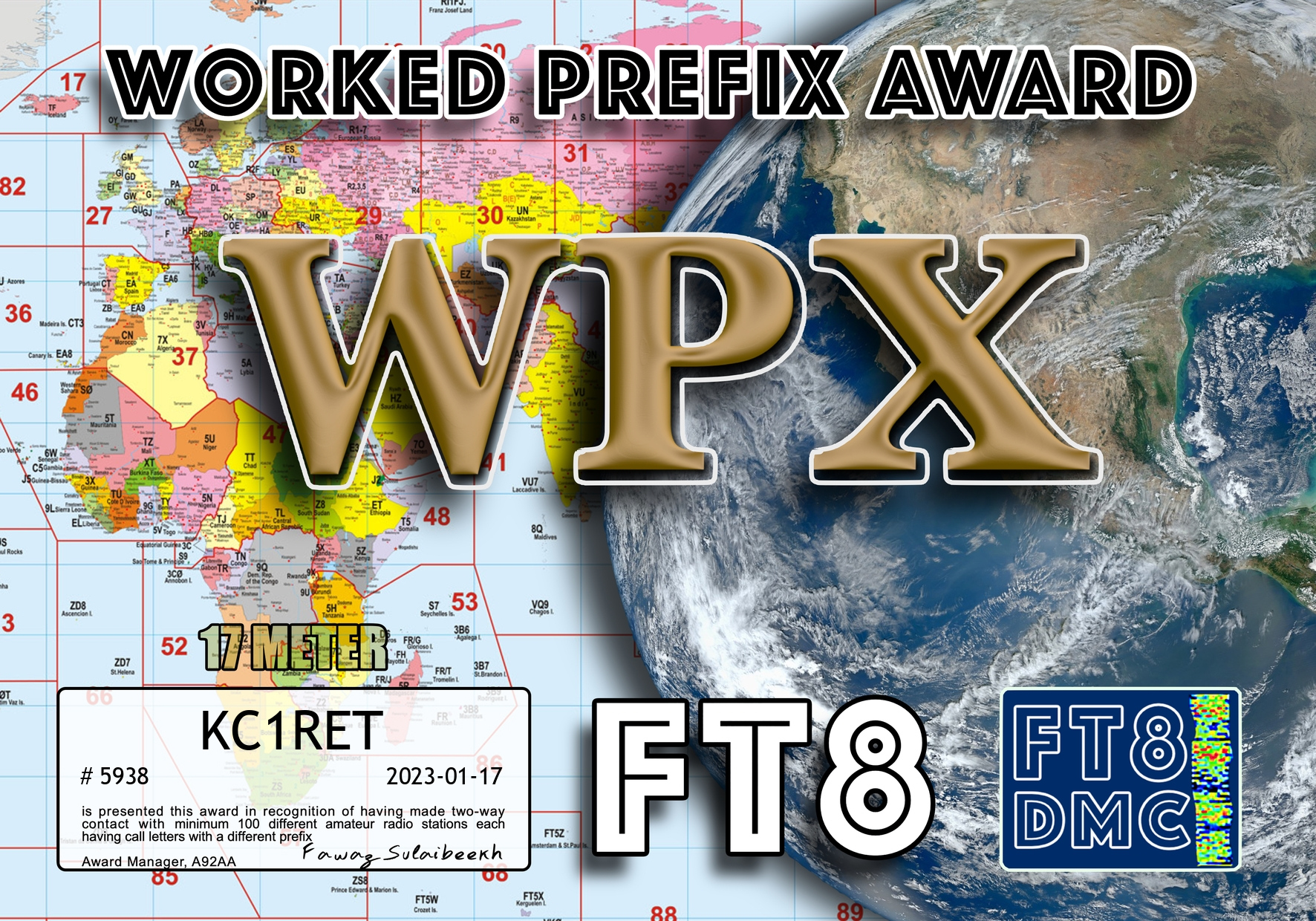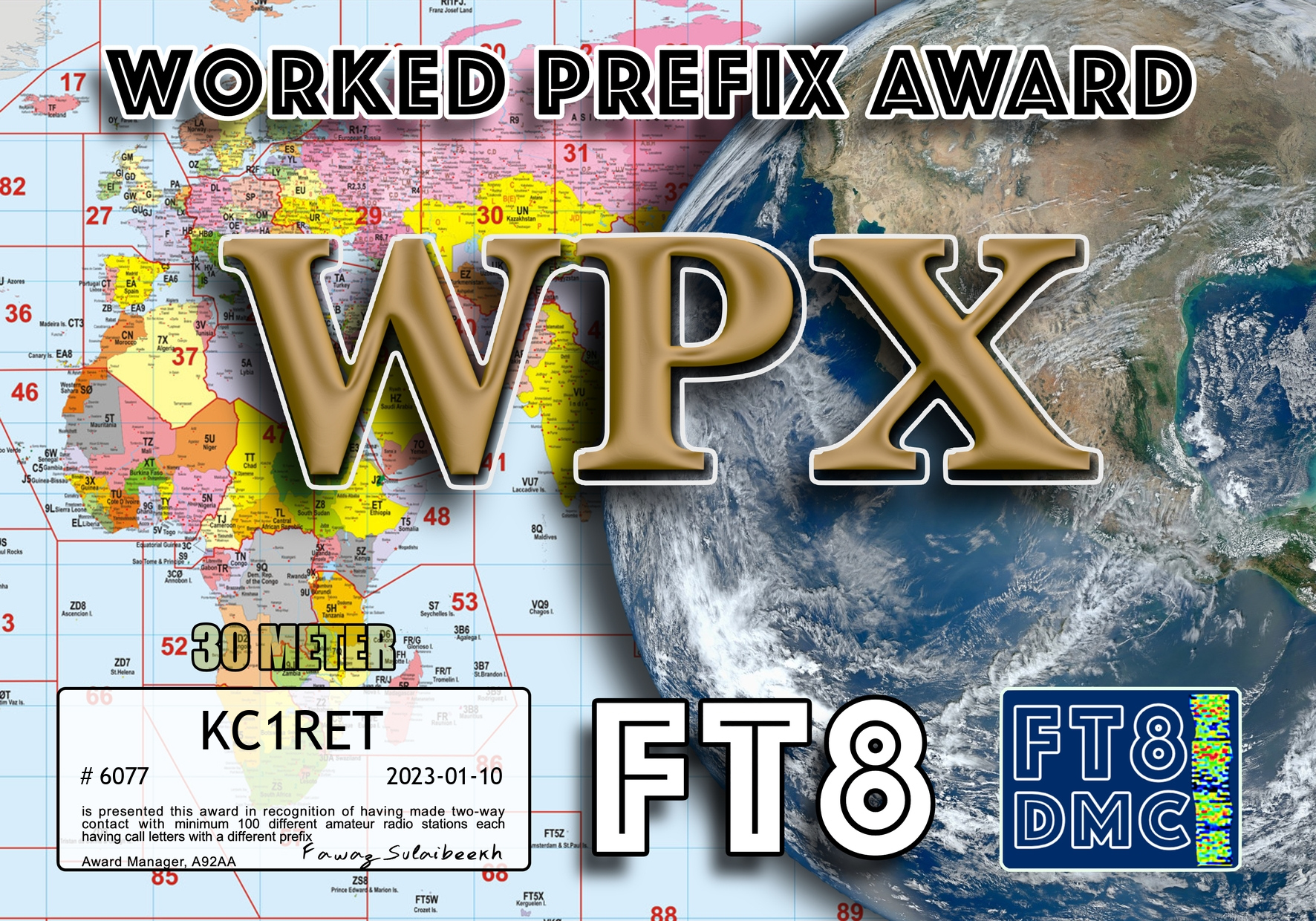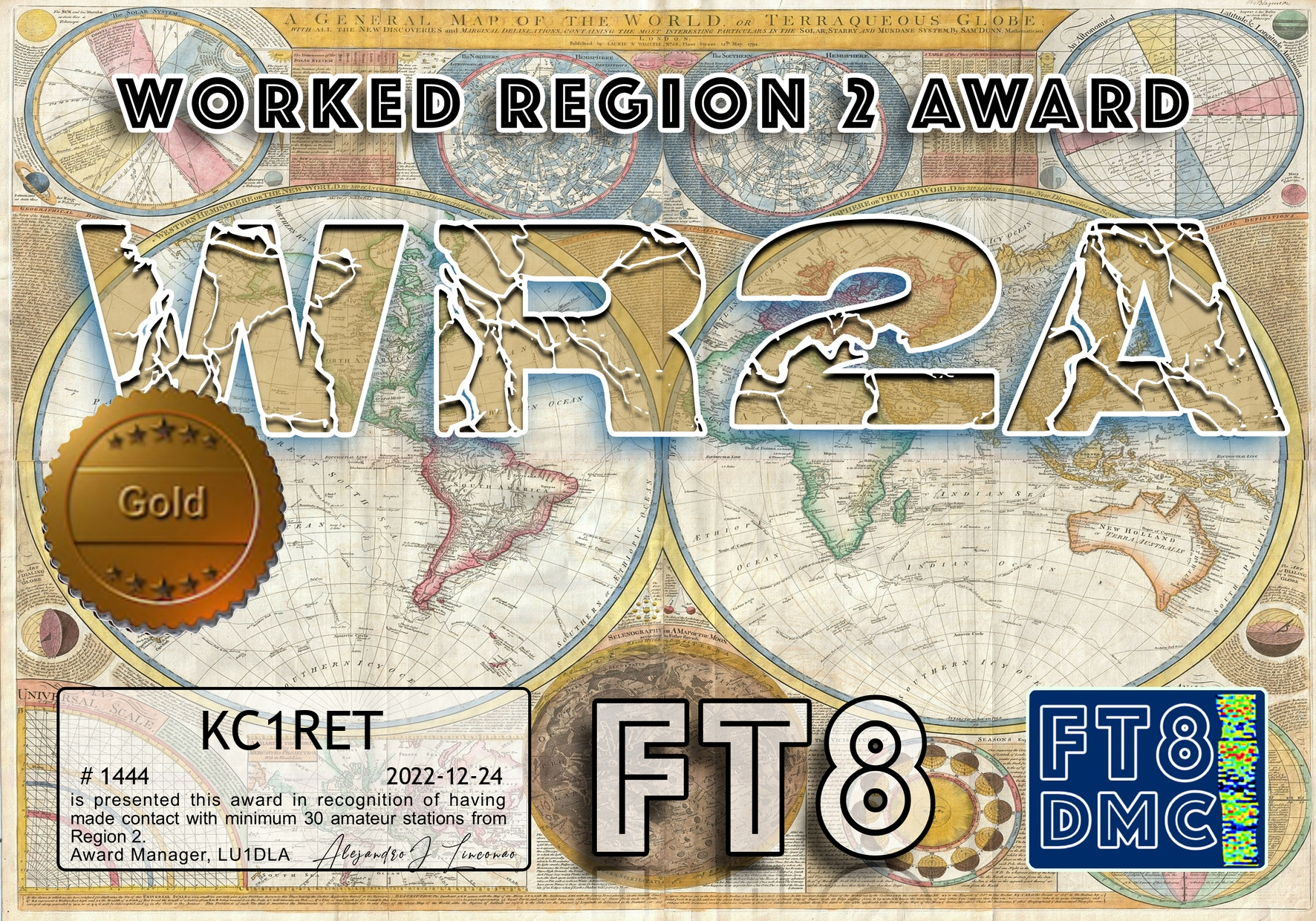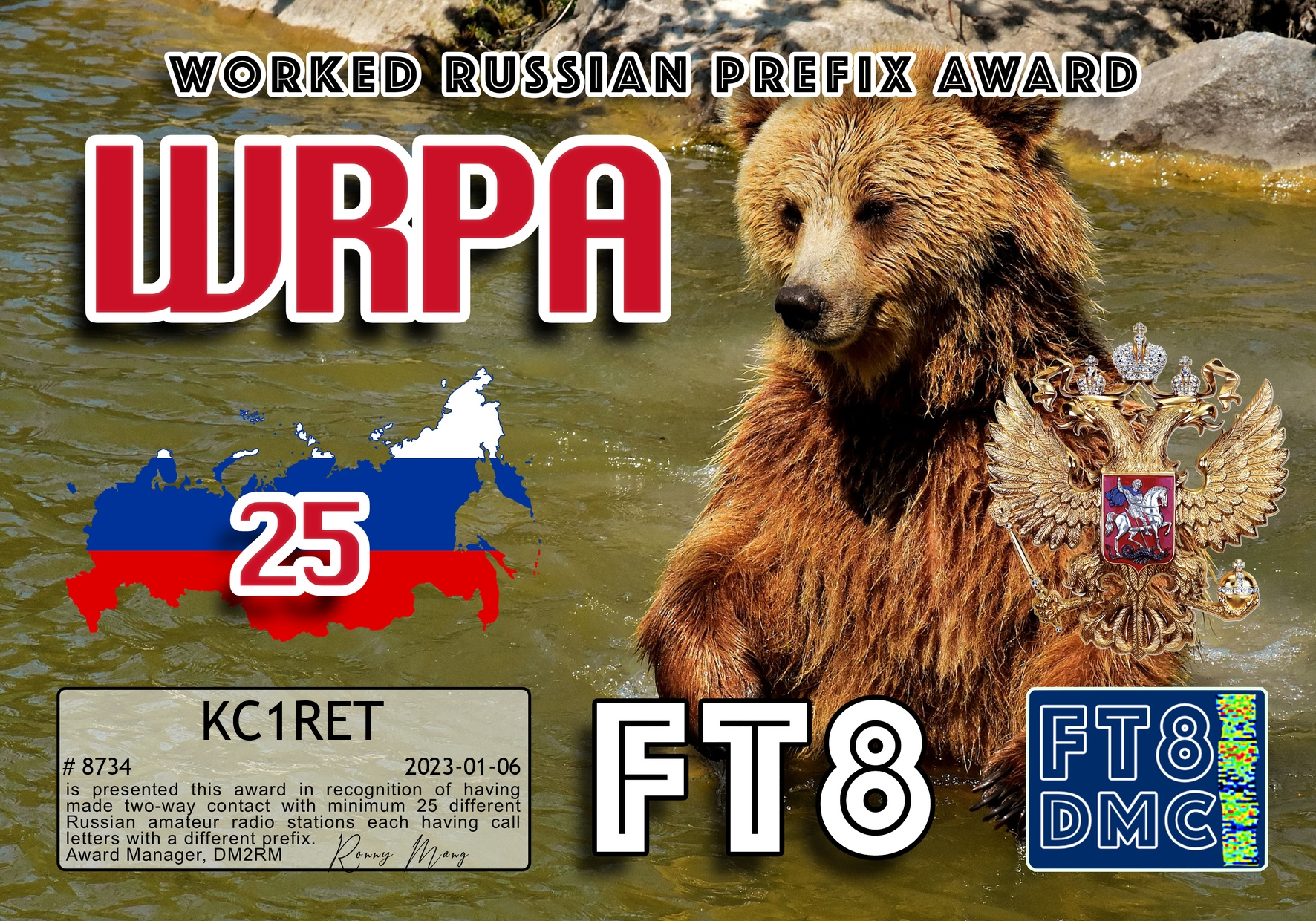Equipment
Kenwood TS-2000 with homebrew audio interface for digital modes
Icom IC-756ProIII with SignalLink USB
Hermes Lite-2 & SDRPlay RSP1 SDR radios
Antennas
Homebrew inverted V dipole for 30m hanging from a tree at about 5m
Homebrew fan dipole for 10,12,15 & 17m also in a tree at about 5m
Homebrew EFHW for 20 & 40m at about 4m
11 element Yagi on 2m rescued from a scrap heap
32 element Yagi on 70cm
4 element 'Frakenbeam' Yagi on 6m built from parts donated by several areas hams.
Operating Habits
I operate almost exclusively using digital modes (FT4/FT8). I do throw in a bit of phone and 2m SSB for flavor on occasion.I never learned morse so if you hear someone on CW claiming to me be me, it isn't.
I've also discovered a real liking of contesting. I'll be competing in most every digital mode contest as well as the VHF events.
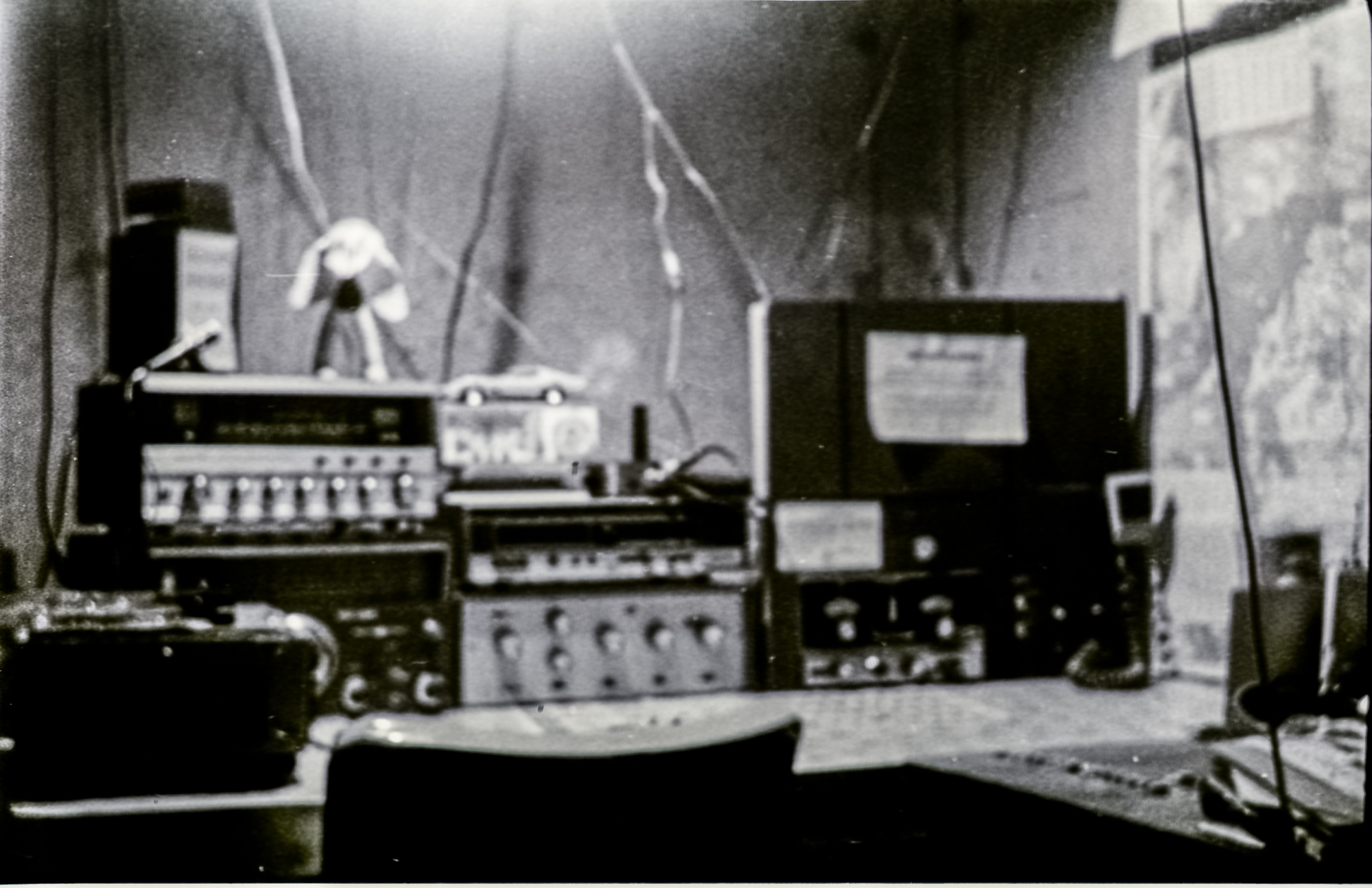
It all started back on the farm...
I have fond, vivid memories of building a crystal radio with my dad when I was a young lad living on a farm in rural Michigan. Dad had been an airborne radio operator in the air force during the Korean ‘Conflict’ where he learned the basics of radio technology. We built this kit from a handful of parts, strung a wire out the window to one of the few trees in our yard and the magic happened! I would sit on my bed for hours, earphone jammed into my ear, listening to stations in Detroit, Chicago, Nashville and if the weather was just right, New York City. I was forever hooked.
In my teens I bought a Radio Shack DX-160 shortwave receiver (photo on right) with money I earned cutting the neighbor's grass. With it I was able to pull in stations from all over the world! I was listening to Radio Netherlands, the BBC, Radio Cuba, HCBJ in Ecuador, Radio Australia as well as amateur radio operators.
When I was about 15, I took the tests to become a ham. I passed the written exam but failed the Morse code test. This was about the time that the CB radio craze kicked in and my attention was turned towards it instead as it did not require a license. When in high school (aged 16-18) I discovered that the father of a close friend of mine was a ham - K8CJQ (sk)! I spent many an hour in his shack and even a few Field Days hanging antennas and keeping the log. A neighbor, also a ham, K8OHC (sk), lent me a real boat anchor of a military surplus receiver. ( After a bit of research I discovered a local club has taken the K8CJQ call [kilo eight call johnny quickly] in his honor and developed a website to describe their efforts -- https://k8cjq.org )
Eventually, that faded as Life filled my time. A few decades have gone whizzing past and I’ve found my interest in radio returning. The requirements to become a ham have changed as well, the Morse code requirement has been dropped. I did a bit of brushing up on my radio & FCC regs. knowledge, took a few practice tests, and the headed up to a local hamfest in May of 2022 to take the test. A few days later my call was issued! A "bucket list" item completed!Another "bucket list" item was crossed off when I passed the Amateur Extra class license exam in March of 2023. Frankly, I found it easier than I believe it should have been.
Notes on FT8/FT4 operation
Bear in mind that I'm a relatively noob; licensed in May 2022, but I do have serveral thousand FT4/FT8 contacts so I have picked up a few things. YMMV
- Always check the waterfall, both intervals, before hitting 'Enable TX'. Make sure you are on a clear segment (frequency slot) so you are not crushing someone else's DX. This also greatly improves the likelihood that everyone else can hear you!
- Always operate split - do not TX on the segment the station you are calling is using. The best way to acomplish this is to activate 'Hold TX Freq' option within WSJT-X.
- Pause your TX if the remote station is obviously working someone else. You can restart once you see the RR73/RRR/73 msg. from your desired station. This reduces the 'noise' on the band, the clutter on the receiving station's screen, and is just good DX etiquette. ( see DX Code of Conduct )
- I will log a QSO as soon as we have exchanged signal reports. I do not require a 73/RR73 in order for me to consider a QSO complete.
- I will respond to a calling station 3 times.. If there are no other callers I will try a few more times before returning to calling CQ. If there is a contest or there are many callers (Stop laughing! It does happen!) I reduce to only 2 tries but this is exceedingly rare.
- If the remote station is experiencing a pile-up, and/or is exceptionally weak you may want to consider skipping the first msg. in the sequence (dxcall yourcall GRID) and starting off with the signal report (dxcall yourcall R+nn). This reduces the number of exchanges required for a complete QSO. Of course, this assumes you are operating from your home QTH and your grid info. is listed on QRZ, etc. where the remote station can look it up if desired. Further, this does prevent the remote station from easily knowing where to point their beam back at you, so choose carefully.
This DOES NOT apply on VHF (50Mhz and above) - ALWAYS send your grid in the first sequence (TX1). - If the station you are trying to work has a relatively high dB rating ( >0 ) but is not responding to you consider changing your TX segment. Just because it is quiet/open on your end does not mean it is quiet for the recieving station.
- Let's say you're calling CQ, and you get a reply from a station with a good dB number, but then they just seem to be unable to hear you (not proceeding in the msg. sequence). Check the waterfall as they may have moved to your TX segment (your receive and tx bands are equal) and can no longer hear you. When this happens I'll move my TX away to a new clear segment and continue the sequence. This is also true if you are responding to another station's CQ (see #2 above)
Awards
- Top Awards
- All
- POTA
- FT8DMC
- Contests
- Special Events
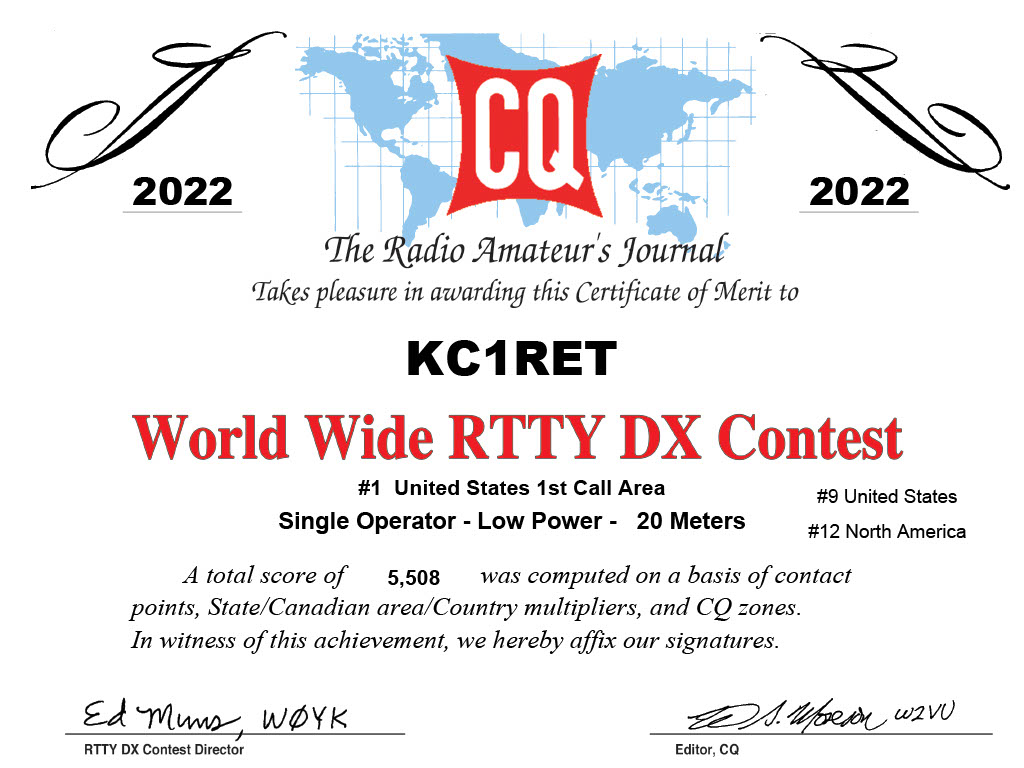
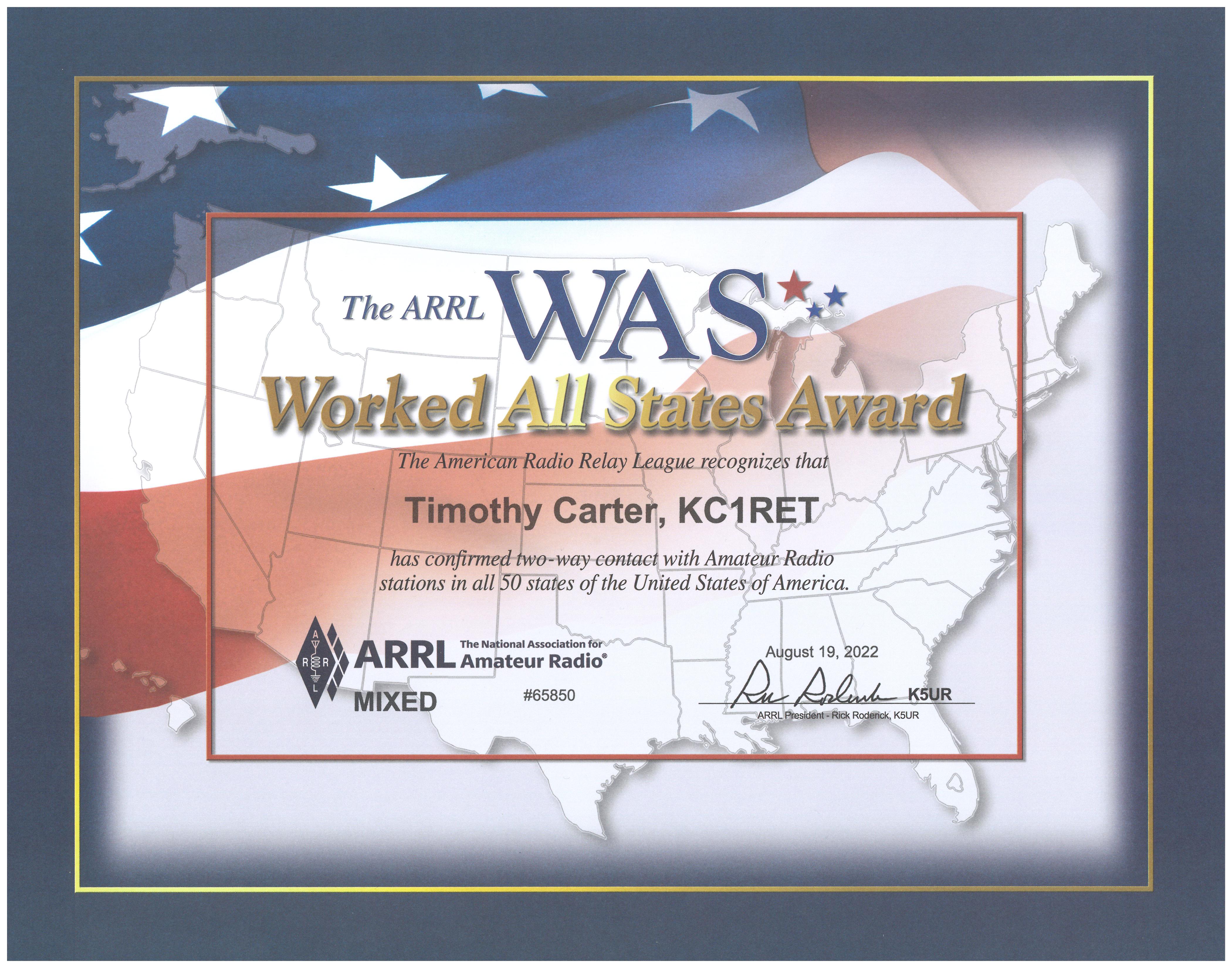

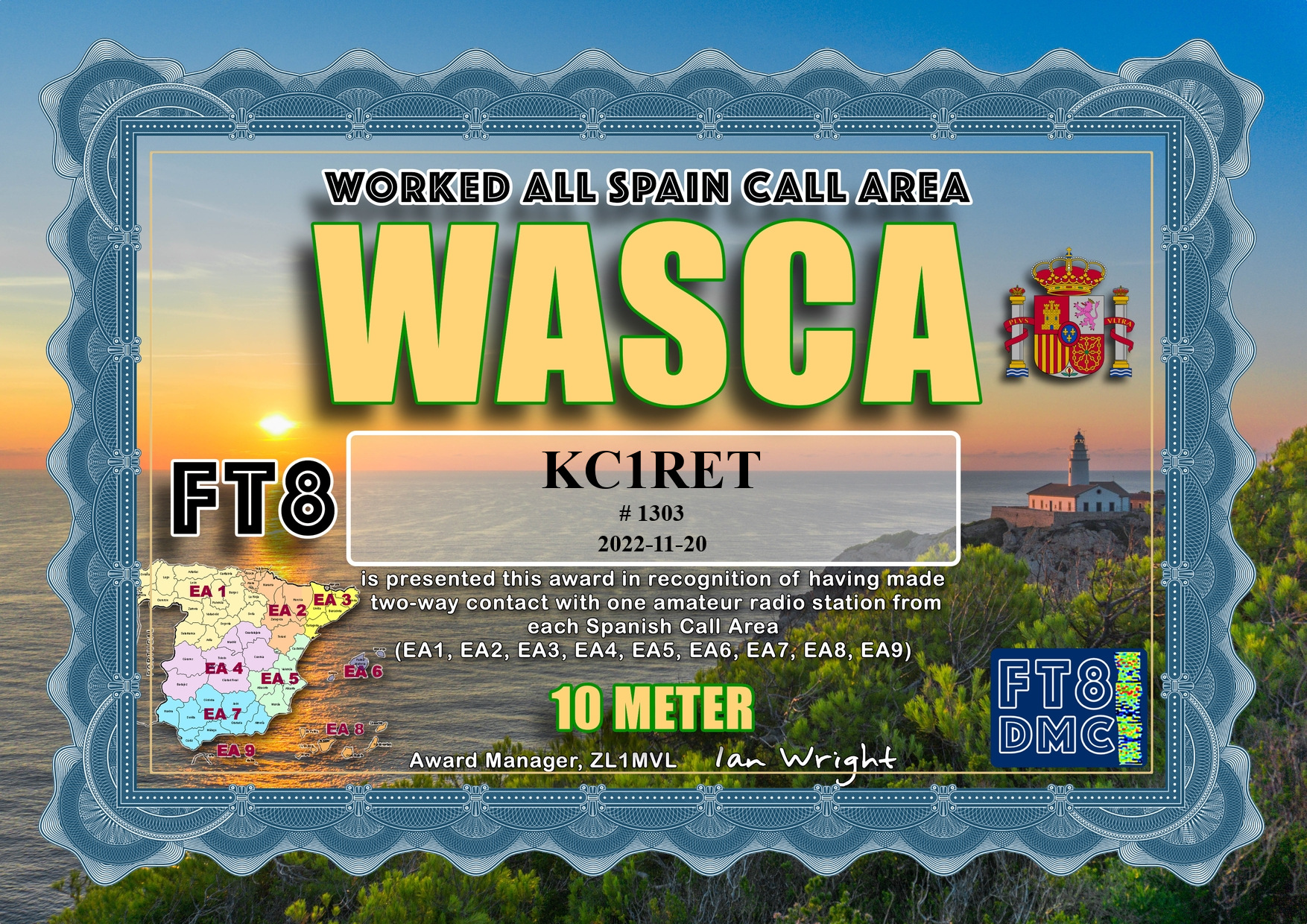
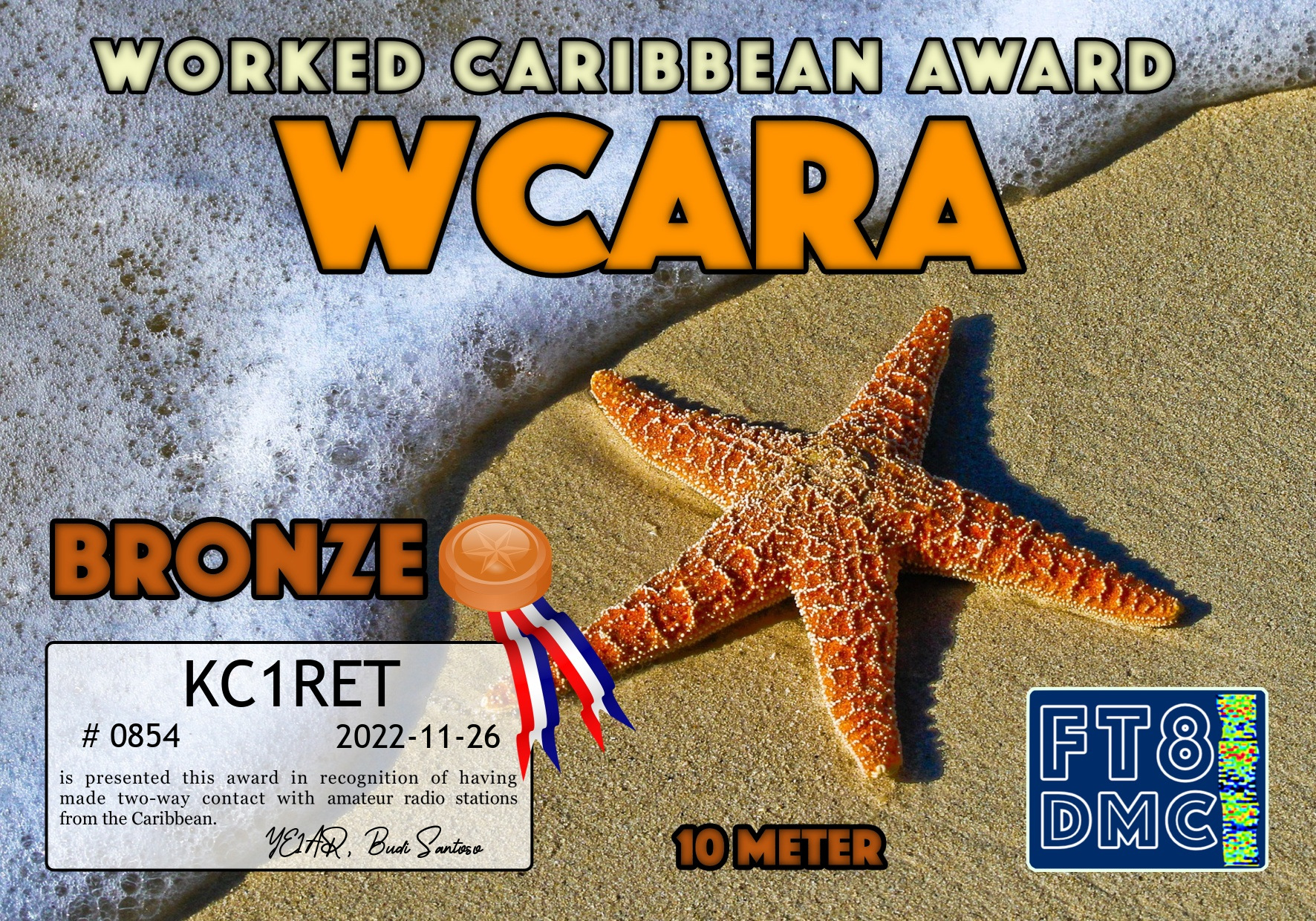
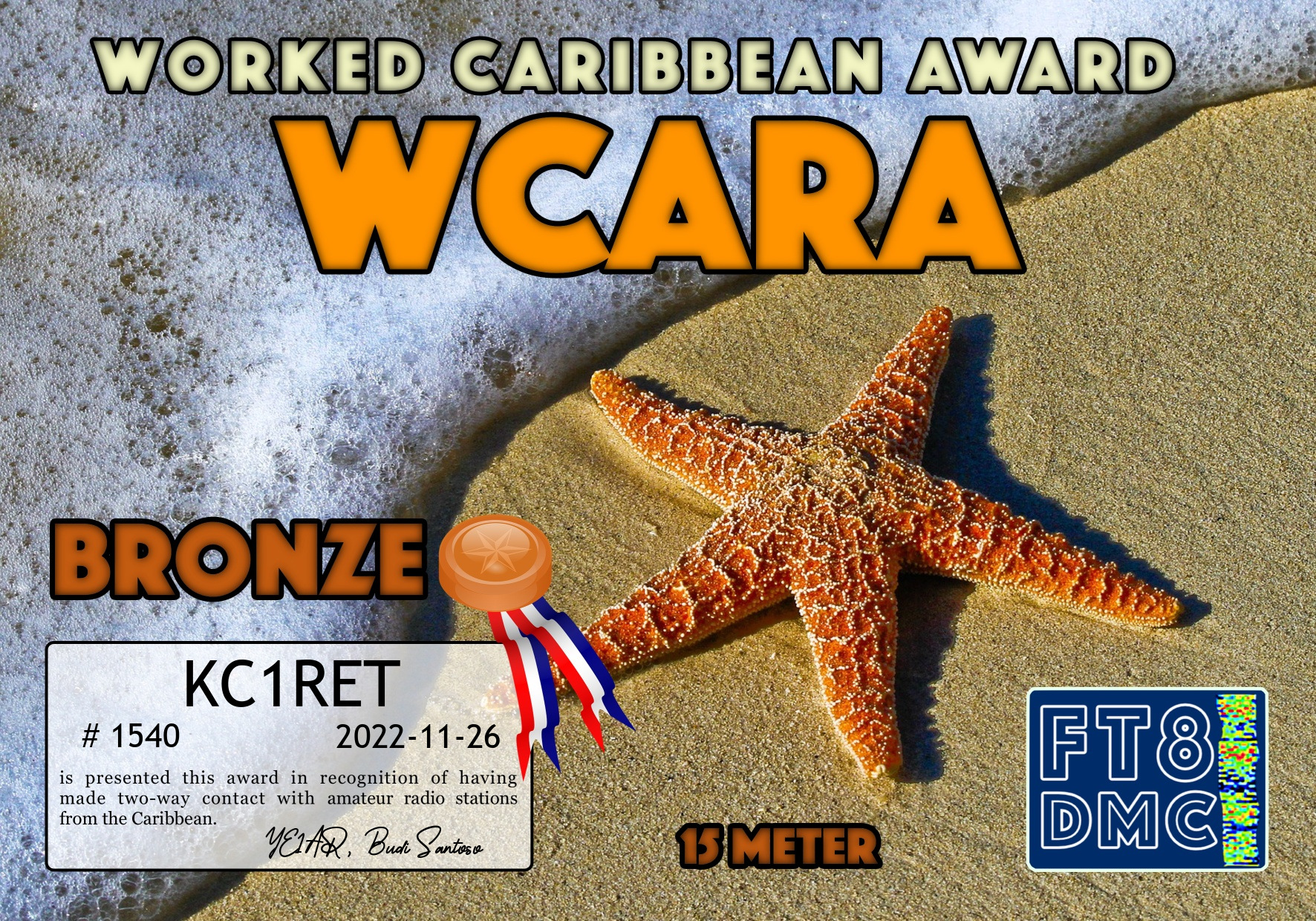
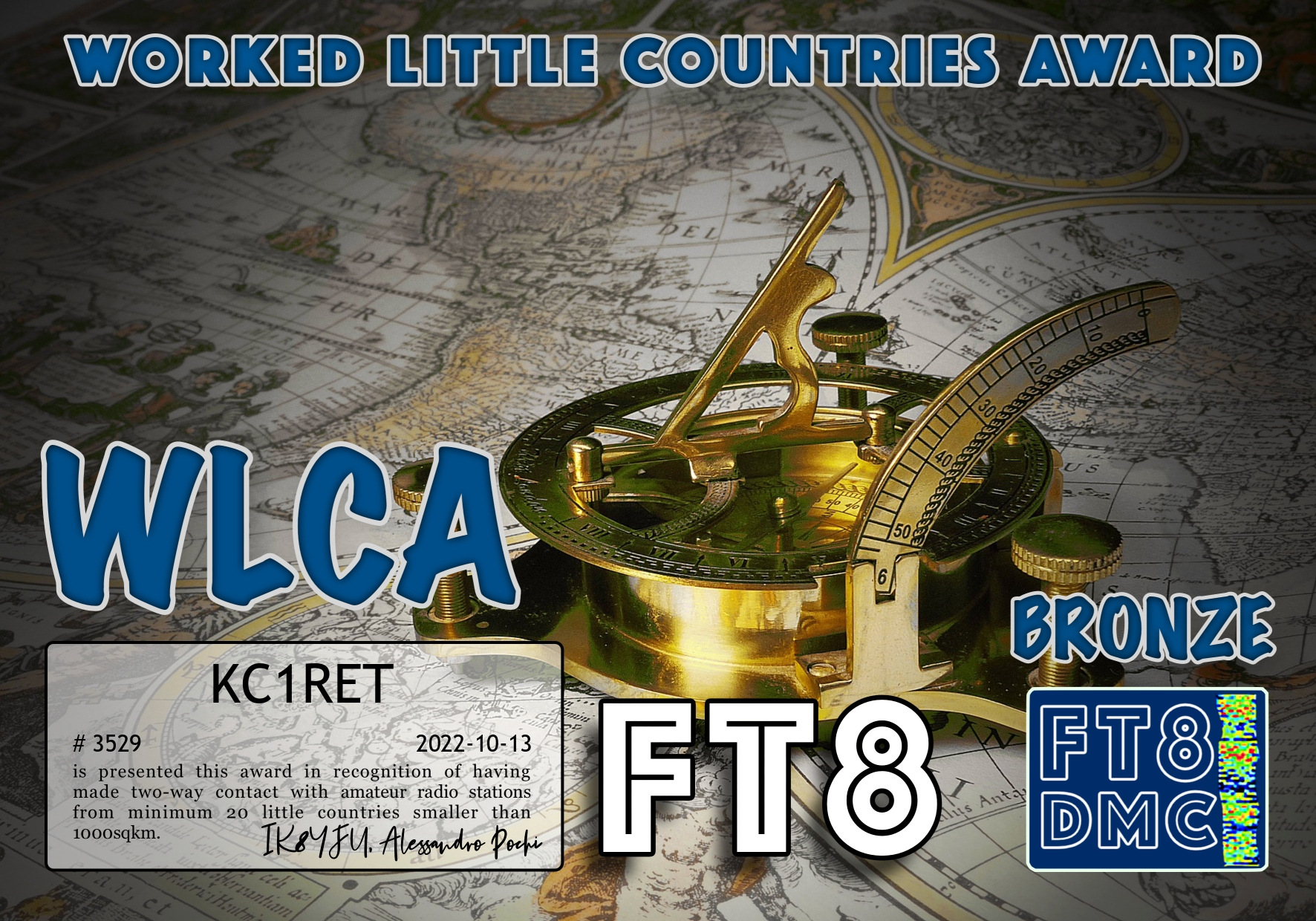
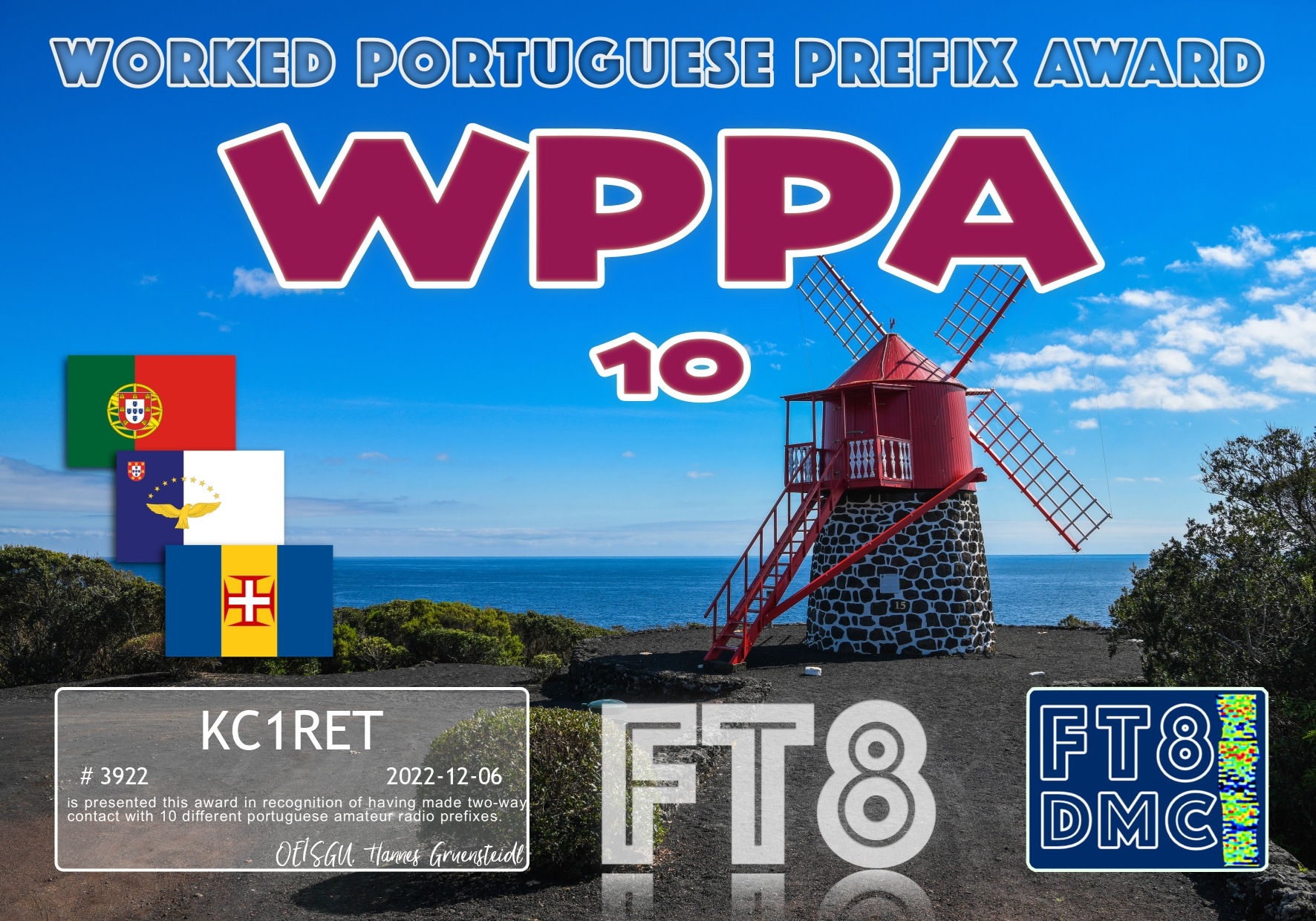

Contact
Location:
| City: | Andover, Massachusetts USA |
| County: | Essex |
| Grid: | FN42jp |
| ITU Zone: | 8 |
| CQ Zone: | 5 |
Email:
[email protected]would you believe that kc1ret@gmail was already taken!
QSL:
I upload to LoTW, QRZ and eQSL daily-ish. I will respond to direct and bureau cards but I prefer electronic QSLs, thanks.
QRZ.COM: My QRZ profile
eQsl.cc: My eQsl profile
